130 Fascinating Pics From The “Archeology And Art” Instagram Page
The lessons of the past aren’t just written in history books and brittle, yellowing scrolls—they’re also worked into the art and architecture we appreciate, whether it’s in our beloved museums, protected sites in the Great Outdoors, or splendidly photographed and posted on our favorite social network.
It’s vital to know the past of your country and humanity as a whole because it helps grow your appreciation for just how civilization has changed over the millennia and who we as a society are in that historic context. This very same link to the past also provides a ton of insights into how aesthetics, and our understanding of it, evolved.
The ‘Archeology and Art’ Instagram page provides the opportunity to take a closer look at some of the most impressive historical locations, works of art, jewelry, and artifacts that archeologists have uncovered. Scroll down to start your deep dive into history and all of its beauty, Pandas. Remember to upvote your fave photos, and be sure to let us know which ones impressed you the most.
Do we have any archeologists in the house today? We’d love to hear more about your job and your amazing finds, so drop by the comment section.
#1 A 4852 Year Old Located Ancient Mountain Aras Cypress At Tandooreh National Park, Iran
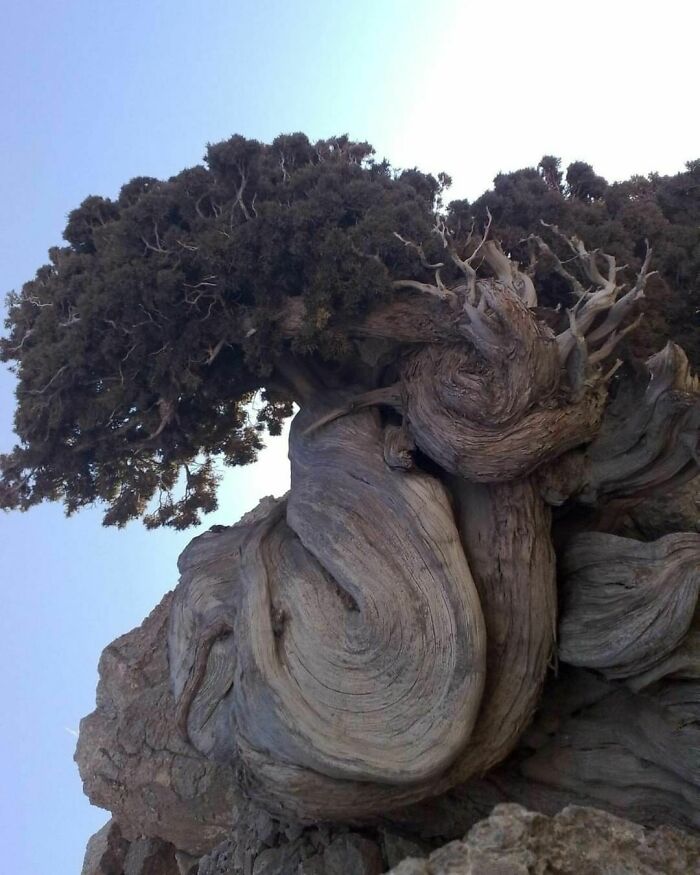
Image credits: archeology_and_art
#2 A Roman Amphora Filled With Gold Coins Discovered In Como, Italy
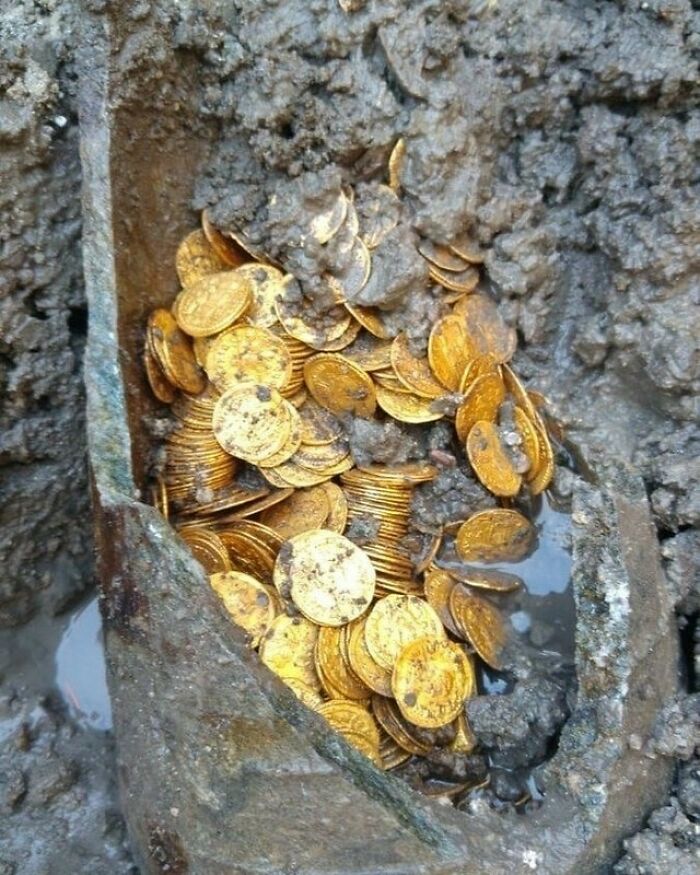
Image credits: archeology_and_art
#3 Stairway To Heaven, The Ancient Inca Road That Leads To Machu Picchu, In Peru
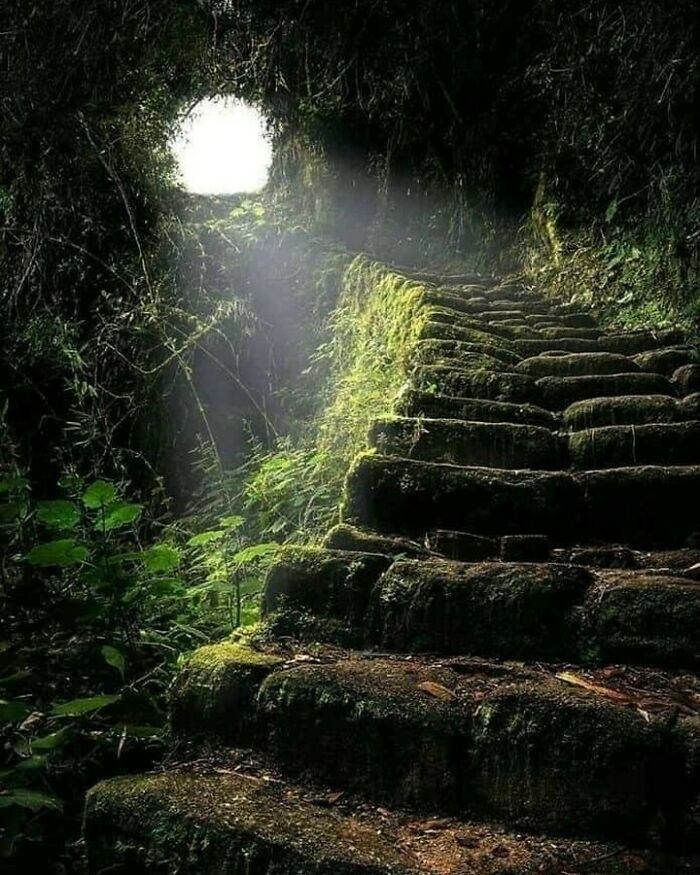
Image credits: archeology_and_art
The ‘Archeology and Art’ social media project currently has 65.2k loyal fans who can’t wait to unearth the freshest historical finds. The Instagram page gives a pretty good overview of just how varied and impressive art from the ancient world really was.
Generally speaking, many people assume that progress is linear and that someone living in 2022 is far smarter/skilled/more capable than someone, say, living a few centuries or even thousands of years ago. Seeing the quality of the craftsmanship and the architecture of the past should help you understand that human beings are not necessarily ‘better’ than their ancestors.
#4 The Bracelet That Gave Its Name To A Famous House In Pompeii: “The House Of The Gold Bracelet”.two-Headed Snake, With Glass Eyes, Holding A Medallion With The Image Of Diana
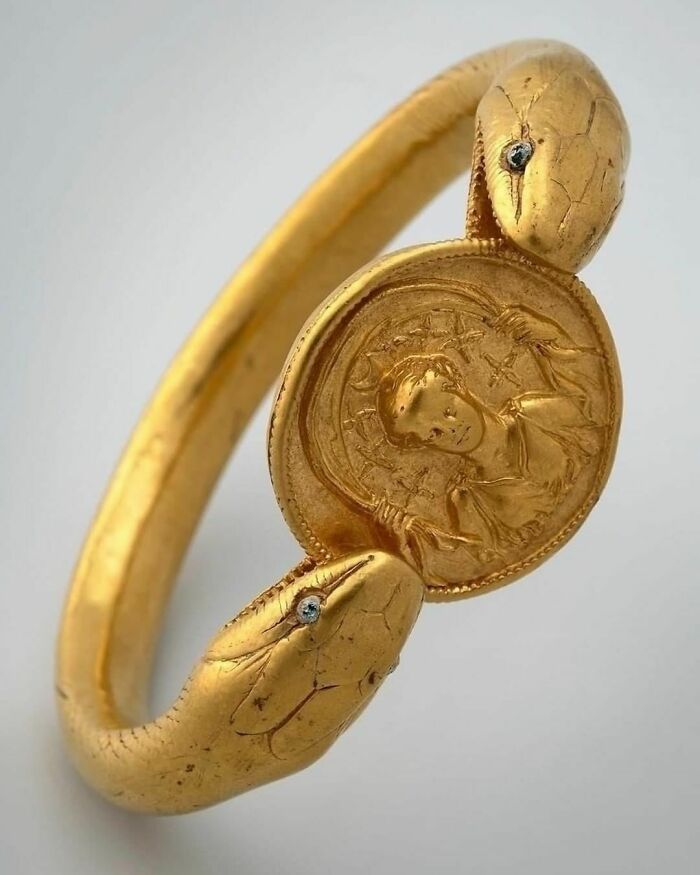
Image credits: archeology_and_art
#5 Prehistoric Rock Carving Of A Whole Bunch Of Deer. Bayankhongor, Mongolia
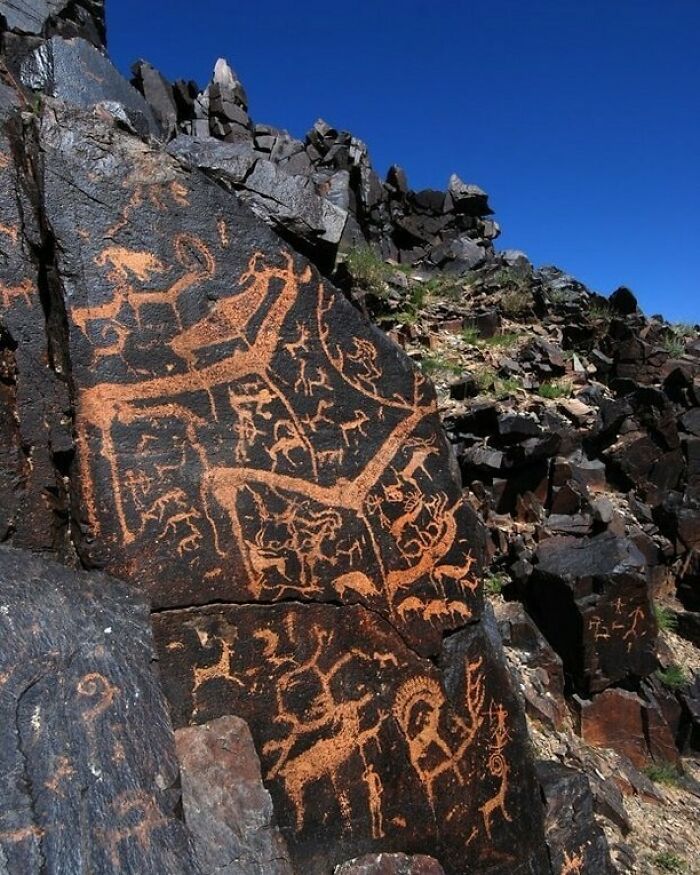
Image credits: archeology_and_art
#6 Colombia. El Peñón De Guatapé Is A Rock Formation Bordering A Lake
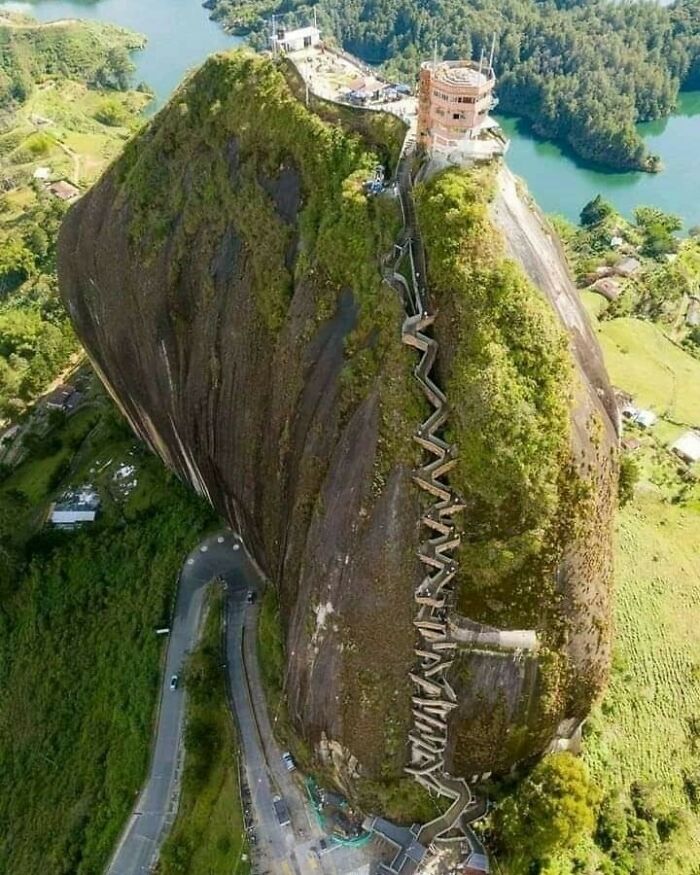
Image credits: archeology_and_art
Art historian Mary McGillivray, from Melbourne, previously explained to Bored Panda during an interview that art and art history aren’t as unapproachable as many people might think.
"A lot of people think that art history is very serious and very important and this leads to them feeling overwhelmed—or even feeling like art history isn't for them. This isn't true! I've said it before and I'll say it again, art history is just old memes. Once we start to see the humor and the humanity in art, it becomes far less intimidating," she said that there’s often a more lighthearted side to it all.
#7 Delikkemer Is One Of The Original Roman Hydrology Engineering Works In Anatolia And It Was Built To Meet The Water Needs Of Patara, The Capital Of The Ancient Lycian Region
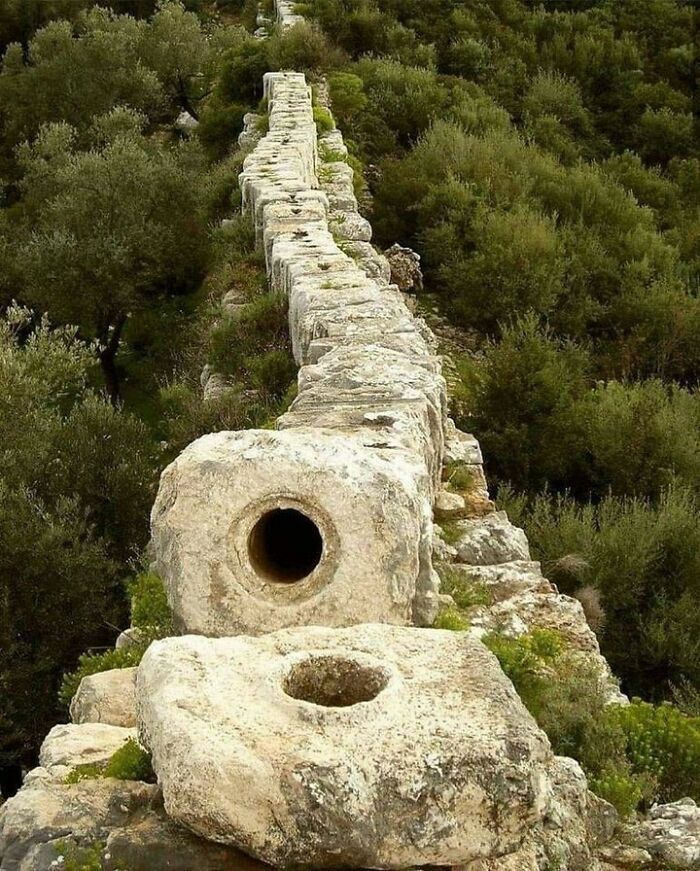
Image credits: archeology_and_art
#8 Bracelet Of Tutankhamun With Scarab. Gold, Lapiz Lazuli, Carnelian, Turquoise, Quartzite. New Kingdom: 18th Dynasty: Tutankhamun Resent Location: Egyptian Museum
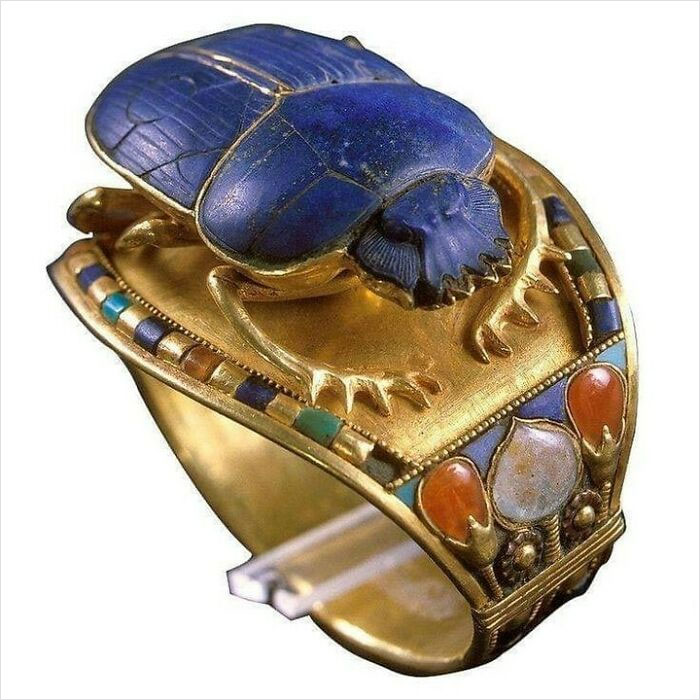
Image credits: archeology_and_art
#9 Medusa Was A Gorgon Beheaded By A Demigod Named Perseus
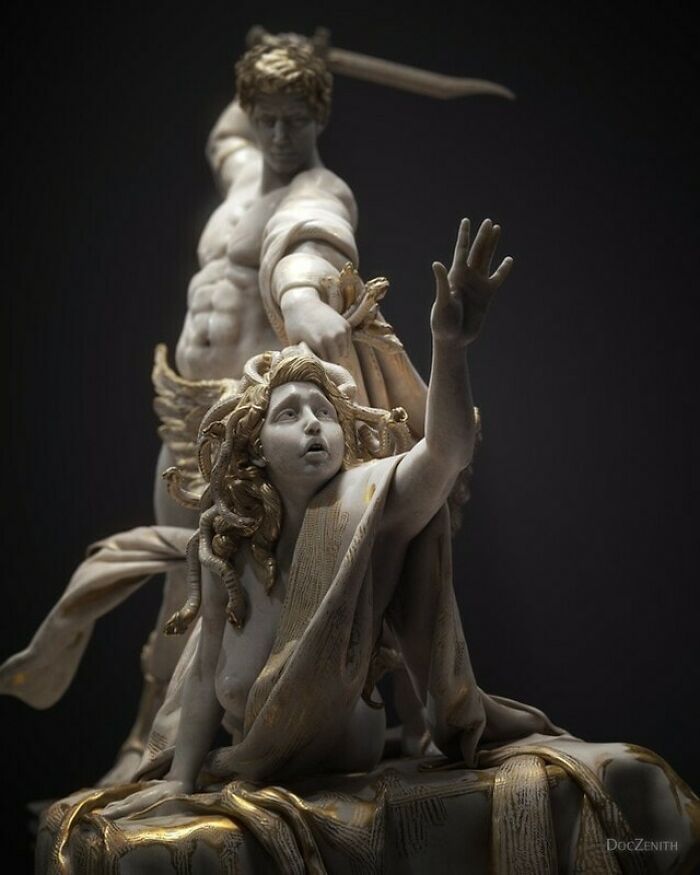
Image credits: archeology_and_art
Meanwhile, former art gallery director Shelby Bercume told Bored Panda that many find art history intimidating and difficult to grasp because it’s a subject that isn’t taught in most schools. If that were to change, more people would feel far less scared to at least try dipping their toes in the water.
#10 A Wooden Sarcophagus Rises From The Sand In Abydos After Thousands Of Years In Silence, Egypt
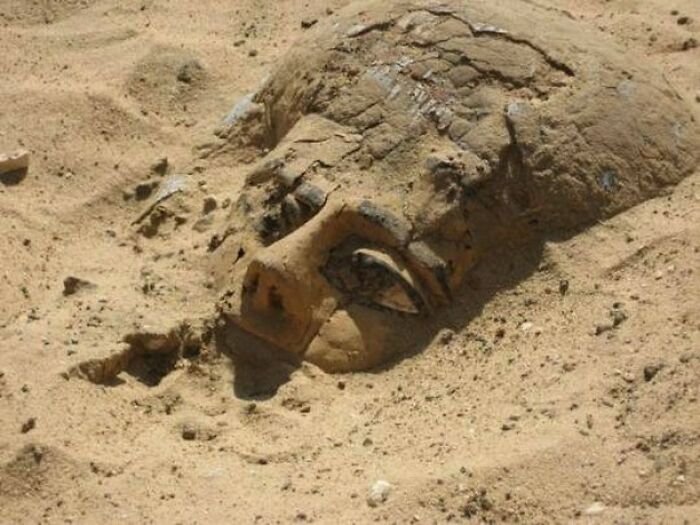
Image credits: archeology_and_art
#11 Cloister University Of Glasgow, Scotland
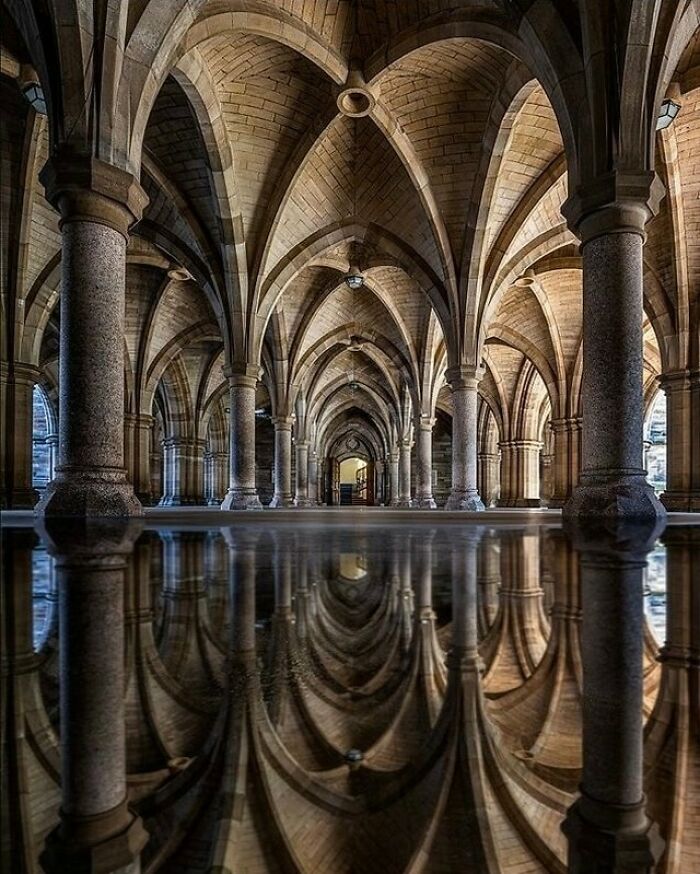
Image credits: archeology_and_art
#12 2000-Year-Old Sapphire Ring Presumably Belonging To Roman Emperor Caligula, Thought To Depict His Fourth Wife Caesonia
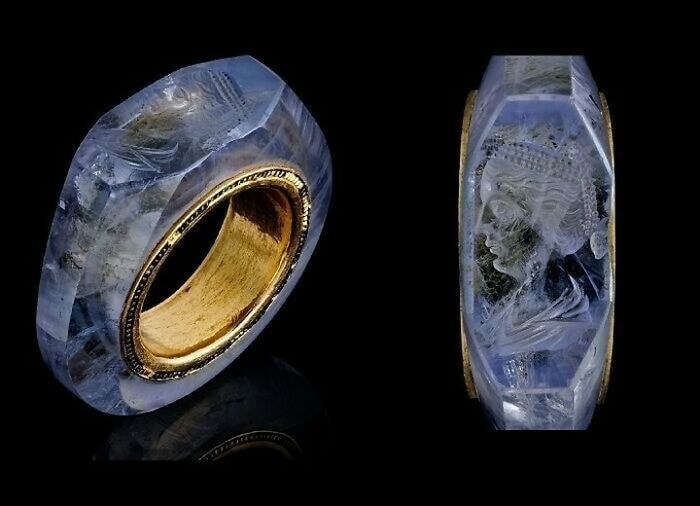
Image credits: archeology_and_art
"I don’t necessarily think art history is an inaccessible entity, but I know that people tend to feel intimidated by things they aren’t experts in. Since art is often, if not always subjective, it feels even more intimidating than a subject with a 'right answer,' like math for example," the art expert shared her thought with Bored Panda some time ago.
#13 Viking Runestones Of The Swedish Countryside, 1899-1945
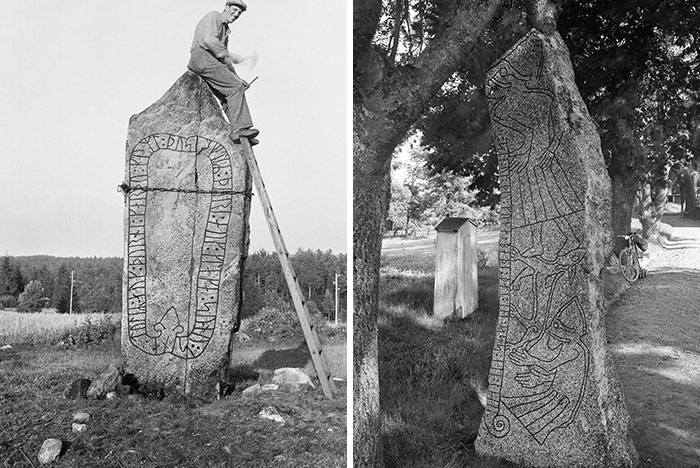
Image credits: archeology_and_art
#14 The Queen Of The Night (Burney Relief) Fired Clay, Mesopotamia, Old Babylonian Era, 1800-1750 Bce
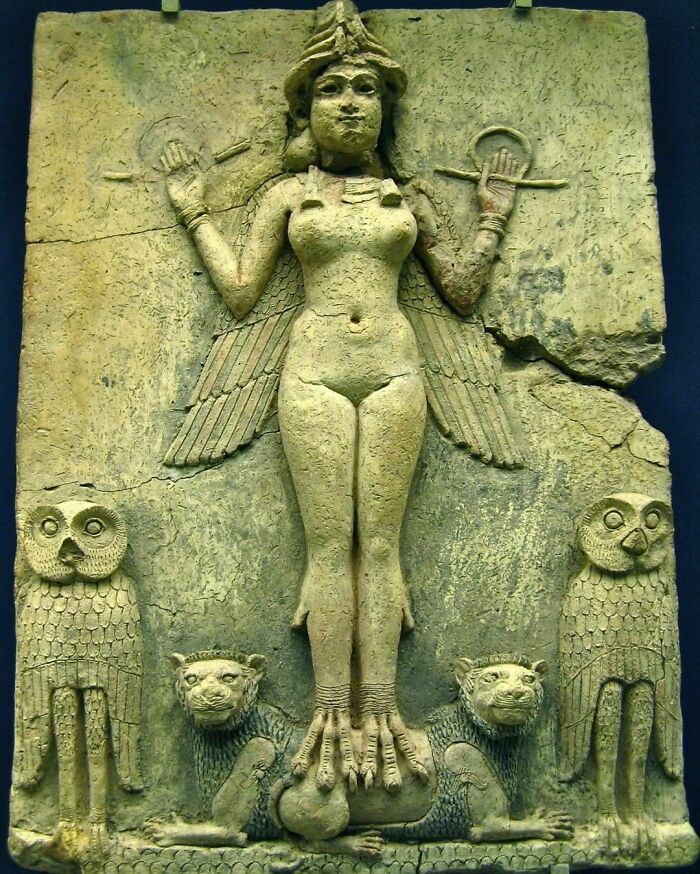
Image credits: archeology_and_art
#15 The Buried Bodies Of The Iconic Easter Island Moai Basalt Statues, Built By The Rapa Nui People Between 1250-1500 Ce, With Petroglyphs Carved On Their Back
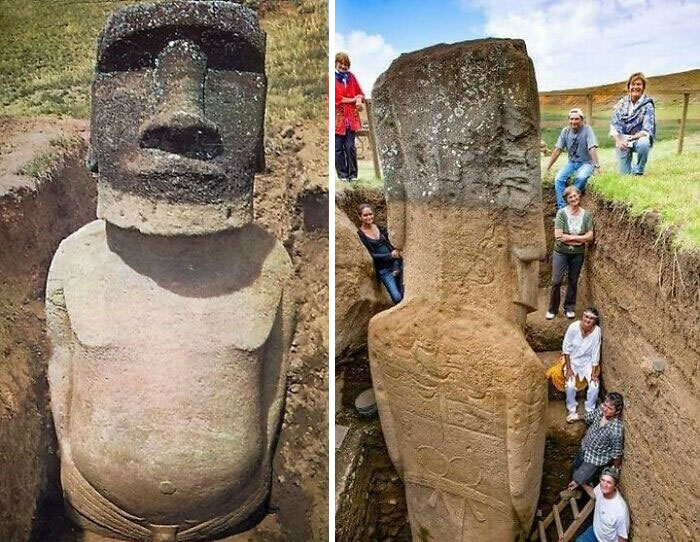
Image credits: archeology_and_art
"I think often that leads to a disconnect between the desire to dive into the subject of art and by relation art history, and the execution of it,” she said.
"Art is something to be enjoyed and shouldn’t be reserved for an exclusive group," the expert noted that she’s an advocate of a more democratic approach to art.
#16 The Talisman Of Charlemagne, C. 768-814. Two Large Cabochon Sapphires - One Oval, One Square - Enclose Holy Relics (What Are Supposed To Be A Remnant Of The Holy Cross And A Small Piece Of The Virgin's Hair, Visible Only When Looking Through The Oval Sapphire At The Front Of The Medallion.) The Other Gemstones Are Garnets, Emeralds, And Pearls
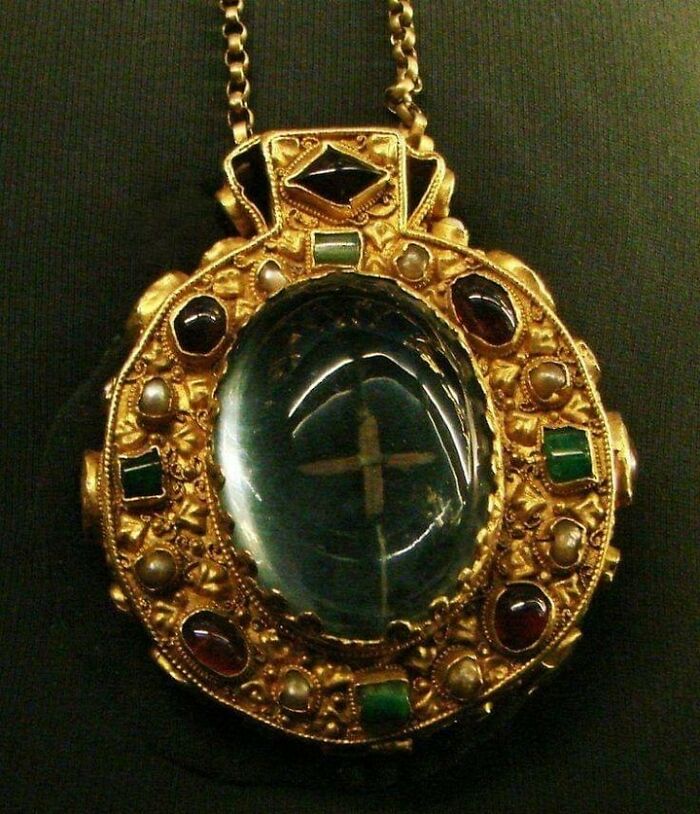
Image credits: archeology_and_art
#17 Hut Made Of Mammoth Bones, Cro-Magnon, Mezhirich, Ukraine, 15000 B.c
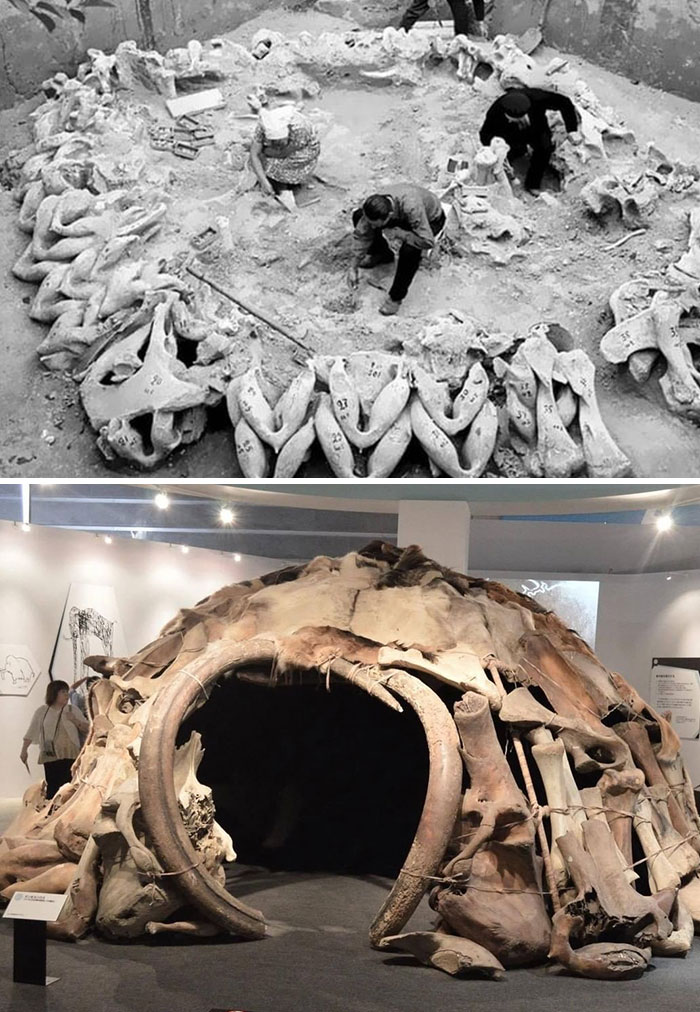
Image credits: archeology_and_art
#18 Seljuk Box With A Combination Lock, Cast And Hammered Brass, Inlaid With Silver And Copper. From Iran, 1200-1201
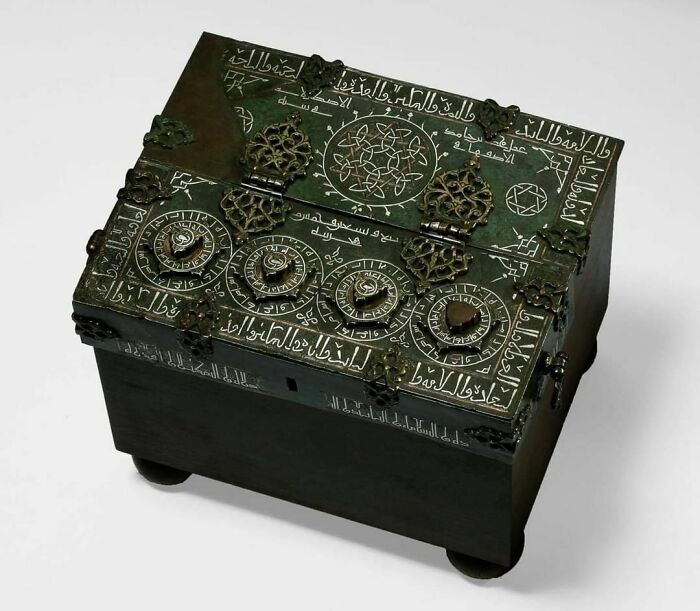
Image credits: archeology_and_art
"Art is aesthetics and feelings. If you love something, voice why you love it... if you can’t find the words, that’s ok! Talking about art is really discussing how the art affects your emotional state and what thoughts it provokes," Shelby told us.
#19 Head Trophy, Peru. 400-200 Before Jesus Christ
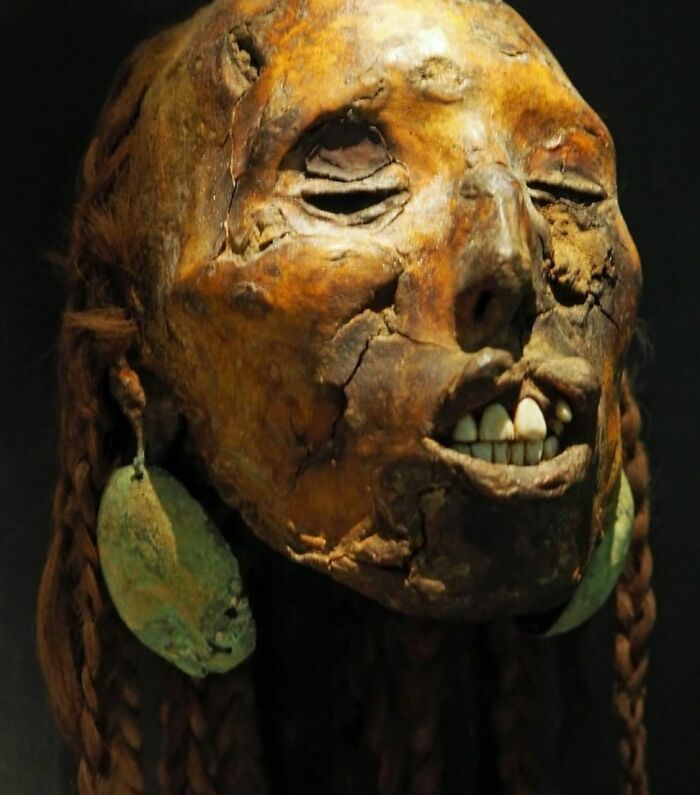
Image credits: archeology_and_art
#20 Egypt
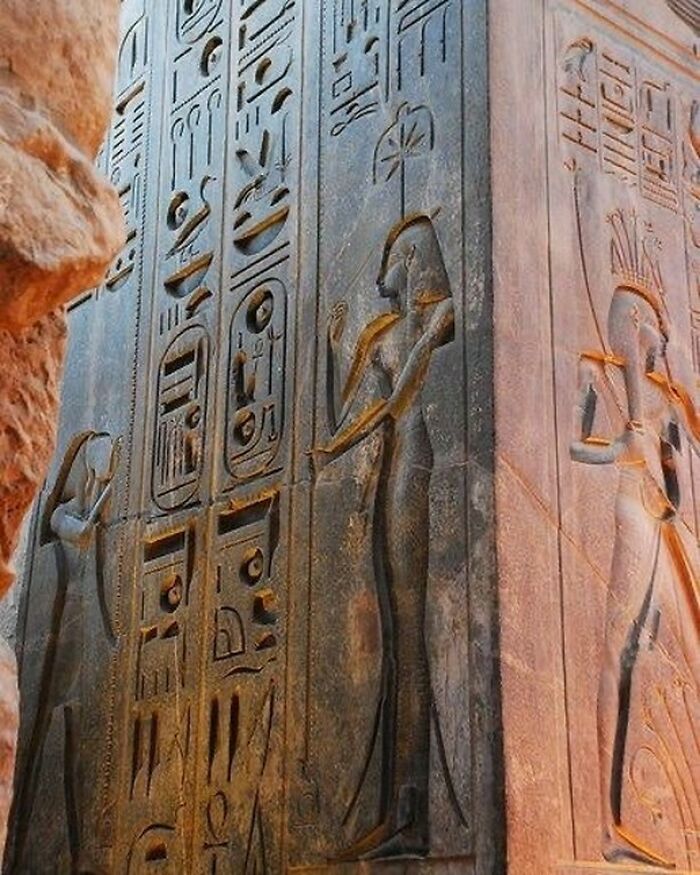
Image credits: archeology_and_art
#21 Drinking Horn And Cover With Figures Of Griffin And Mermaid.date: Ca. 1630place Of Origin: Northern Germany, Brnomedium: Bison Horn, Precious Stones, Silver-Gilt
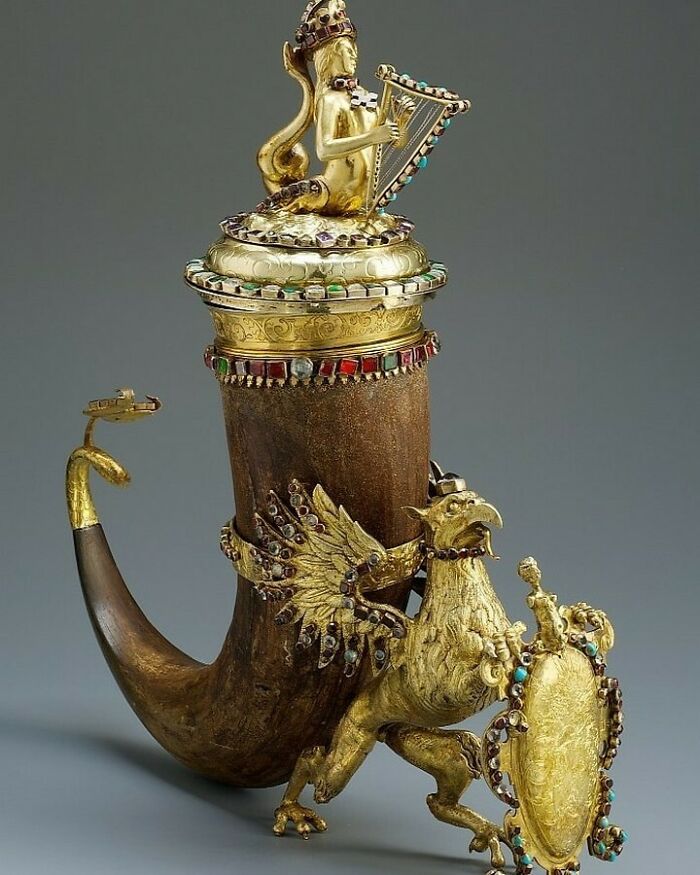
Image credits: archeology_and_art
"And remember, it is ok to not love everything, believe it or not, certain artworks are meant to be disturbing or disliked. Just don’t be intimidated to speak up because that’s really all we’re doing when we talk about art. We’re voicing opinions."
#22 A Gothic-Styled Spiral Staircase Carved From A Single Tree In 1851, In Lednice Castle, Czech Republic, As A Symbol Of Progressing Toward The Ultimate Step, With Our Goals
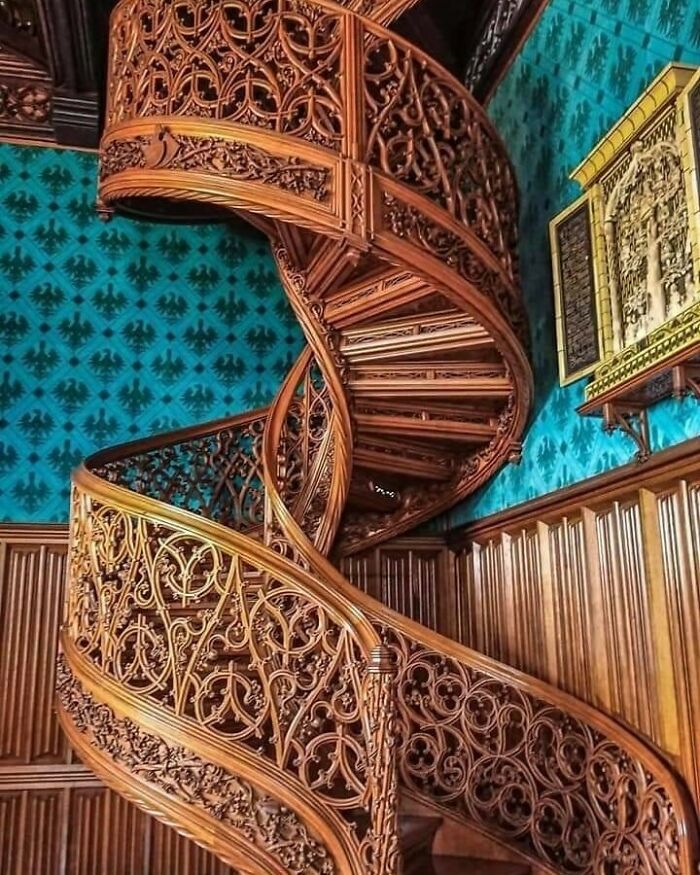
Image credits: archeology_and_art
#23 Jade Plaque With Carved Out Openwork Of Bird Motifs Mounted In A Frame Of Gold Adorned With Rubies, Sapphires And Jade. China, Late Jin Or Early Yuan Dynasty. 13th To 14th Century Ad
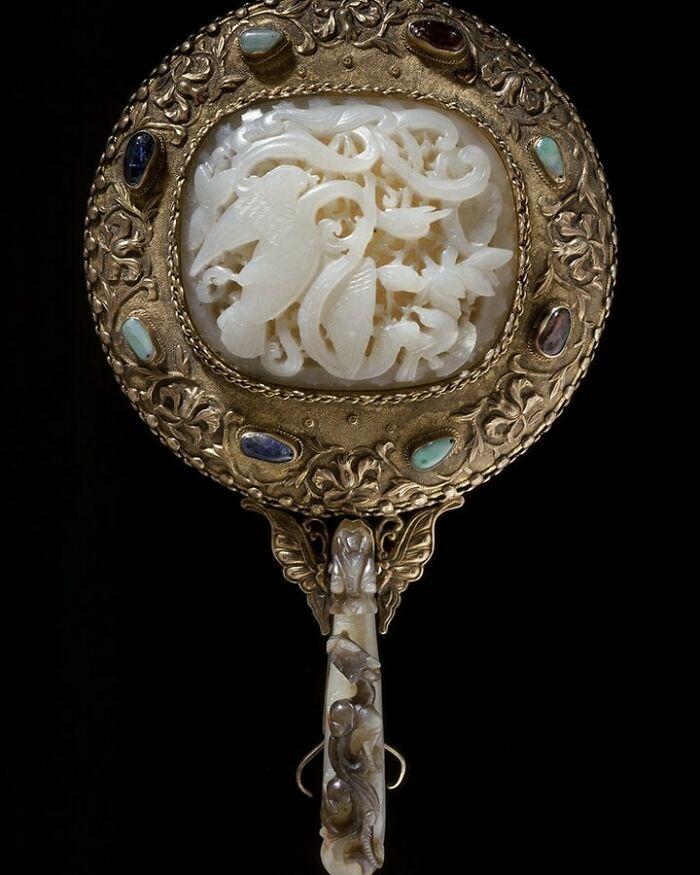
Image credits: archeology_and_art
#24 Gold Rings From Anglo-Saxon England, 8th-10th Century Ad
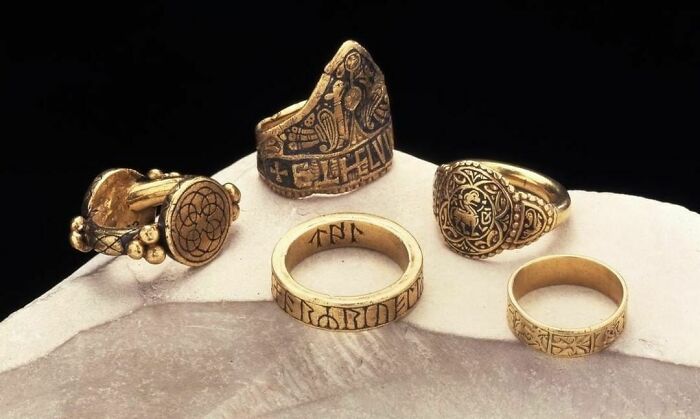
Image credits: archeology_and_art
Though we can infer a lot of information about a culture or a nation by its art and architecture (what they valued, how they thought, what their daily lives were probably like), our guesses aren’t definitive. Digging towards the truth (pun very much intended) is less about Indiana Jones-style adventures and more about cross-checking assumptions, reading a lot of prior research, and learning to embrace failure.
#25 1920s Hearse

Image credits: archeology_and_art
#26 Hieroglyphic Writing On The Wall Of The Mortuary Temple Of Ramesses III At Medinet Habu On The Western Bank Of Luxor, Egypt, Built Around 1186-1156 Bce
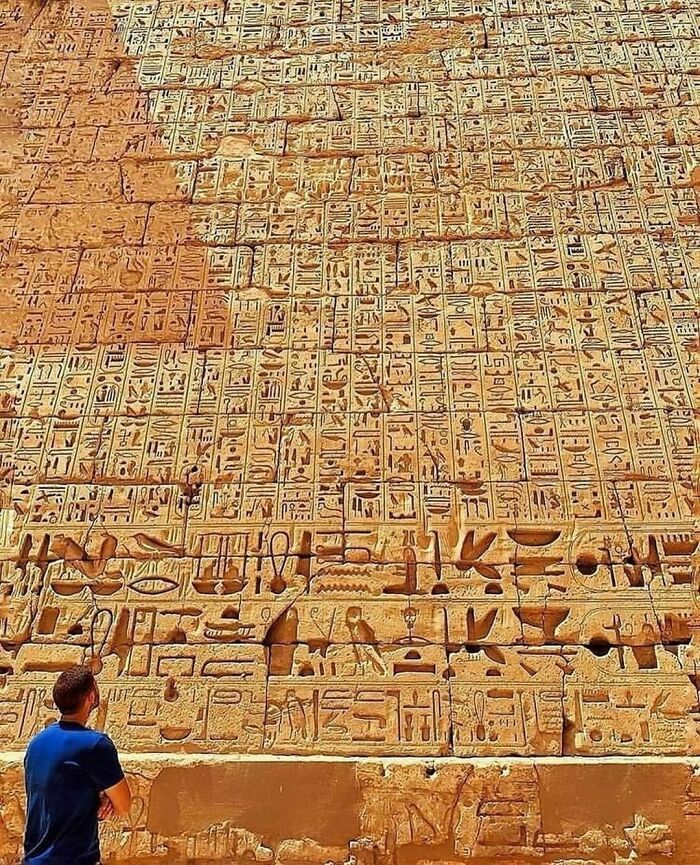
Image credits: archeology_and_art
#27 Gold Buckle Depicting A Xiongnu Horseman, Uncovered In Tajikistan, 2nd-1st Century Bc. Housed At The National Museum Of Antiquities Tajikistan
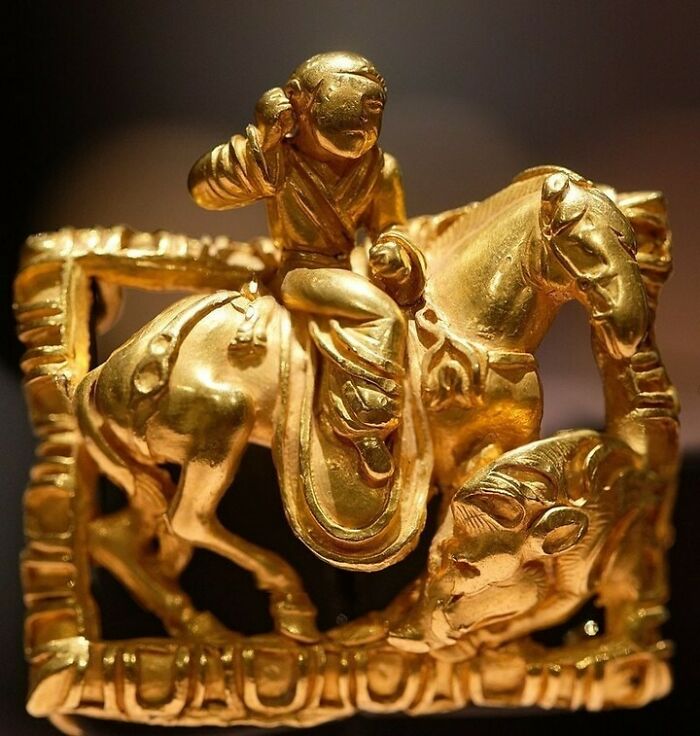
Image credits: archeology_and_art
The folks running the r/AskHistorians subreddit really know their stuff when it comes to history. One of the moderators told Bored Panda that having a healthy dose of skepticism is essential, especially when evaluating historical facts that get posted on social media.
First of all, you have to take a closer look at the source that’s sharing the info. Is it reliable? Can you cross-check the historical ‘facts?’ These are some of the things that you should ask yourself while browsing, well, pretty much anything.
The more important a historical event or period, the more likely it is that someone may try to exploit it to “push a political point in the present day.”
#28 Offering Table : 2350 Bc, 5th Dynasty, Old Kingdom. Found In Memphis
It is a libation offering table in alabaster with lists of the permissible offerings including beer, water, meat, bread, etc. The seven recesses along the top are for the 7 sacred embalming oils used in the mummification process. The central circle of three on the bottom contains a glyph for incense. This table was most likely used for a nobles tomb of high stature because of the quality of craftsmanship and style of writing. It is an offering table where visitors to the tomb would leave an offering in respect to the deceased
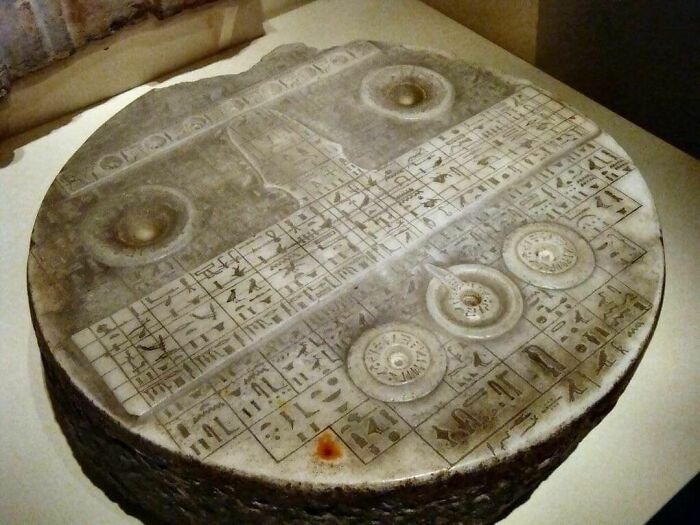
Image credits: archeology_and_art
#29 Iron-Age Swords From The Villanovan Culture, 9th-7th Century Bc
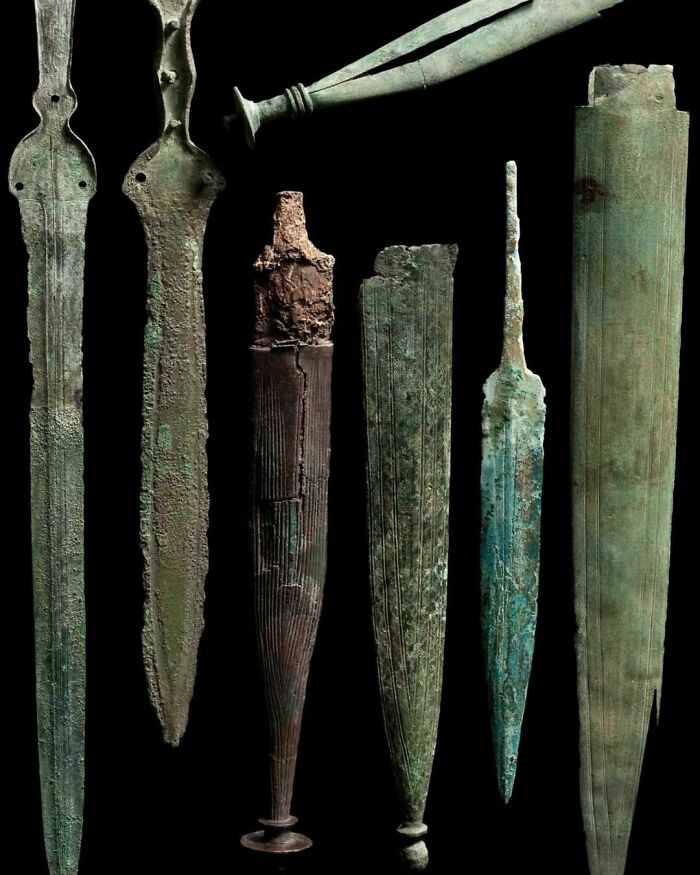
Image credits: archeology_and_art
#30 The Stone Spheres Of Costa Rica Are An Assortment Of Over 300 Petrospheres Located On The Diquis Delta On Isla Del Cano. They Are Sometimes Also Called The Diquis Stones, After Their Supposed Creators, The Diquis Culture
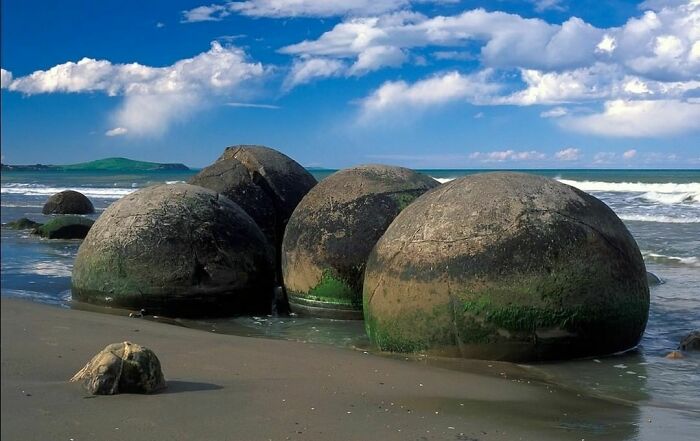
Image credits: archeology_and_art
"There are probably dozens of potential conspiracies surrounding Sumerian agriculture, but that topic isn’t in the public eye in the same way that something like the Second World War or the Roman Empire is," the historian told us.
"Because these events and periods are seen as important for the formation of the modern world, people see it as important that history aligns to their worldview or political leanings—even when it does not—and seek to twist reality in order to achieve this.”
#31 The Construction Of Metal Clamps That Hold Giant Stone Blocks Together. There Are Structures That Have Stood For Thousands Of Years Are Still Standing
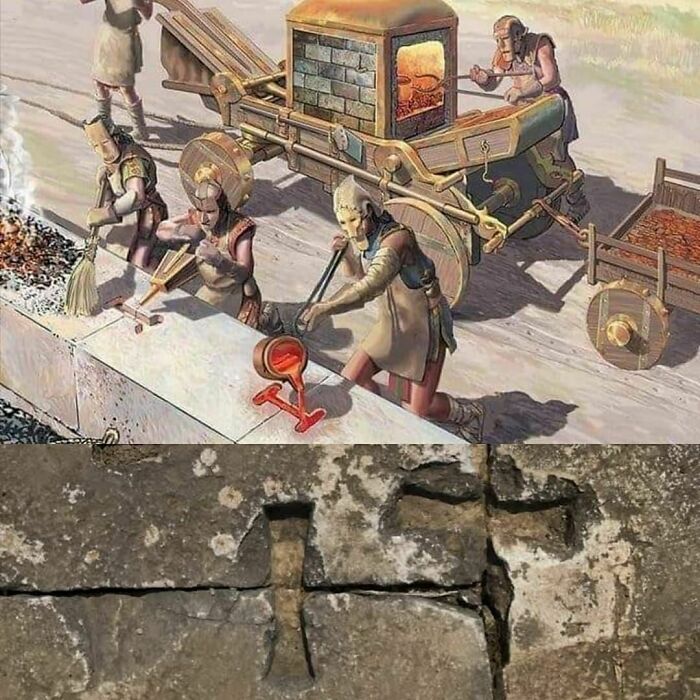
Image credits: archeology_and_art
#32 Gauntlet.date: Mid 17th Centuryplace Of Origin: Hungarymedium: Copper, Velvet
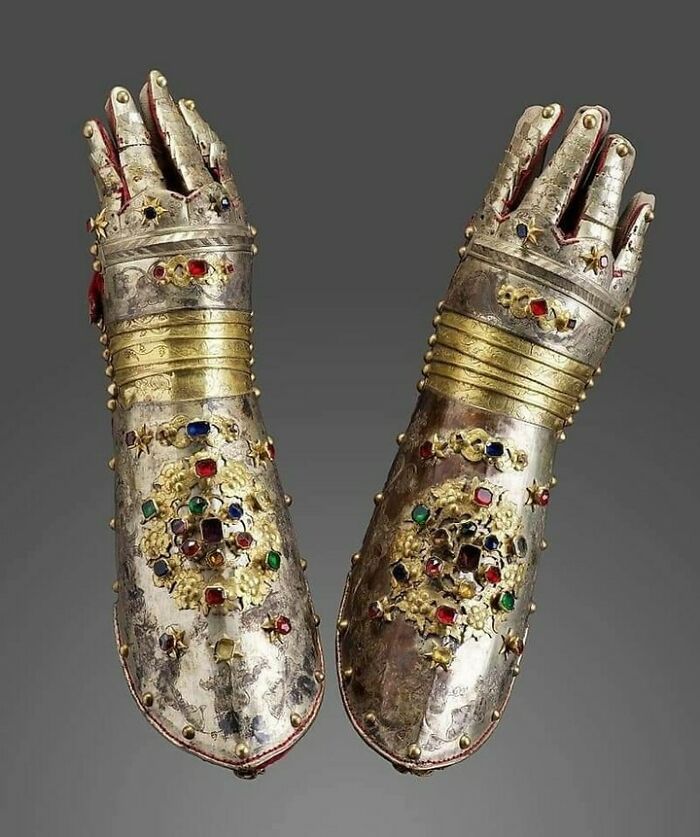
Image credits: archeology_and_art
#33 Our Historical Artifacts Are Our Historical Values
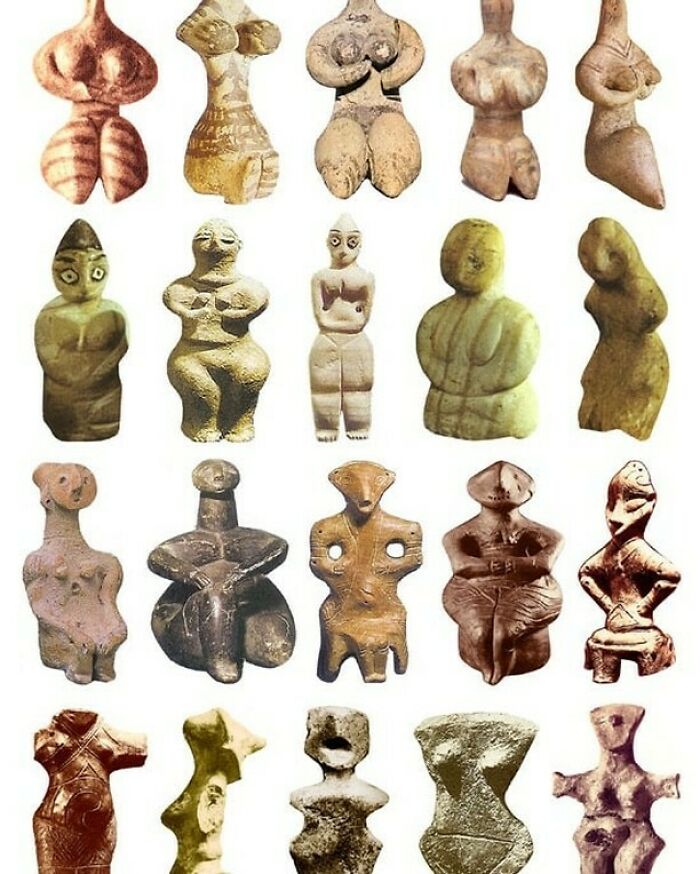
Image credits: archeology_and_art
#34 Mirror With Scylla, 4th - 2nd Century B.c. Russia, Saint-Petersburg, The State Hermitage Museum
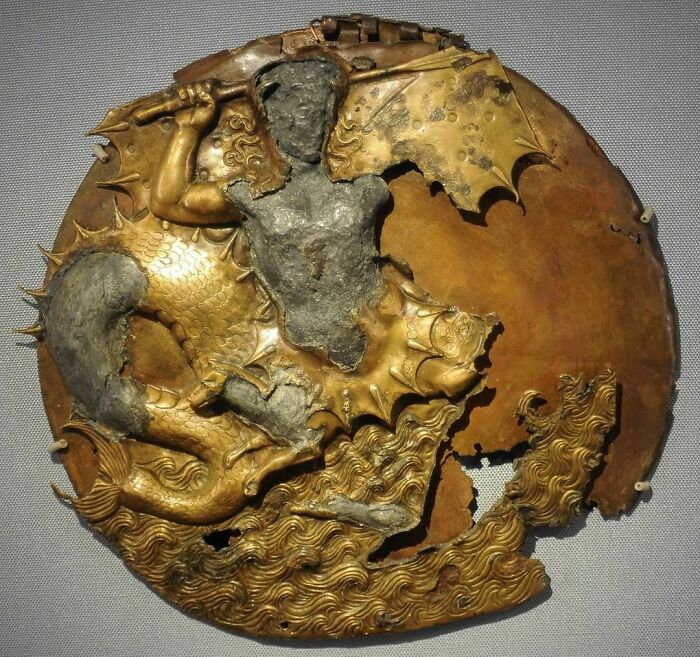
Image credits: archeology_and_art
#35 Gold Ring With Amethyst Intaglios, Roman, 3rd Century Ad
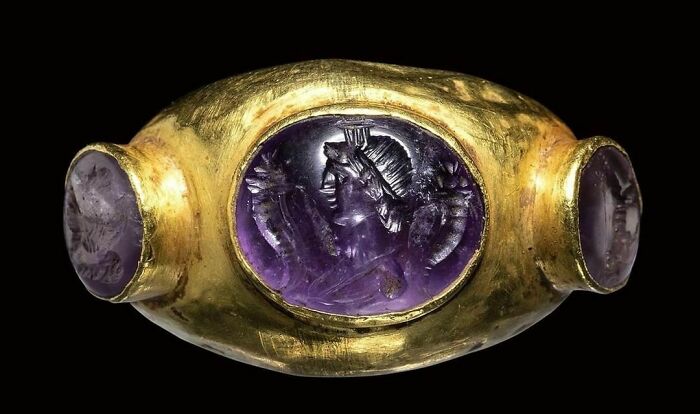
Image credits: archeology_and_art
#36 In The Çavdarhisar District Of Kütahya Province, A Marble Portrait Of Aphrodite Has Been Discovered Under The Direction Of Prof. Dr. Gökhan Coşkun From Dumlupınar University
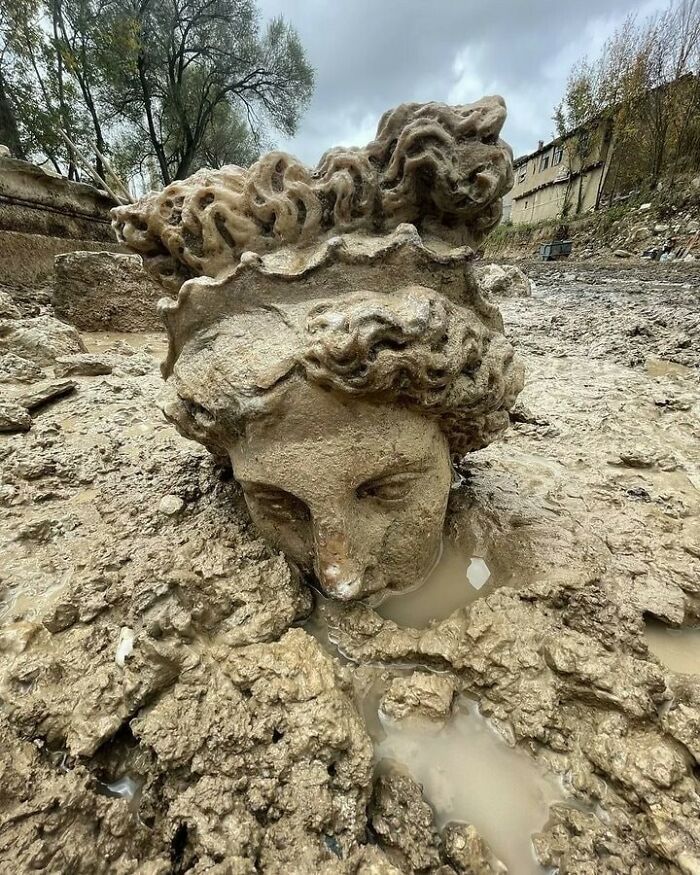
Image credits: archeology_and_art
#37 Crown Of Holy Roman Emperor Rudolph I, Craft By Jan Vermeyen Of Antwerp In 1602. From The Kunsthistorisches Museum, Vienna
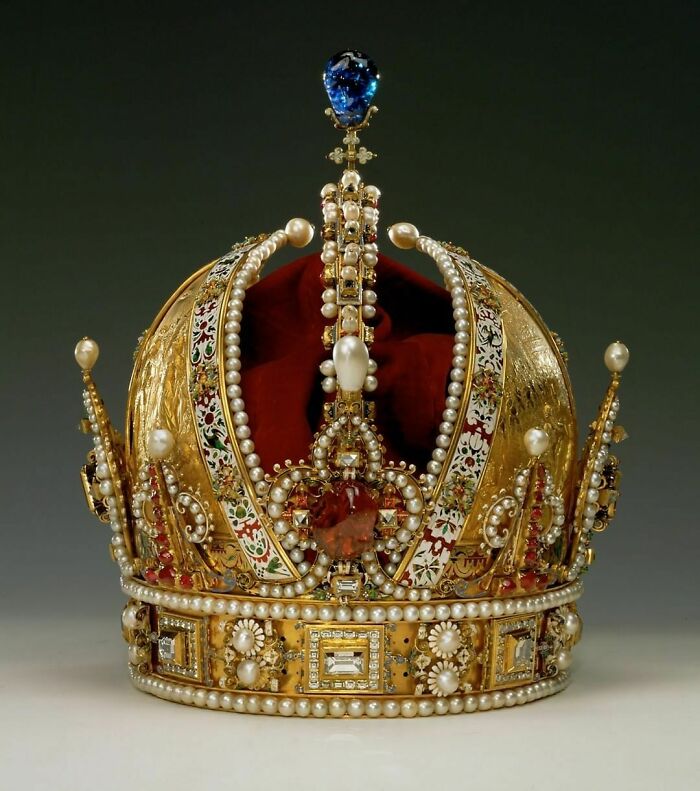
Image credits: archeology_and_art
#38 Agate Hilted Dagger, French, 13th Century.from Czerny’s International Auction House
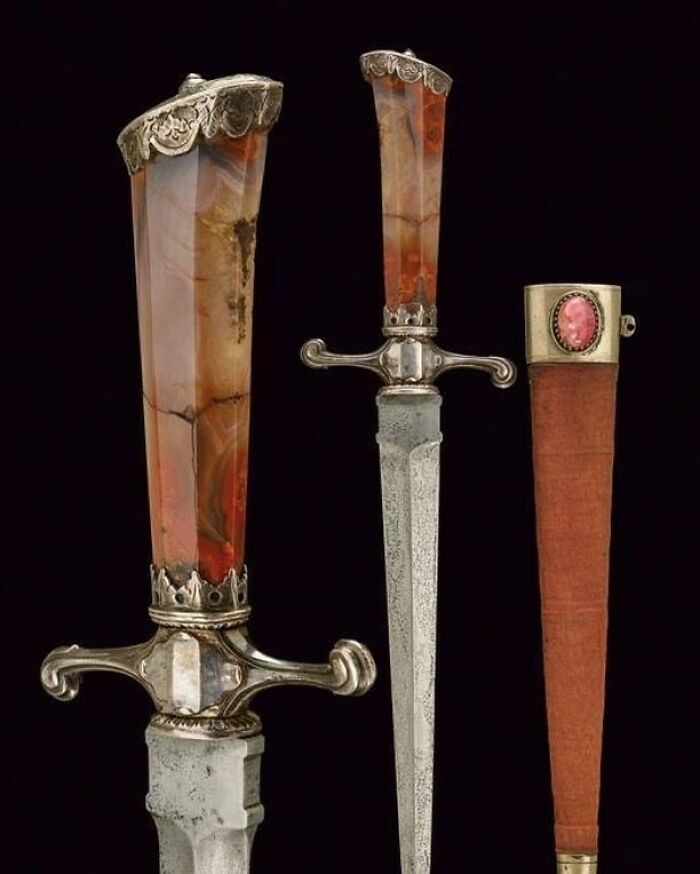
Image credits: archeology_and_art
#39 Gate Of All Nations Also Known As Gate Of Xerses At Persepolis, Iran 486-465 Bc
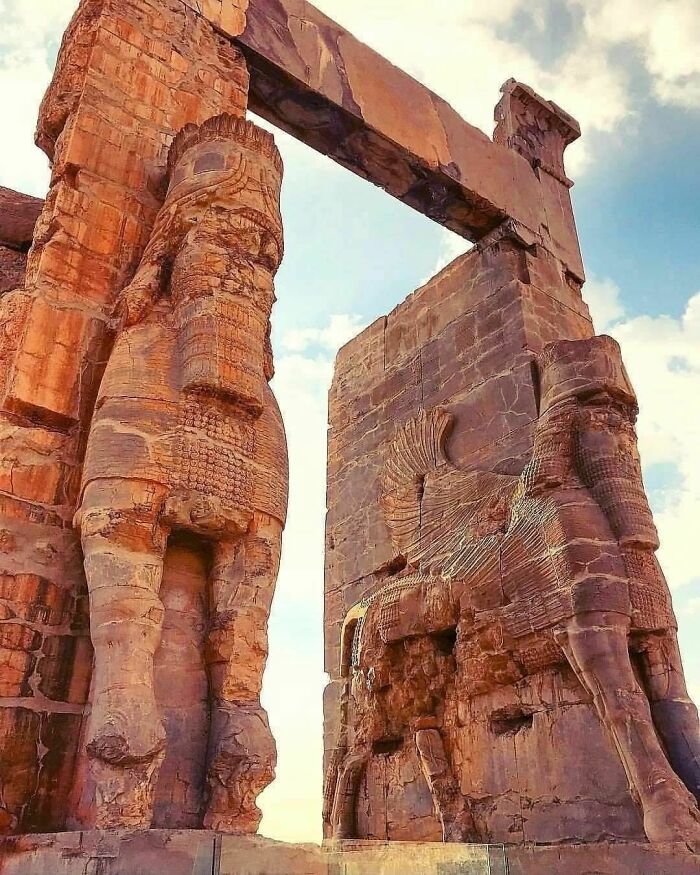
Image credits: archeology_and_art
#40 Relief On A Shrine Erected By Pharaoh Taharqa In The Court Of The Temple Of Amun Built By Him At Kawa In Nubia. Late Period, 25th Dynasty. Ca. 690-664 Bc. Now In The Ashmolean Museum, University Of Oxford
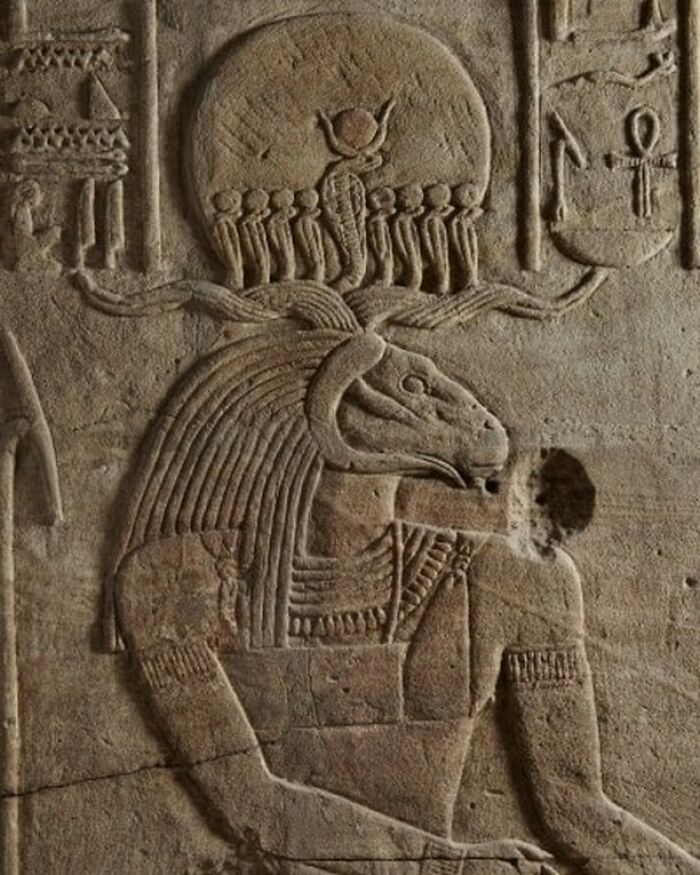
Image credits: archeology_and_art
#41 Phaistos Disc, Iraklion Museum Crete. Never Been Deciphered!
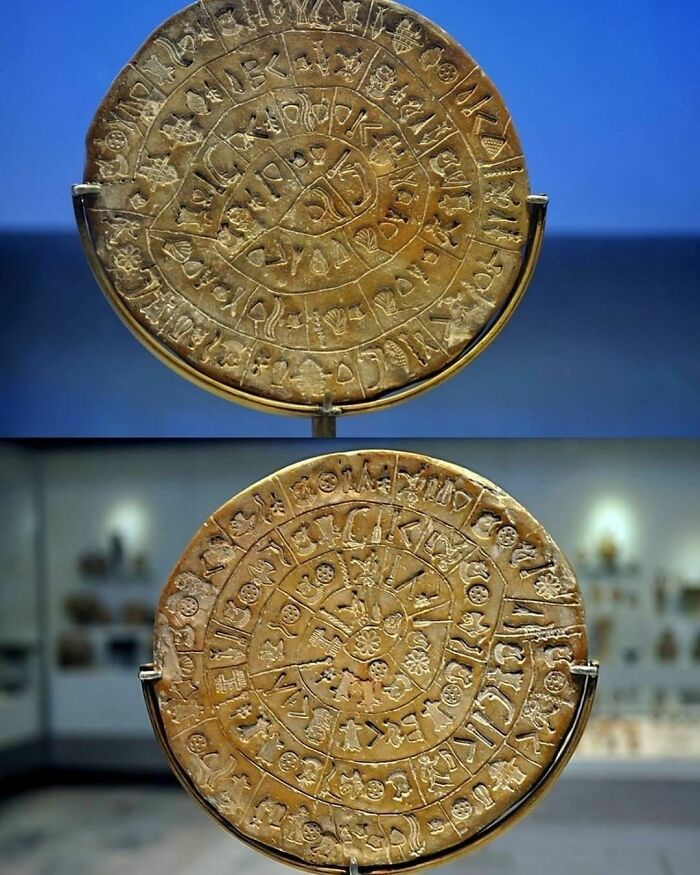
Image credits: archeology_and_art
#42 The Dionysiou Monastery Is An Eastern Orthodox Monastery In The Province Of Mount Athos In Greece, In The Southwestern Part Of The Athos Peninsula. The Monastery Is In Fifth Place In The Hierarchy Of Athonite Monasteries
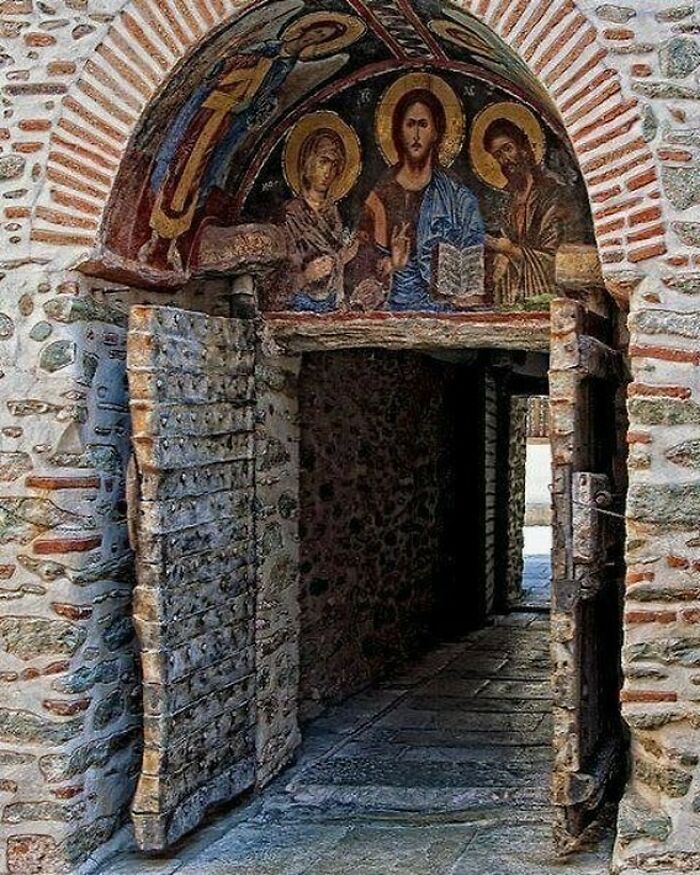
Image credits: archeology_and_art
#43 Bracelet From The Tomb Of King Rhescuporis, Bosporan Kingdom (Crimea), 3rd Century Bc
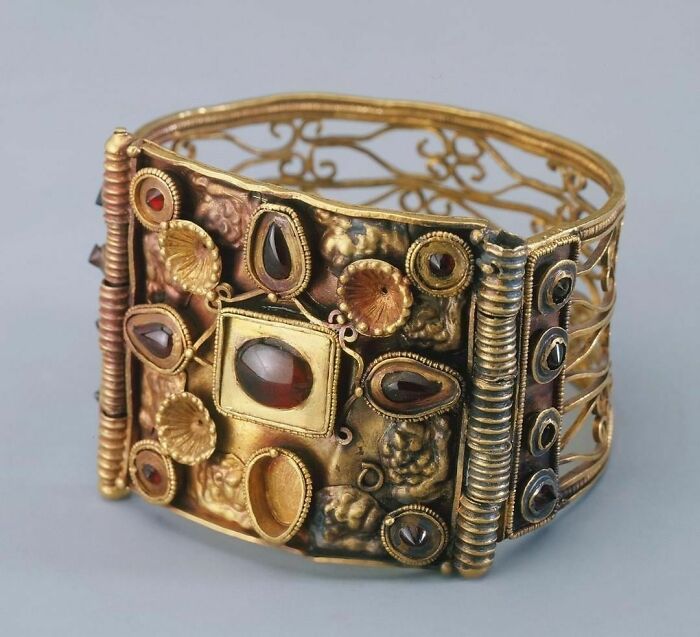
Image credits: archeology_and_art
#44 Ancient Roman Lead Pipes In Bath, England. Some Of Them Are Still In Use. 2000 Years Old
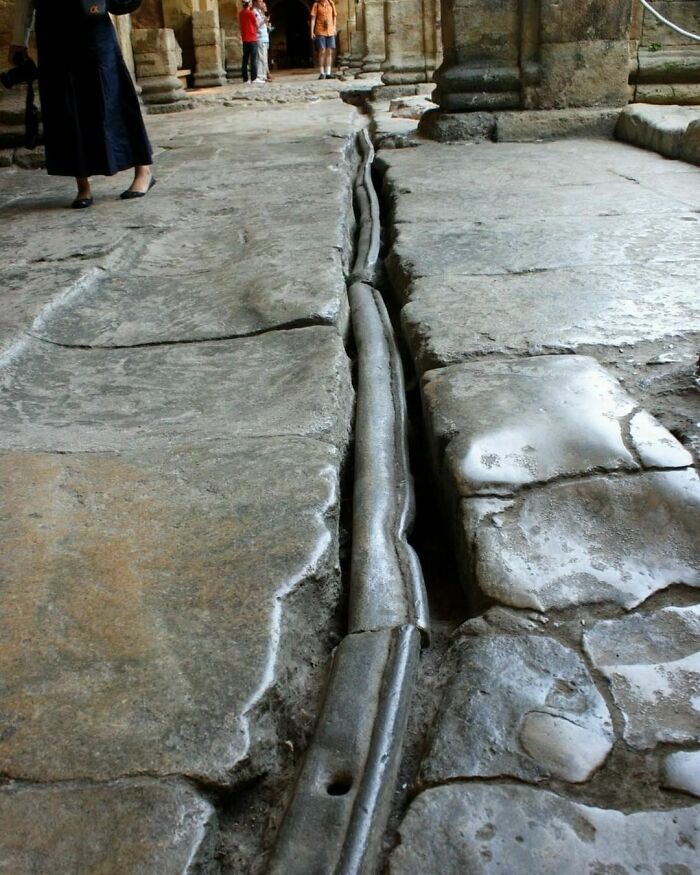
Image credits: archeology_and_art
#45 The Capstone Of The Pyramid Of Amenemhat III, 1860 Bc-1814 Bc
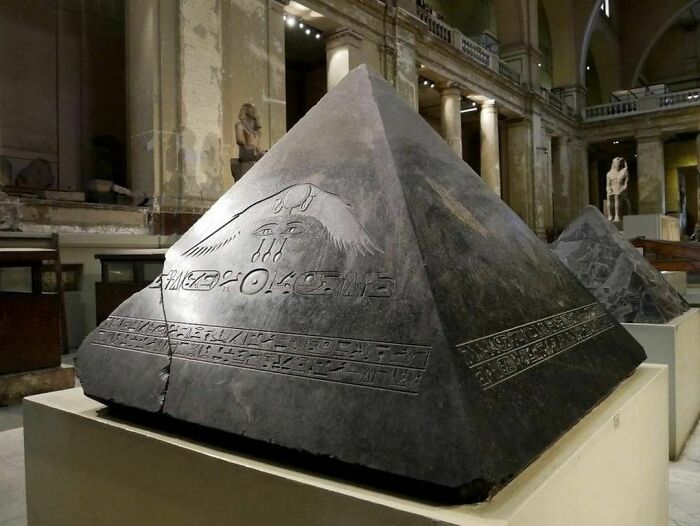
Image credits: archeology_and_art
#46 From The Arch Of Trajan In Beneventum, 114 Bc The Roman Gods - Jupite With Lightning Surrounded By Minerva And Juno With Hercules, Ceres, Bacchus And Mercury In The Background
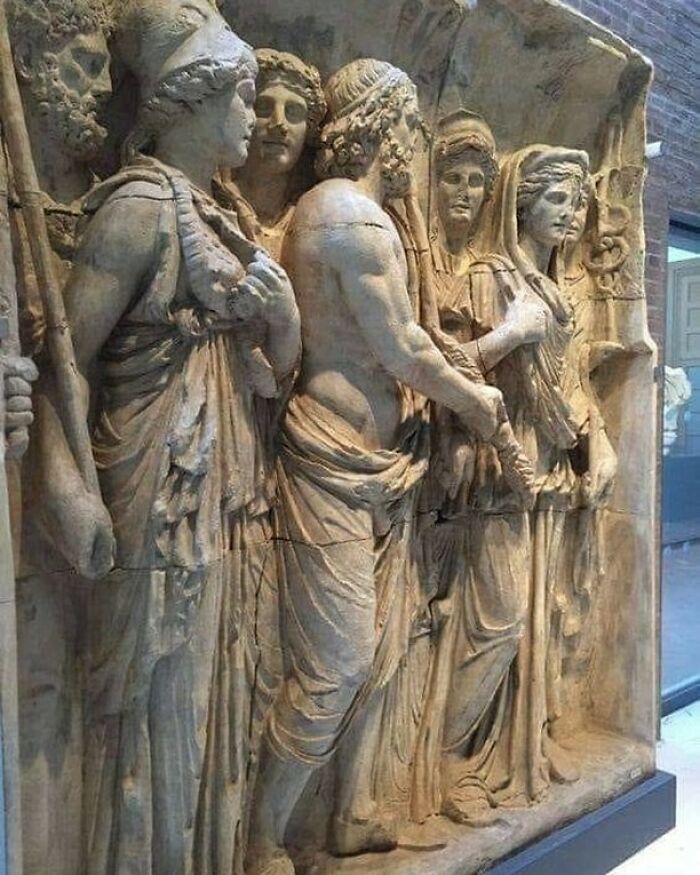
Image credits: archeology_and_art
#47 A Viking Era Ring Inscribed With The Words ‘For Allah’, Found In The Grave Of A Woman Who Was Buried 1200 Years Ago In Birka, 25 Km West Of Modern-Day Stockholm. The Ring Constitutes A Unique Material Evidence Of Direct Contact Between The Vikings And The Abbasid Caliphate
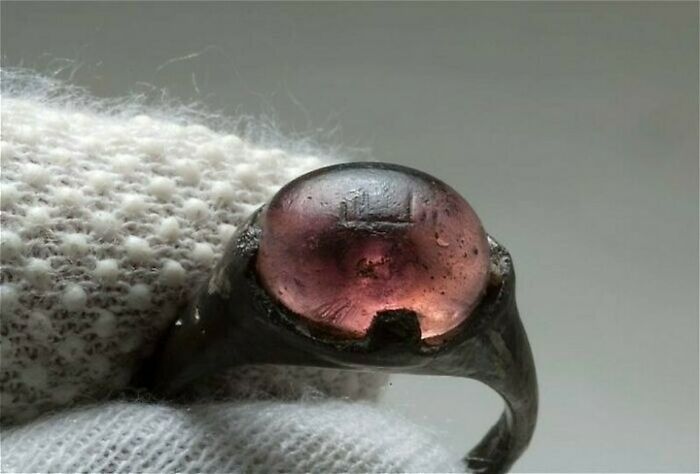
Image credits: archeology_and_art
#48 Aspendos , Antalya-Turkey
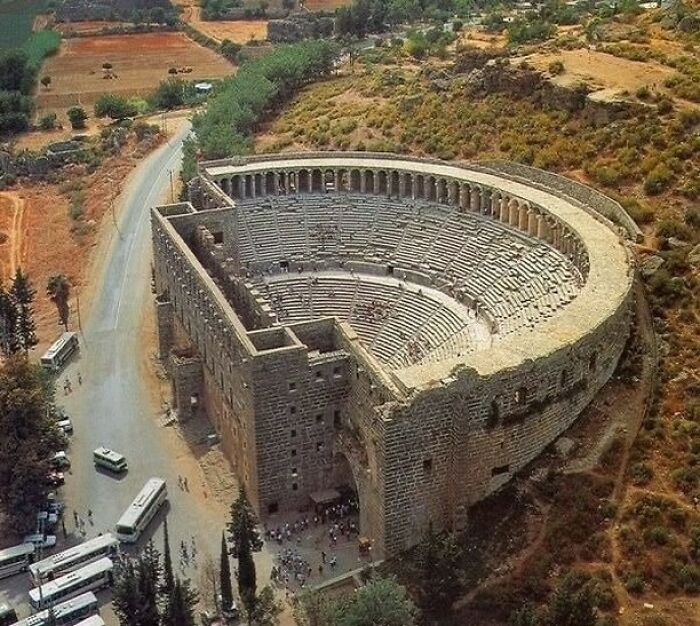
Image credits: archeology_and_art
#49 Carpet-Like Mosaic Located In Hisham's Palace, Built By One Of The Early Muslim Caliphates Between 724 And 743 Ad. In The West Bank City Of Jericho, It Is Made Up Of 38 Panels Depicting Geometric, Floral Designs
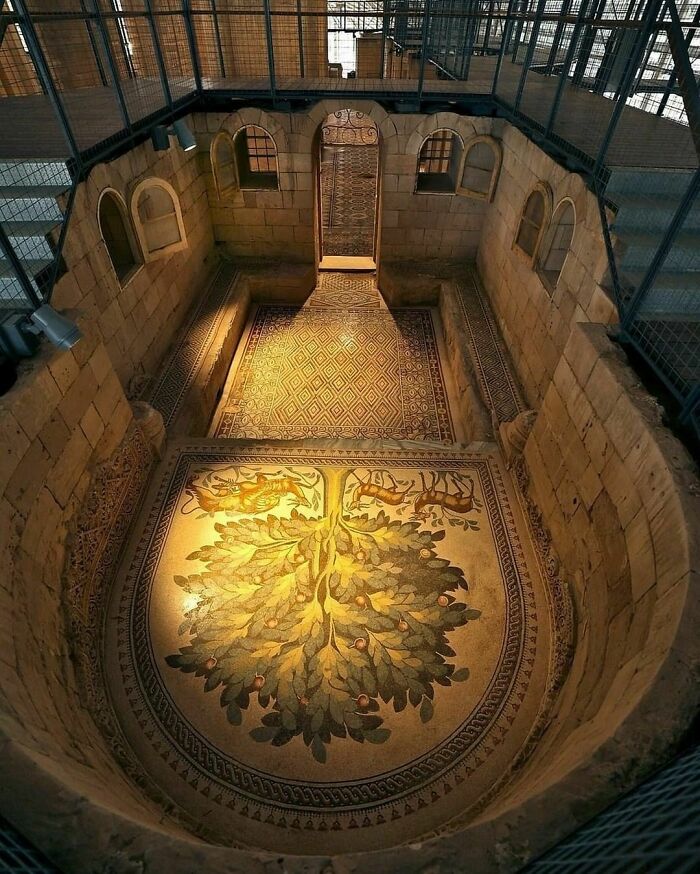
Image credits: archeology_and_art
#50 Neolithic Pictographs Depicting People With Their Limbs Bent As If They Were Swimming. Date: 10.000 Years Ago. Cave Of The Swimmers, Gilf Kebir Plateau, Egypt
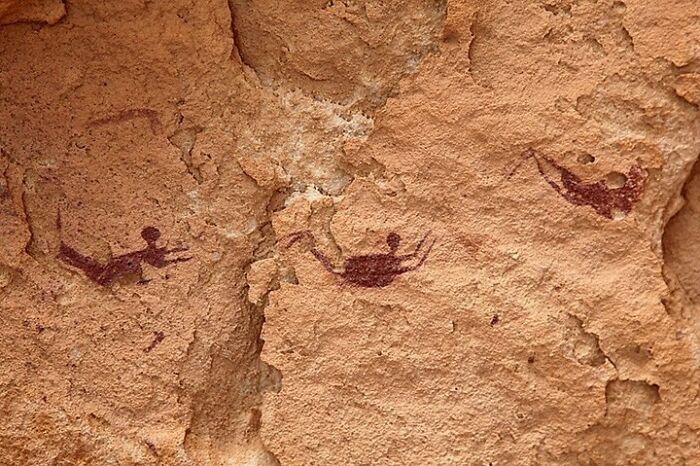
Image credits: archeology_and_art
#51 “In Eskisehir City Of Turkey…this Place Called As "aslantas” Means Lion Stone…belongs To Phrygian Civilization…its Nearly 3000 Years Old Monument…
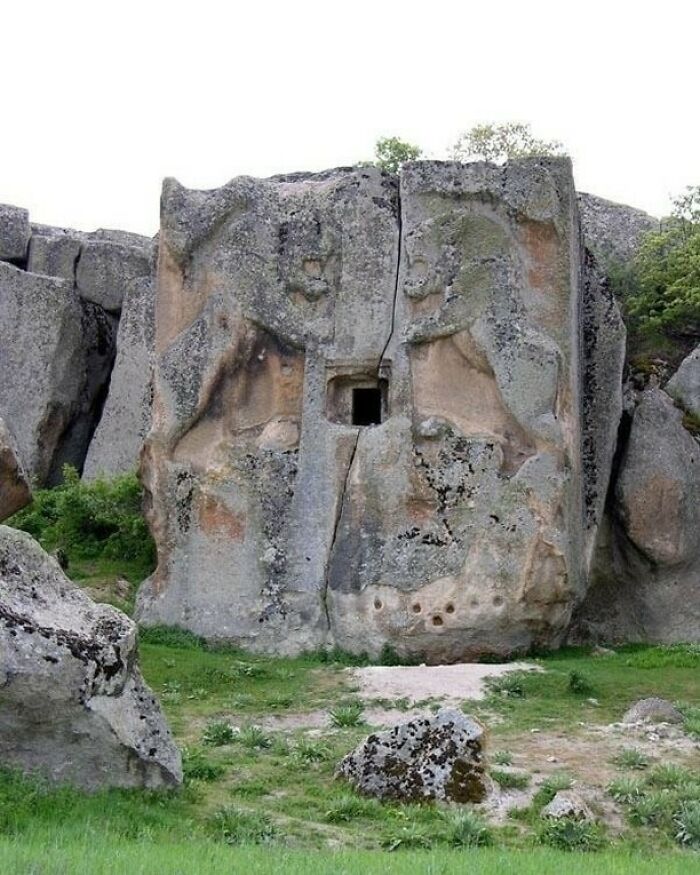
Image credits: archeology_and_art
#52 The Mortarless Architecture Found Inside The 20 Meter High Mound Known As The “Royal Kurgan” Of Kerch, Crimea May Rival That Of Egypt
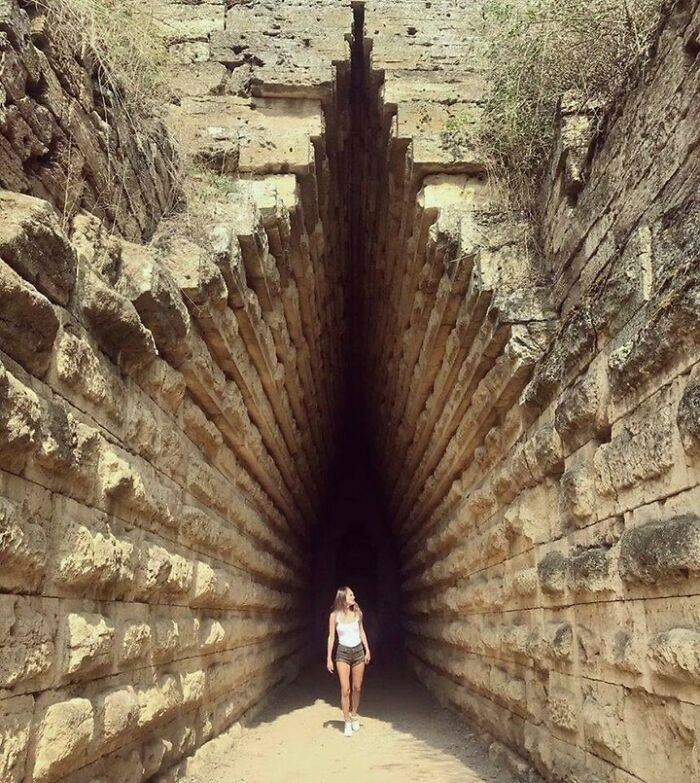
Image credits: archeology_and_art
#53 The Great Sphinx Of Gizathe Great Sphinx Of Giza Was Built By The Egyptians Of The Old Kingdom During The Reign Of Khafre (C. 2558–2532 Bc), Whose Face It Probably Represents. It Is One Of The Oldest Known Monumental Sculptures In Egypt And Is Widely Known Worldwide
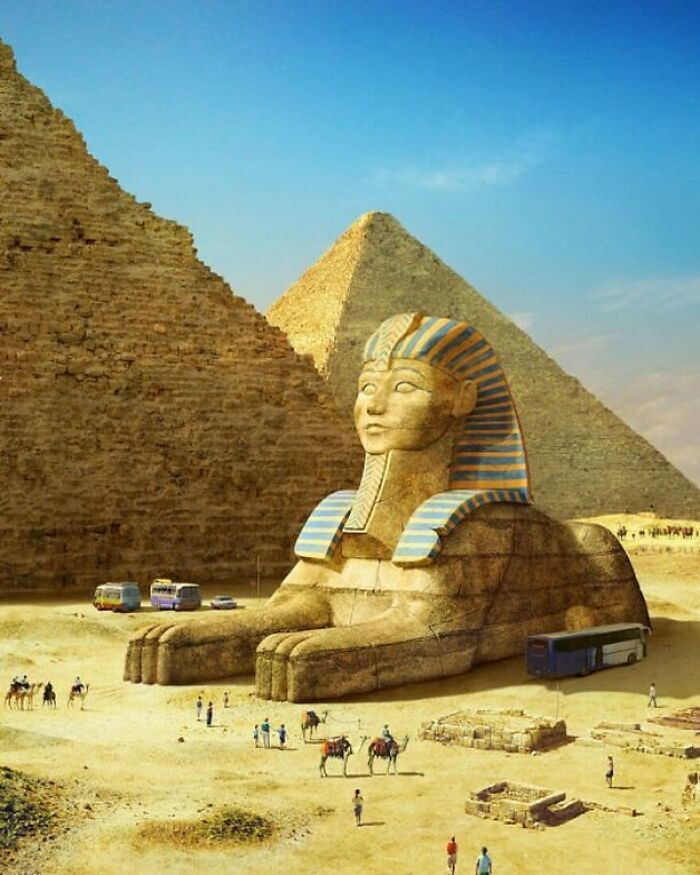
Image credits: archeology_and_art
#54 The Meditation Of The Warrior - Archeological Museum Of Rhodes
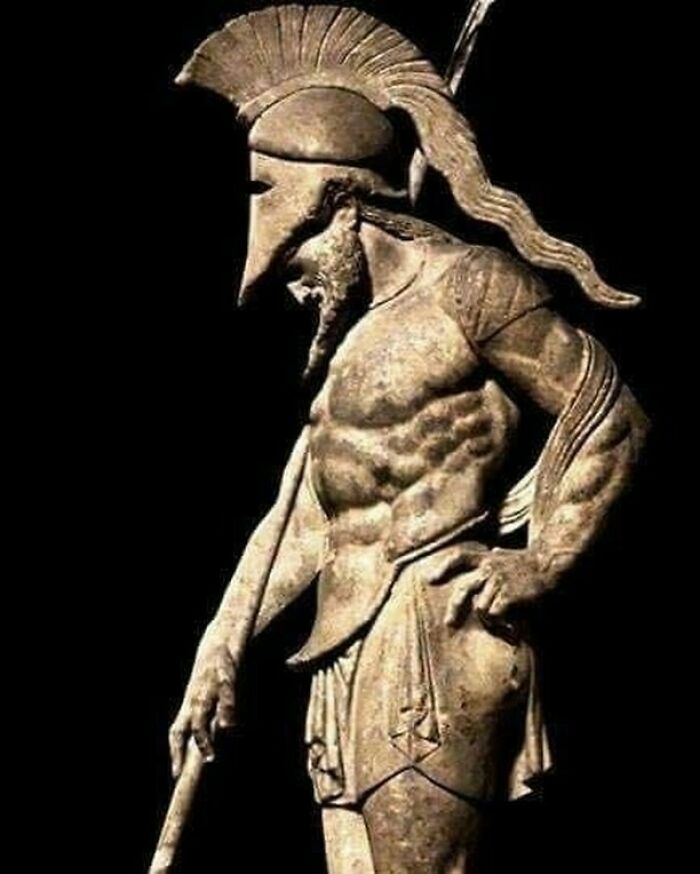
Image credits: archeology_and_art
#55 Laconian Marble Grave Relief Depicting Two Enthroned Heroes Receiving Offerings From (Far Smaller) Worshipers. Artist Unknown; Ca. 550-530 Bce. Found At Chrysapha, Near Sparta; Now In The Altes Museum, Berlin
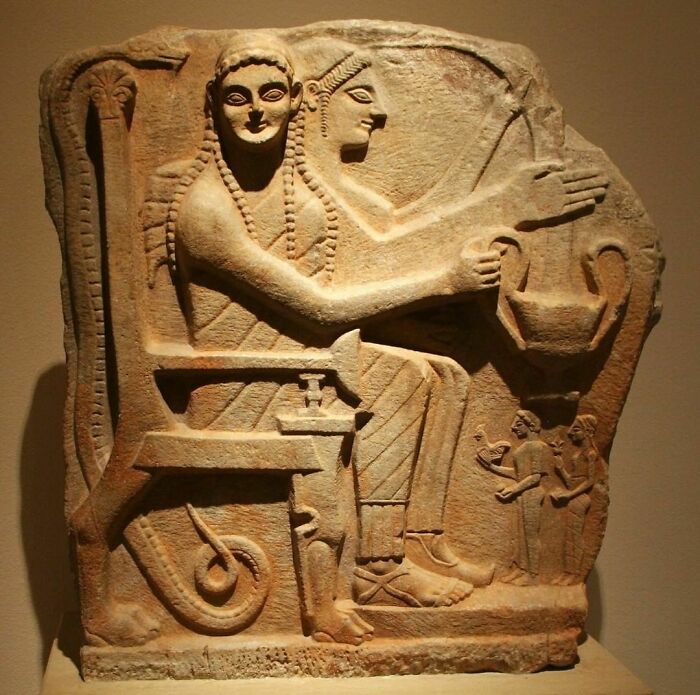
Image credits: archeology_and_art
#56 The Tunnel Inside Of The Great Pyramid Of Cholula
The Great Pyramid of Cholula, also known as Tlachihualtepetl (Nahuatl for "made-by-hand mountain"), is a huge complex located in Cholula, Puebla, Mexico. It is the largest archaeological site of a pyramid (temple) in the New World, as well as the largest pyramid by volume known to exist in the world today
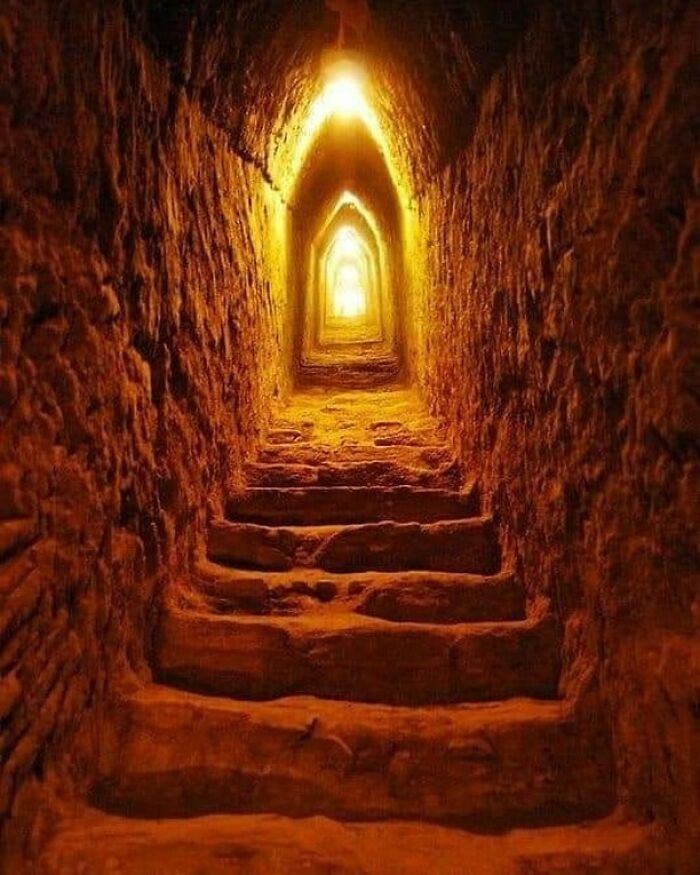
Image credits: archeology_and_art
#57 The Beauty And Darkness Of Jibaro
“Jibaro” tells the story of a knight who awakens a gilded and bejeweled siren as he and his fellow soldiers look for riches along a river in Puerto Rico. The siren lures the other soldiers to their deaths with her irresistible song, but because the knight is deaf, he survives . The siren then becomes fascinated by the knight, but when they embrace one another, the knight rips the gold from her body. Her blood pours into the river, and when he drinks from the river to quench his thirst, her blood restores his hearing, and he becomes yet another of the siren’s victims.

Image credits: archeology_and_art
#58 Coronation Stone Of Motecuhzoma II (Stone Of The Five Suns), 1503
Known as the Stone of the Five Suns, this monument draws connections between Aztec history and the cosmic scheme. The quadrangular block is carved with the hieroglyphic signs of five successive cosmic eras, called “suns” in the language of the Aztecs. These eras were mythic cycles of creation and destruction that began in the time of genesis and continued with the birth of humankind and the period of Aztec rule.
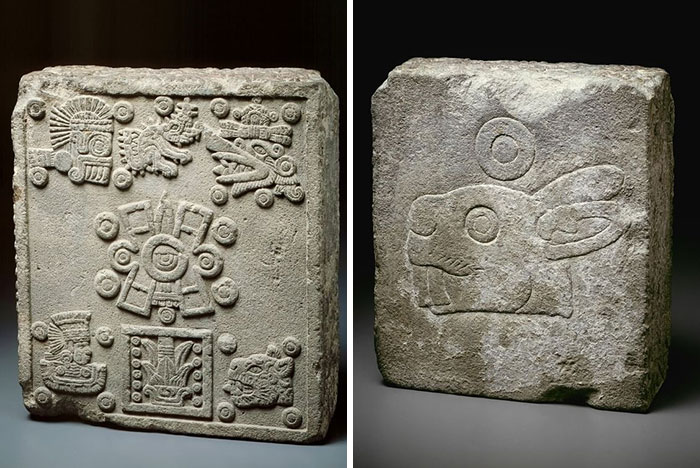
#59 Golden Throne Of Tutankhamun Dated Approx. Circa 1325 Bc. Made Of Gold, Wood, Precious Stones And Colored Enamel Glass. It Was Found In His Grave By Howard Carter In 1922.cairo Egyptian Museum, Egypt
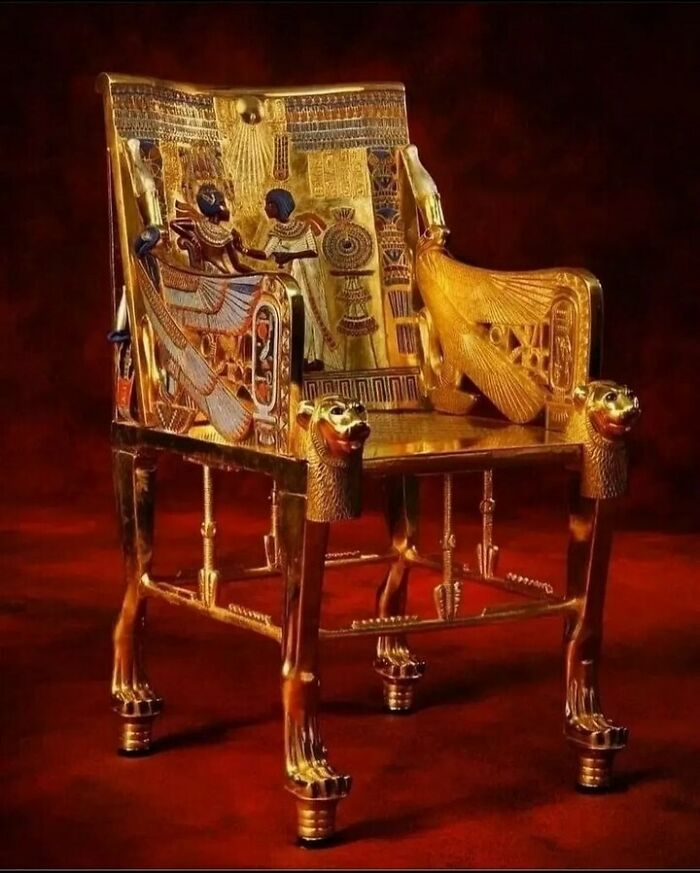
Image credits: archeology_and_art
#60 Roman Mosaic: Reclining Skeleton With The Caption 'Know Thyself', C. 4th Century Ad. Now On Display At The Baths Of Diocletian In Rome, Italy
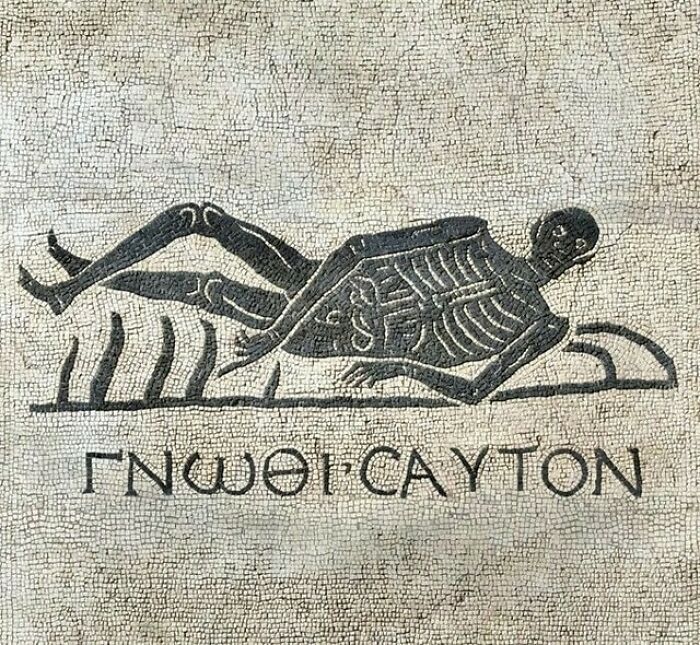
Image credits: archeology_and_art
#61 Persepolis, Iran
The ancient city of Persepolis in modern-day Iran was one of four capitals of the sprawling Persian Empire. Built beginning around 520 B.C., the city was a showcase for the empire’s staggering wealth, with grand architecture, extravagant works of silver and gold, and extensive relief sculptures such as this one portraying envoys with offerings for the king.The height of Persian rule lasted from about 550 B.C. until 330 B.C., when Alexander the Great overthrew the ruling Archaemenid dynasty and burned Persepolis to the ground
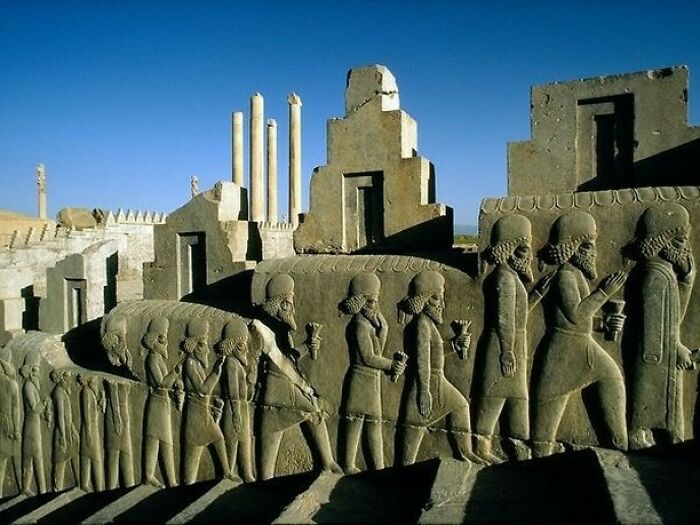
Image credits: archeology_and_art
#62 Agate Fossil Coral Reveals Small Flowers
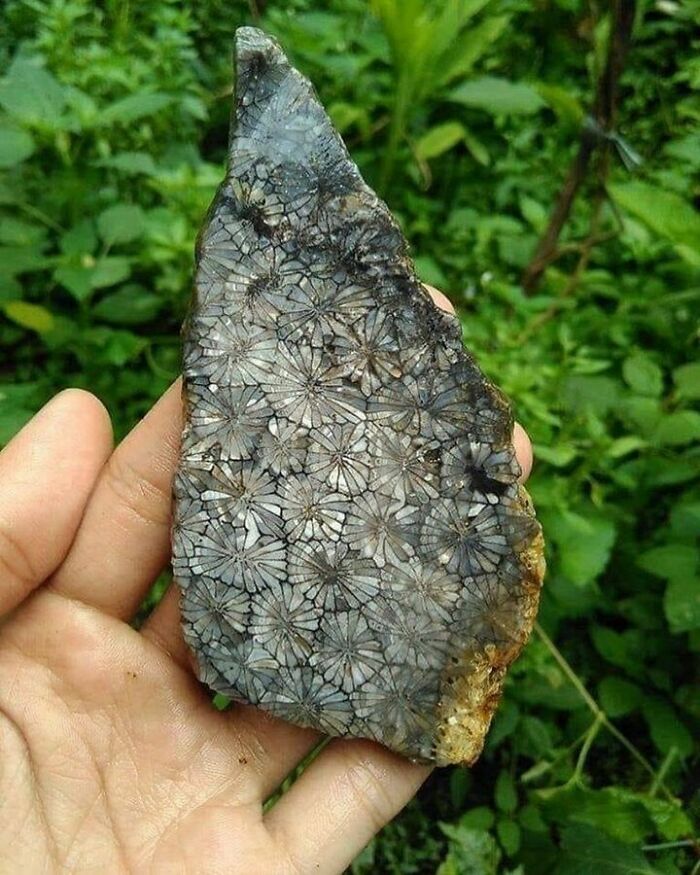
Image credits: archeology_and_art
#63 Amer Fort Is A Fort Located In Amer, Rajasthan, India
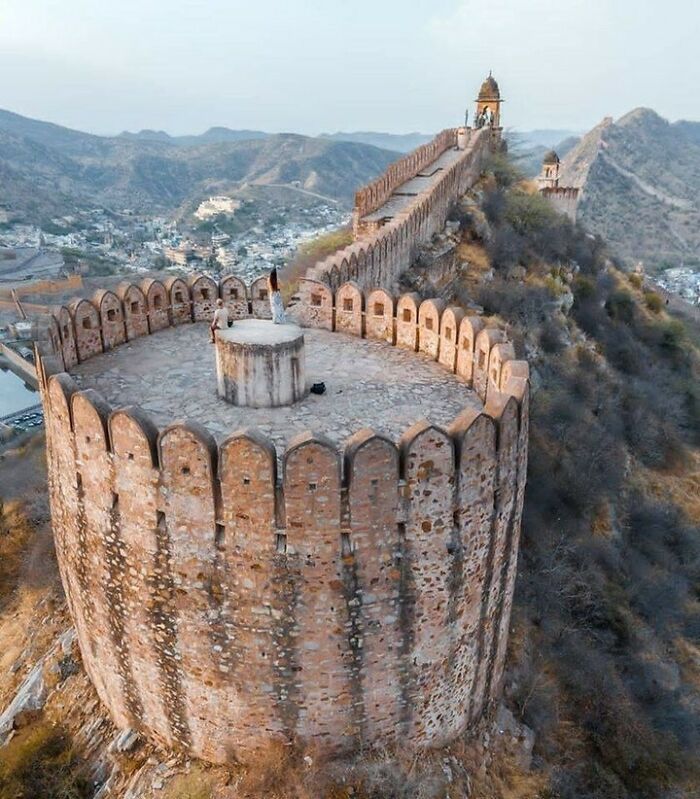
Image credits: archeology_and_art
#64 The Caryatids,erechtheion,acropolis Of Athens
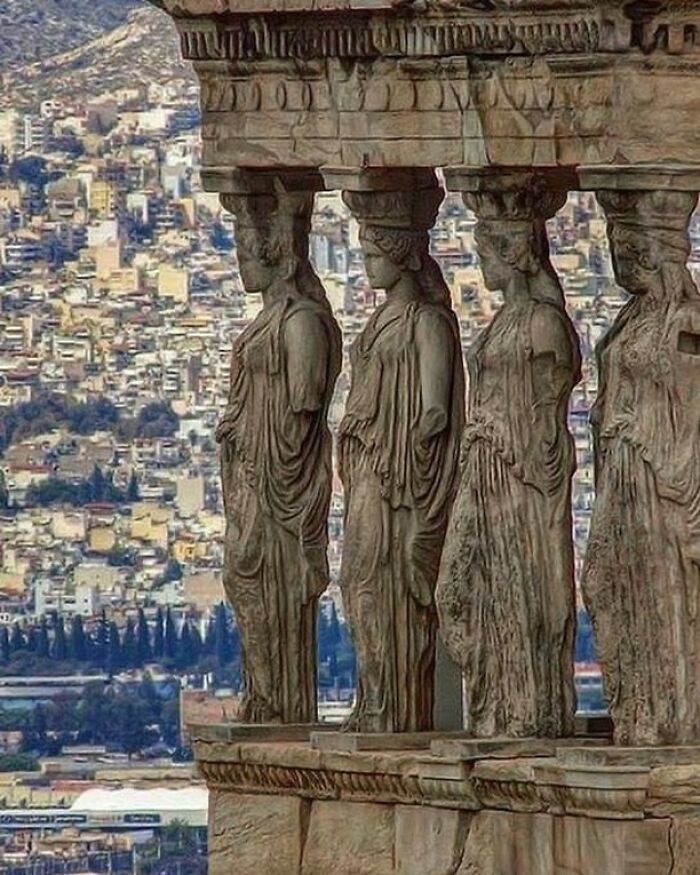
Image credits: archeology_and_art
#65 Gold And Lapis Lazuli Pendant Necklace Depicting Aphrodite Anadyomene, Byzantine, 7th Century Ad
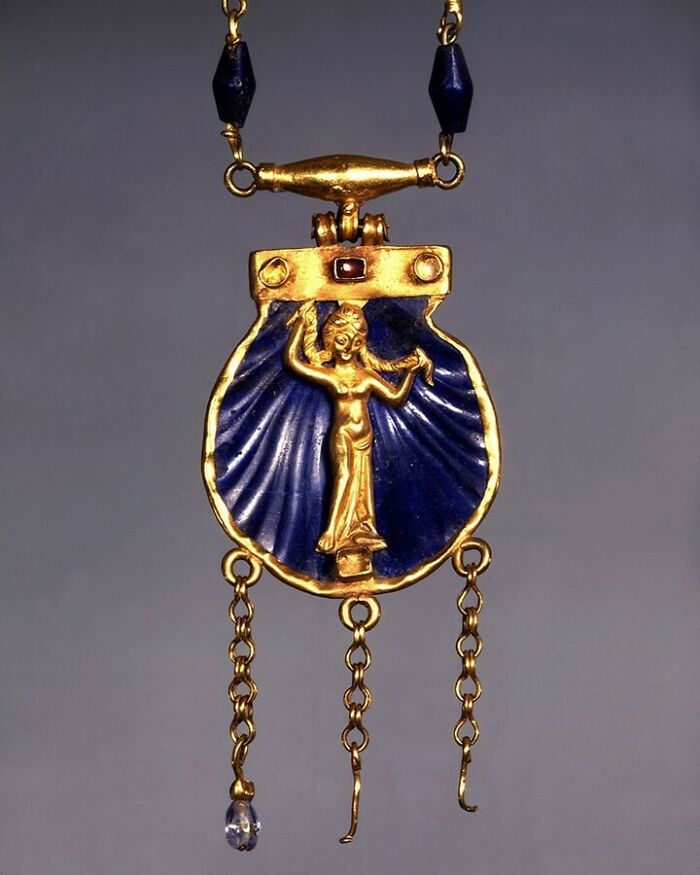
Image credits: archeology_and_art
#66 Juana De Arco
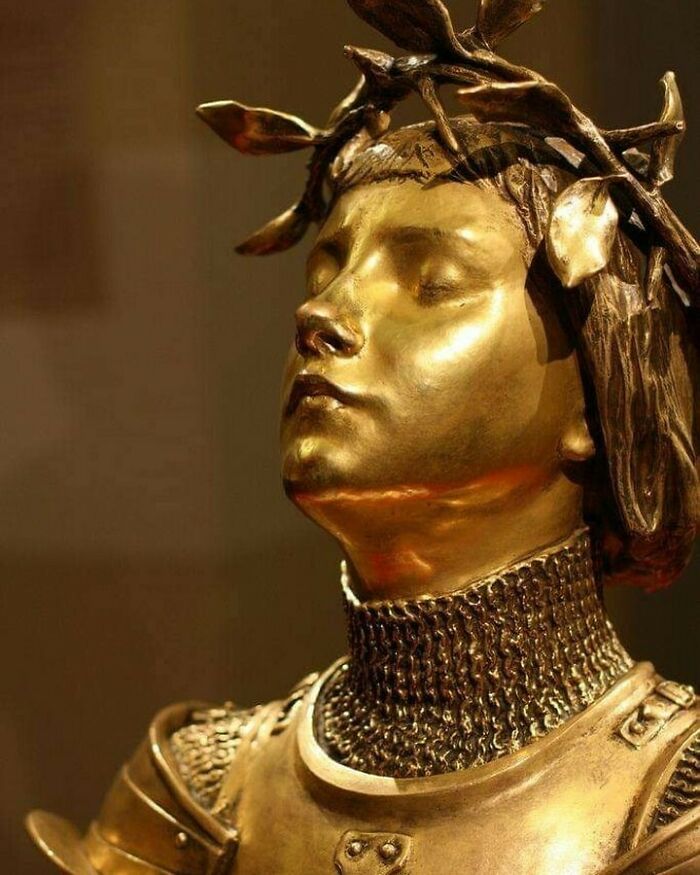
Image credits: archeology_and_art
#67 Azteec Tecpatl Obsidian Knives
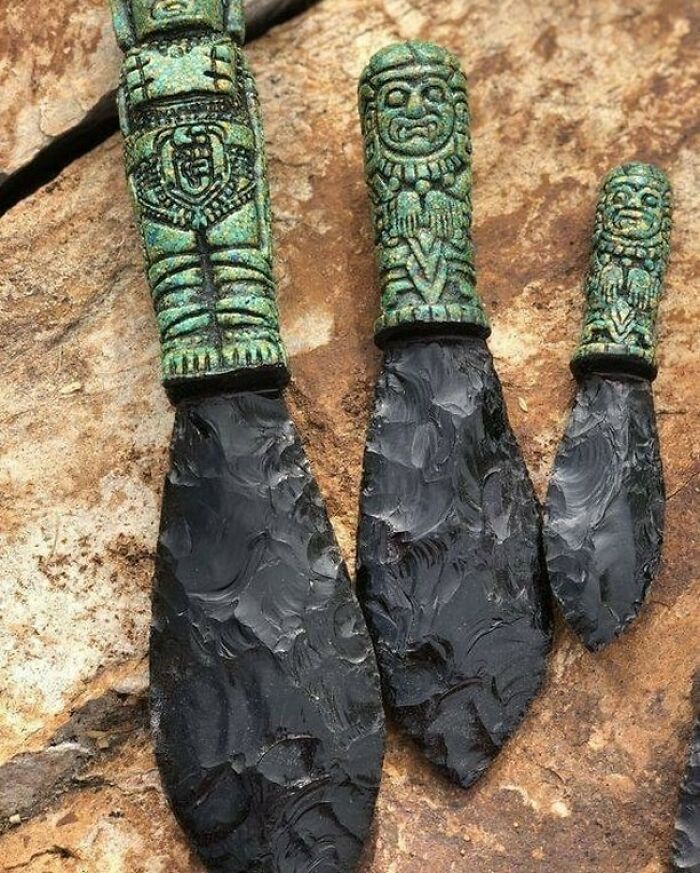
Image credits: archeology_and_art
#68 Lapis Lazuli And Gold Horus Falcon.egyptian, Late Period, Dynasty 27
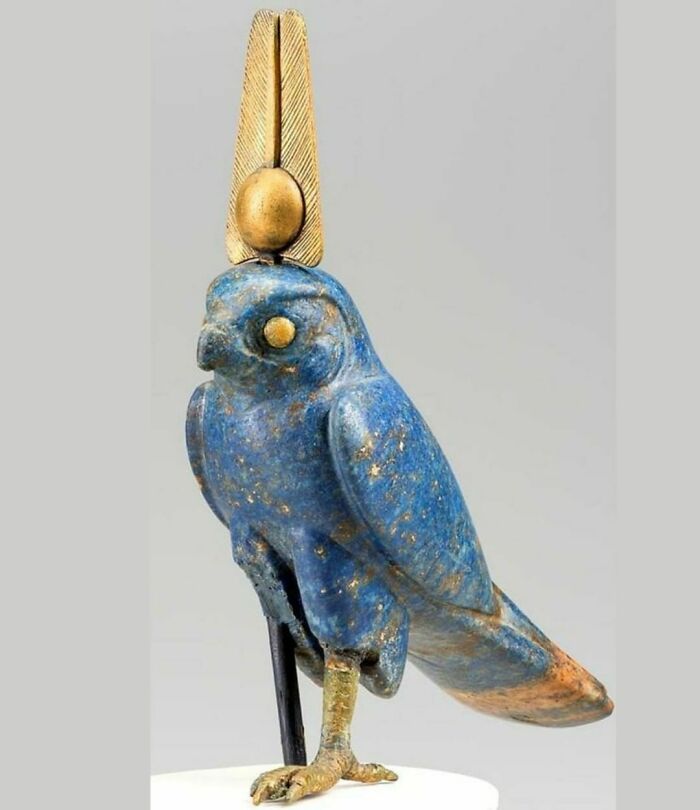
Image credits: archeology_and_art
#69 Ancient Egyptians Wonders
This is what the ancient Egyptian reached , most notably in sculpture , from more than 3,500 years , the great Kemet The pinnacle of medical development in clearly knowing the muscular structure The mummification process had a purely medical face It is a major operation that required those who Perform it to be fully anatomy , pharmacology and aware of medical sciences such physiology , which the ancestors excelled in. Modern science has proven that the muscular anatomy of the female body shows that the mammary glands responsible for the production of milk in the breast resemble a flower. And the summit of genius engineering with a scientific , medical and engineering reference.
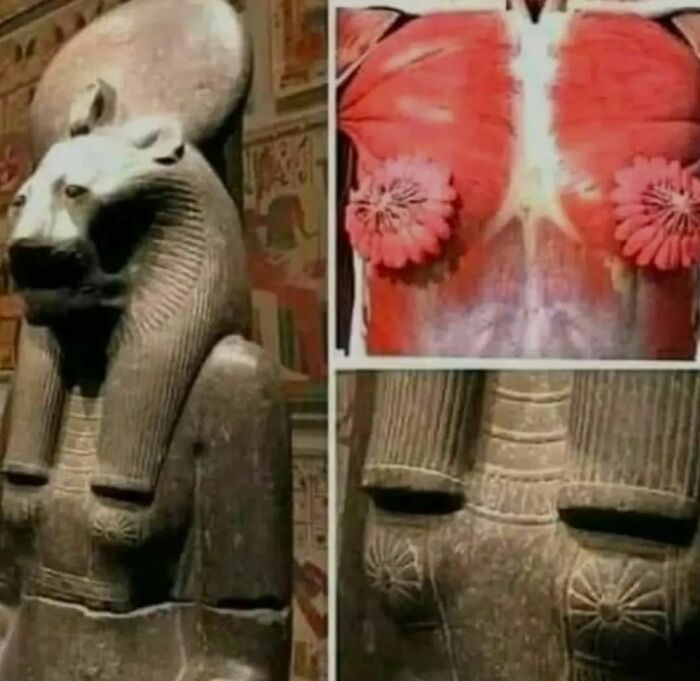
Image credits: archeology_and_art
#70 Details Of The Divriği Great Mosque And Hospital, Built In The 13th Century In The Sivas Province Of Turkey
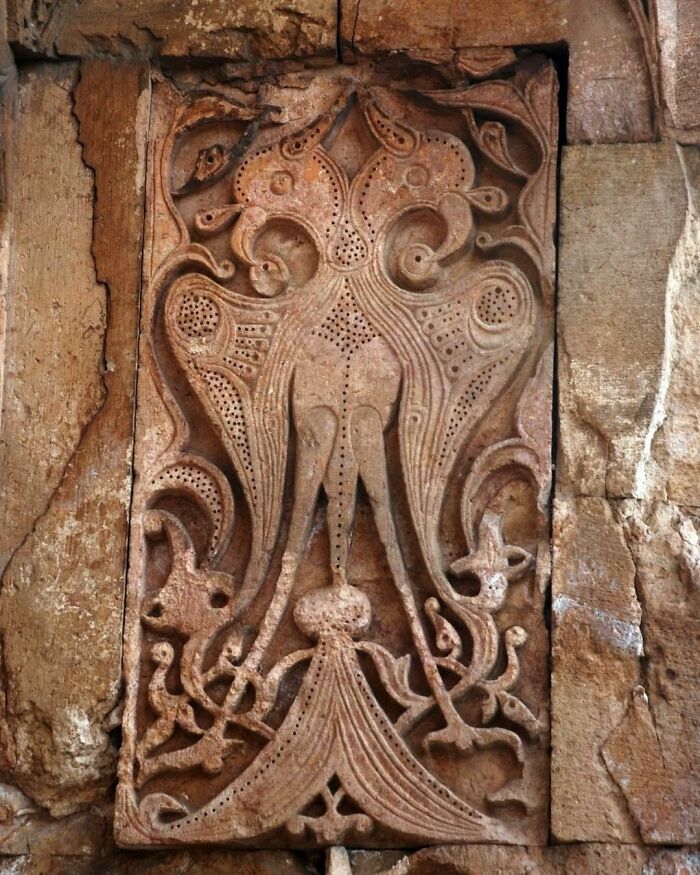
Image credits: archeology_and_art
#71 The Palace Of King Ardashir I (R. 224-240 Ce), The Founder Of The Persian Sasanian Empire, Was Built Around 224 Ce Opposite The City He Had Founded, Ardashir-Khurrah (“Glory Of Ardashir”), On The Bank Of The Western Branch Of Tangab River. The Structure Consisted Of Several Parts Opening To A Garden With A Pool And Contained Three Domes, Resembling The Parthian Palace At Ctesiphon
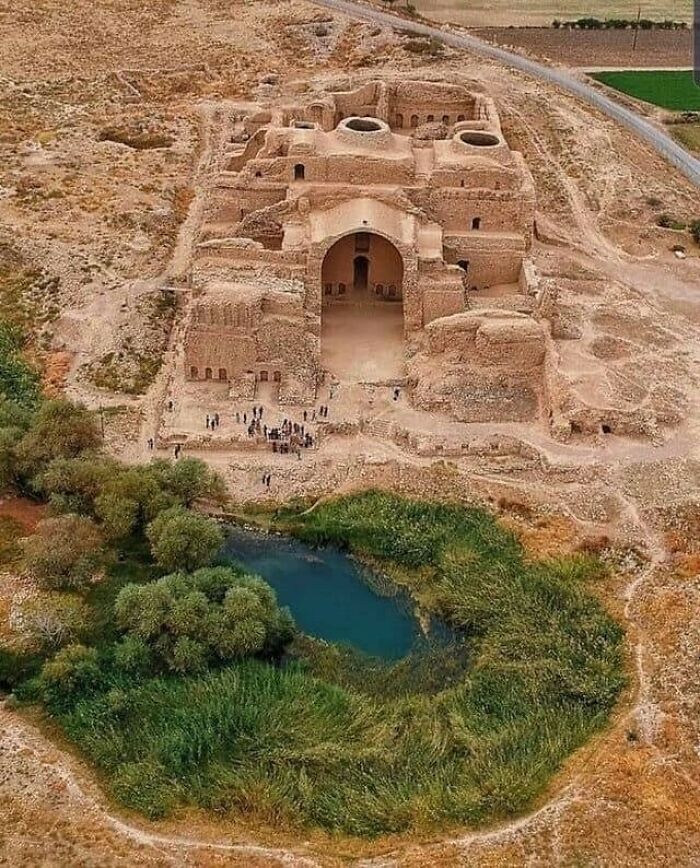
Image credits: archeology_and_art
#72 Gold Bracelet From The “House Of The Faun”, Pompeii Worn On The Arm Rather Than The Wrist, The Snake-Shaped Bracelet Was A Classic Of Roman Fashion From The 1st Century Ad
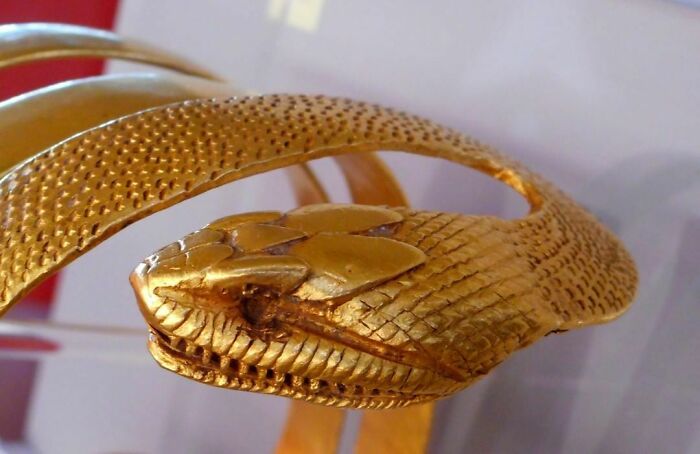
Image credits: archeology_and_art
#73 Roman Bottle-Amulet With Wicker Beading, 3rd-2nd Century Bc
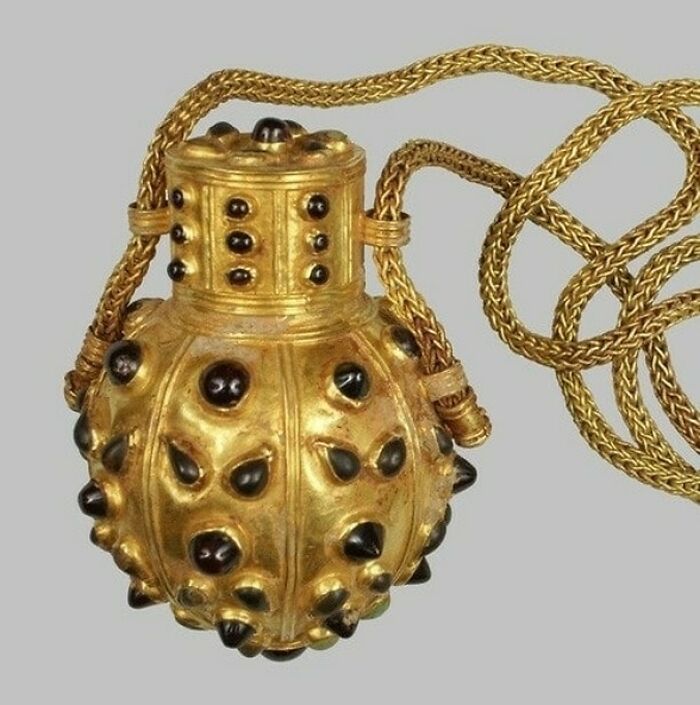
Image credits: archeology_and_art
#74 Yemen Shahare Mountains And Birch Pass
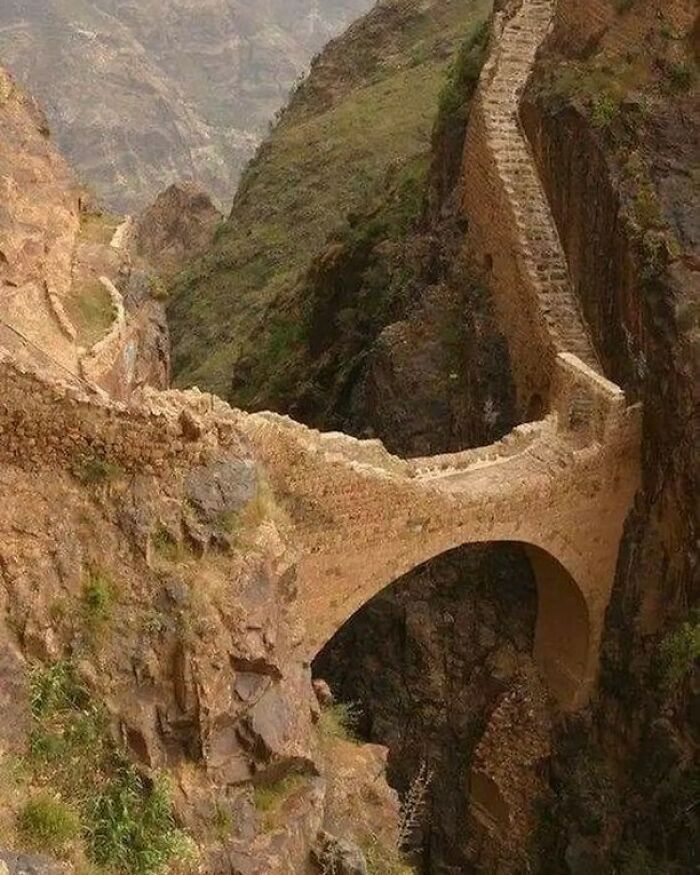
Image credits: archeology_and_art
#75 Ashurnasirpal II Prays In Front Of God Symbols. A Close-Up View Of The Stela Of The Great Assyrian King Ashurnasirpal II, 9th Century Bce. The British Museum
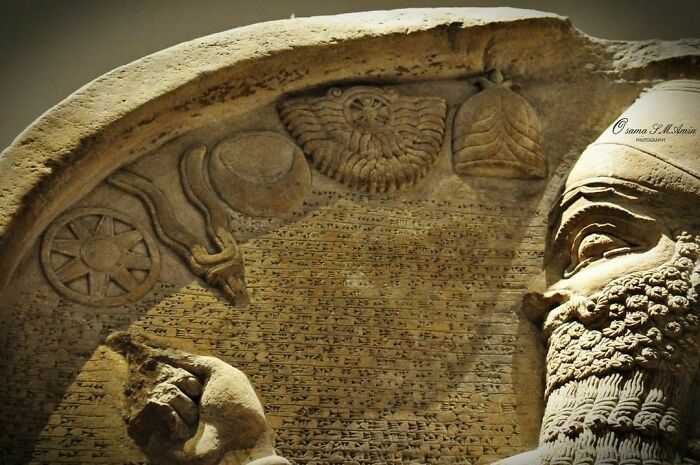
Image credits: archeology_and_art
#76 Mosaic From The Baths Of Caracalla, Rome, Vatican Museums, Gregorian Profane Museum. First Half Of The 4th Cent. Ad
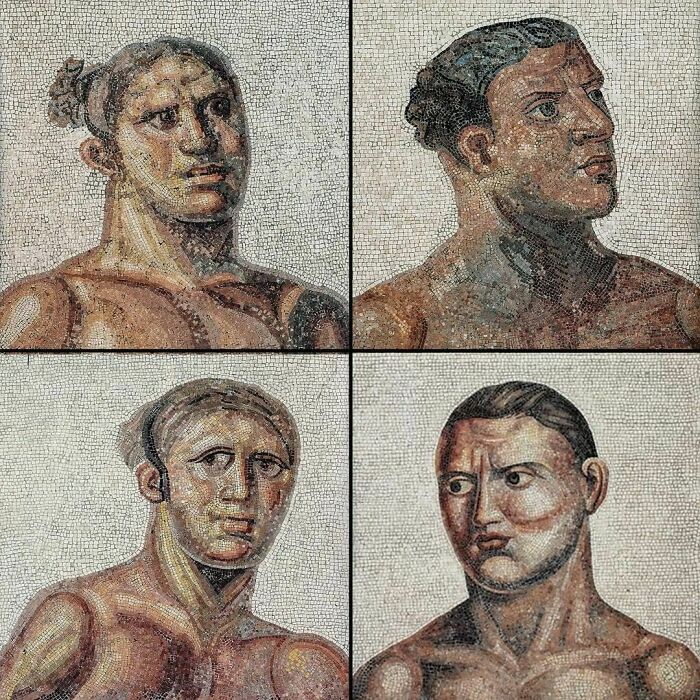
Image credits: archeology_and_art
#77 Ancient Greek Electrum Ring, Dated To The Classical Period, And More Specifically To The 4th Century Bce. The Bezel Is Inscribed With A Hunter Chasing A Boar
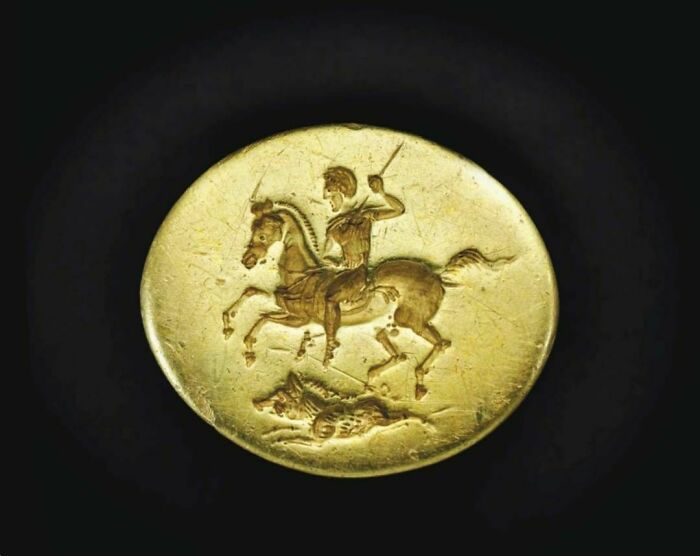
Image credits: archeology_and_art
#78 Portrait Of A Greek Poet (Sophocles?) In Bronze And Copper. 2nd-1st C.bc. Hellenistic Sculpture From Asia Minor, Perhaps From Smyrna
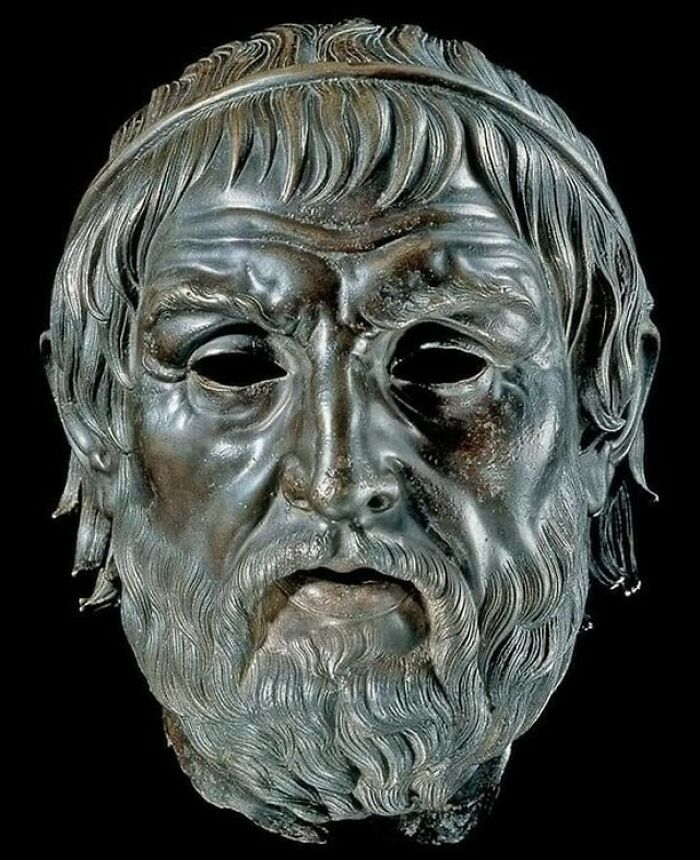
Image credits: archeology_and_art
#79 A Tiny Devil Vitrified In A Prism Of Glass. In The 18th Century, The Imperial Treasury Of Vienna Attested That This Was A Real Demon Which Had Been Trapped In Glass During An Exorcism In Germany A Century Earlier. from The Kunsthistorisches Museum Collection, Vienna
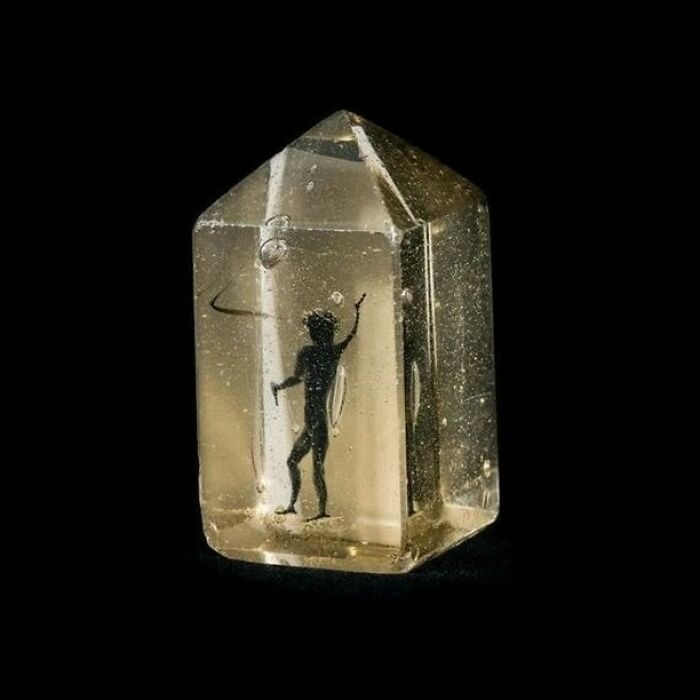
Image credits: archeology_and_art
#80 Gaocheng Astronomical Observatory, Also Known As The Dengfeng Observatory, Built In 1276, Near Dengfeng In Henan Province, China
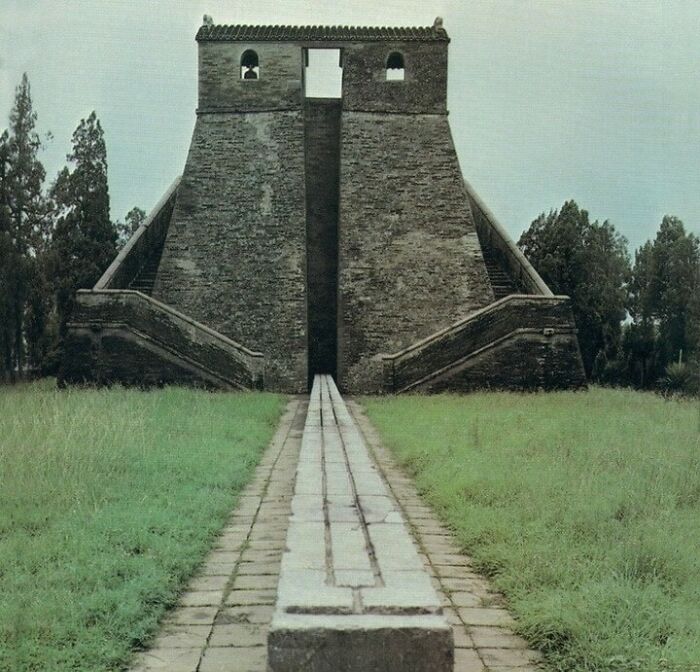
Image credits: archeology_and_art
#81 #byzantine Mosaic Detail From Great Palace Mosaic Museum
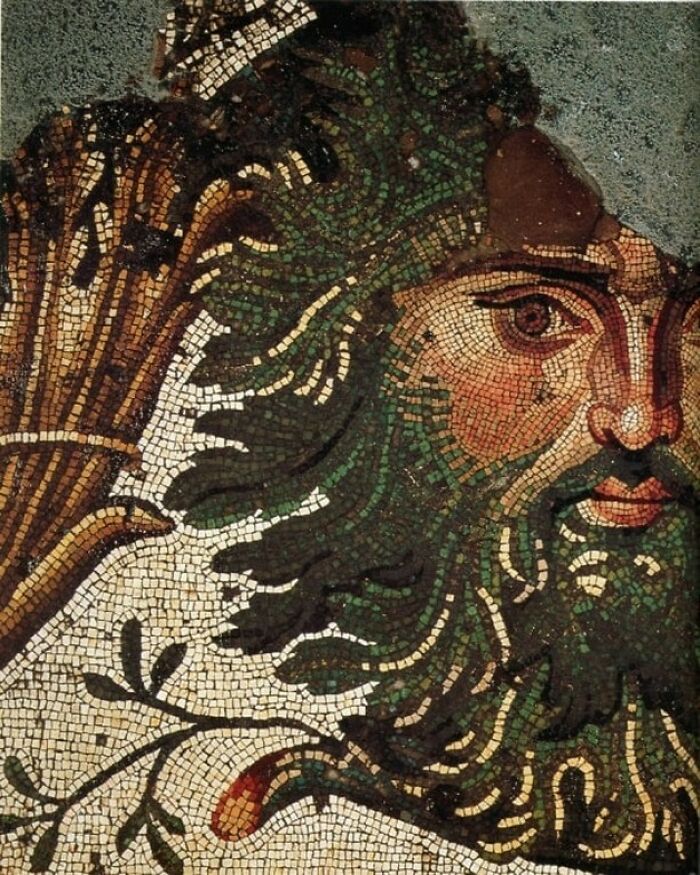
Image credits: archeology_and_art
#82 ‘A Cluster Of Rats’, A Japanese Netsuke (Small Sculpture) Dated Late 19th Century
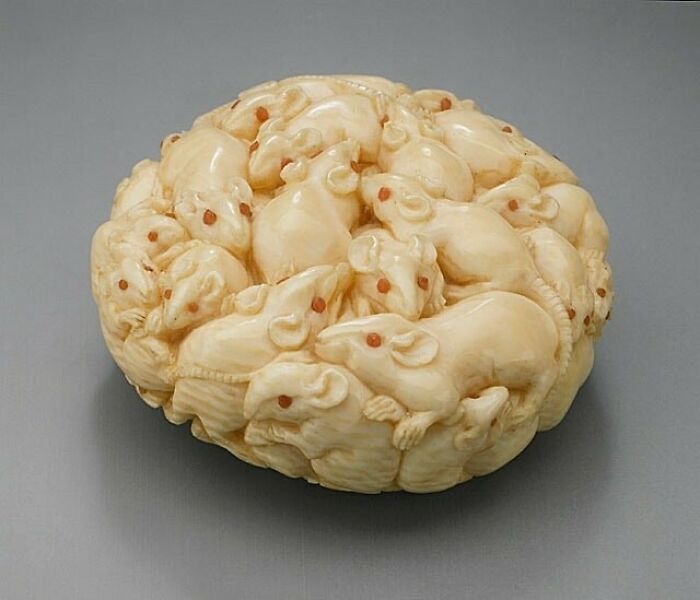
Image credits: archeology_and_art
#83 Gold Bars, Roman, 4th Century Ad From The Hungarian National Museum
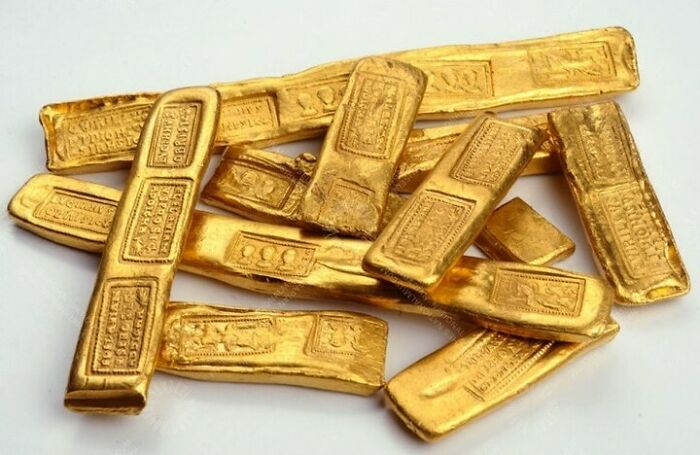
Image credits: archeology_and_art
#84 Petra-Jordan
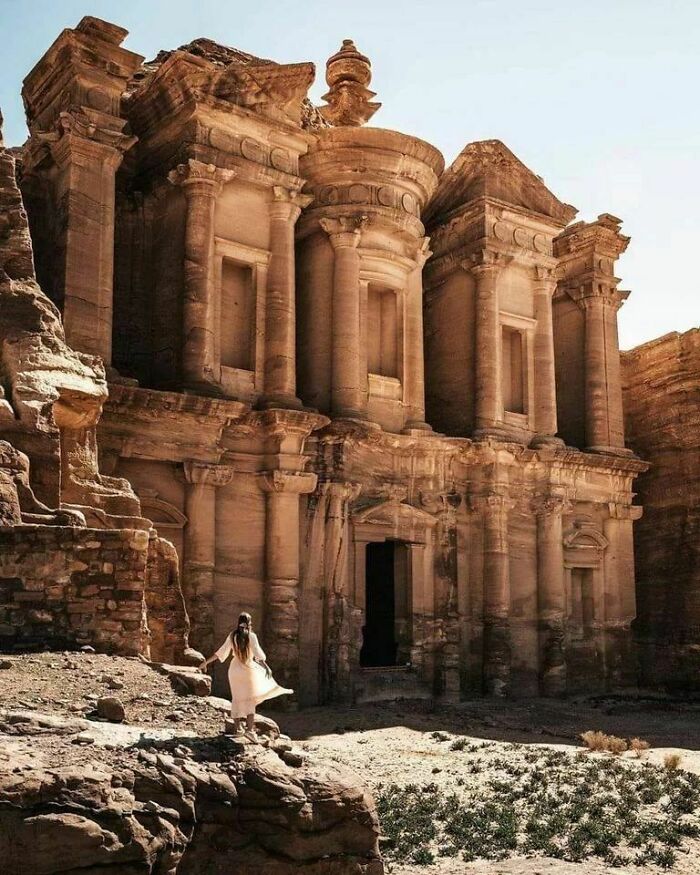
Image credits: archeology_and_art
#85 The First Temple Burned Down After The Battle Of Lade In 494 Bc. After Alexander The Great Took This Area From The Persian Empire, A New Mausoleum Was Built
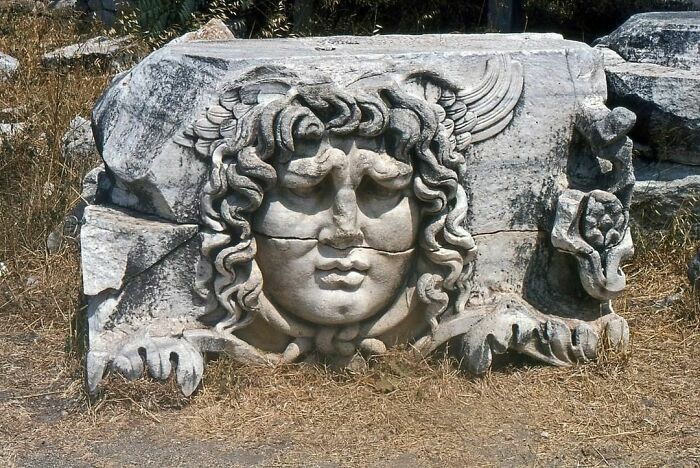
Image credits: archeology_and_art
#86 Guardian In The 18th Dynasty Tomb Of Panehesy, First Servant In The Temple Of Aten. Northern Tombs Of Tell El Amarna, Ancient Akhetaten
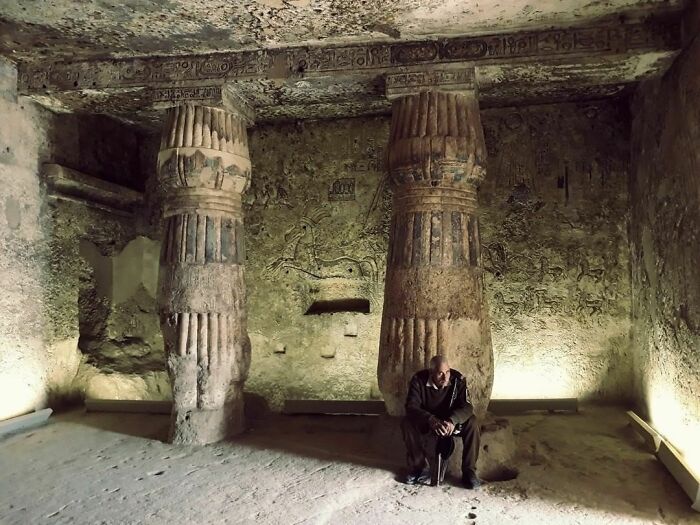
Image credits: archeology_and_art
#87 Ritual Axe Decorated With Skulls And Crown Motifs. It's Made From Gilded Bronze And Rock Crystal. Kham Region. Derge, Tibet Or China. 16th To 17th Century Ad
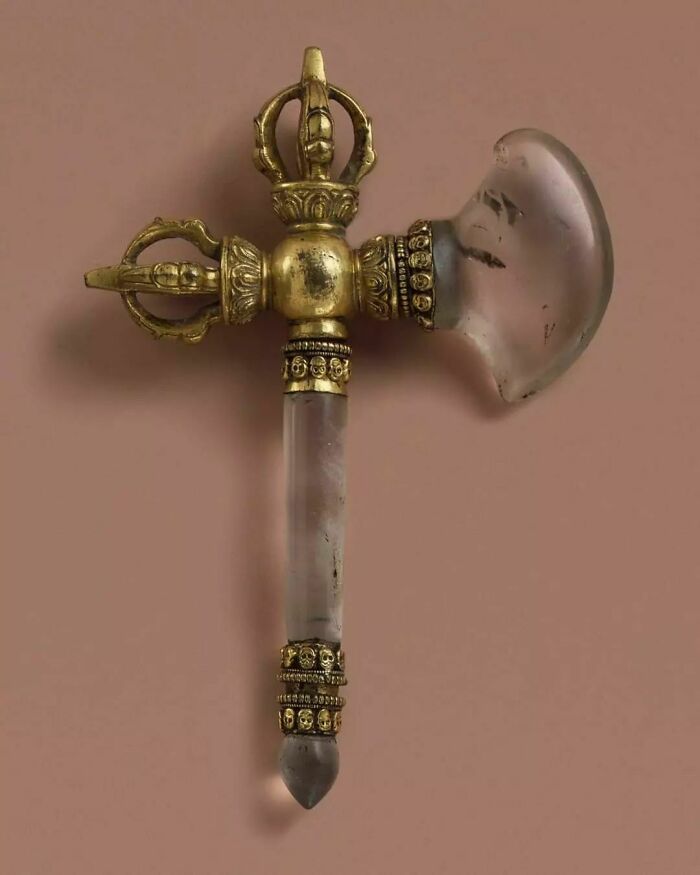
Image credits: archeology_and_art
#88 Architectural Sculpture From Persian Audience Hall Of Darius I. Capital In The Shape Of A Bull. 518 Bce-460 Bce
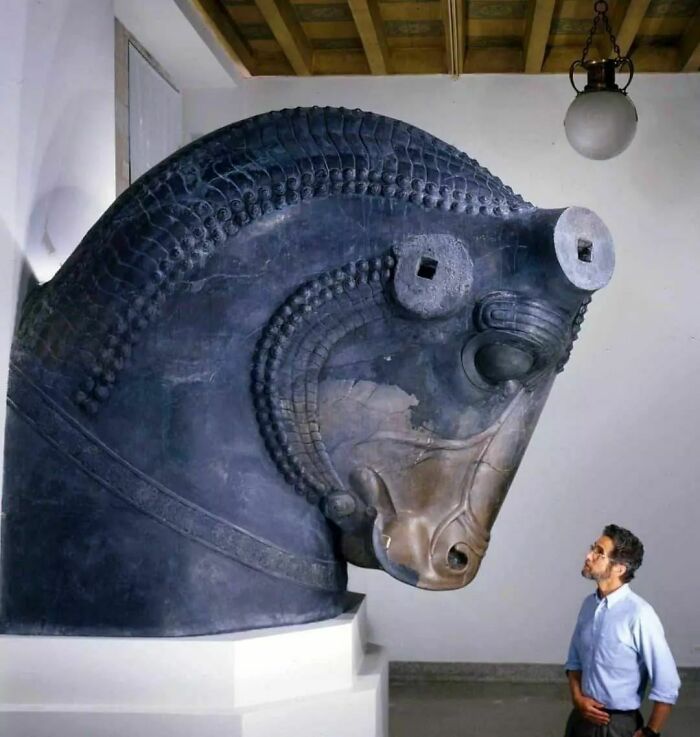
Image credits: archeology_and_art
#89 Emerald Wine Cup18th Century. India (Mughal) Carved Emeralds Set With Gold Mounts Dated
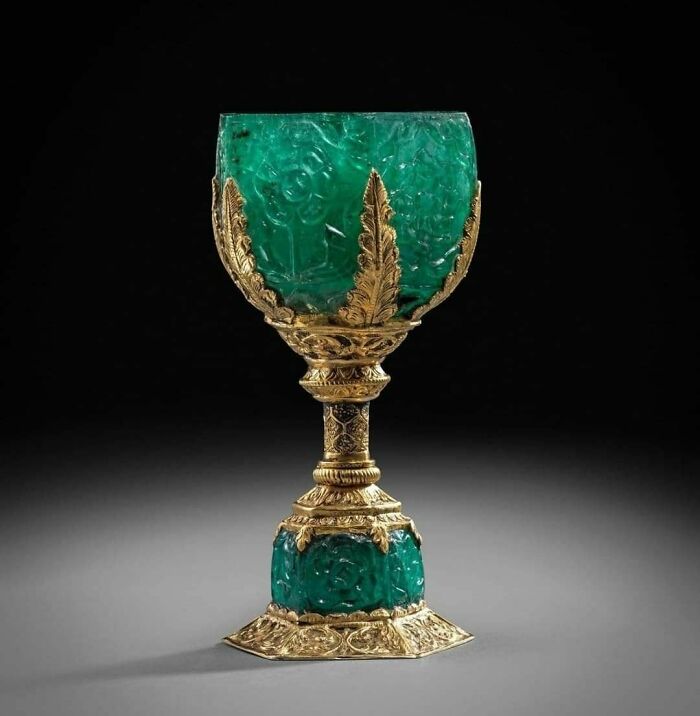
Image credits: archeology_and_art
#90 Detail Of A Bronze Statuette Of Poseidon, Found In The Sea, In The Gulf Of Livadostra In Boeotia, At The Site Of Ancient Kreusis, The Port Of Plataiai. 480 Bc
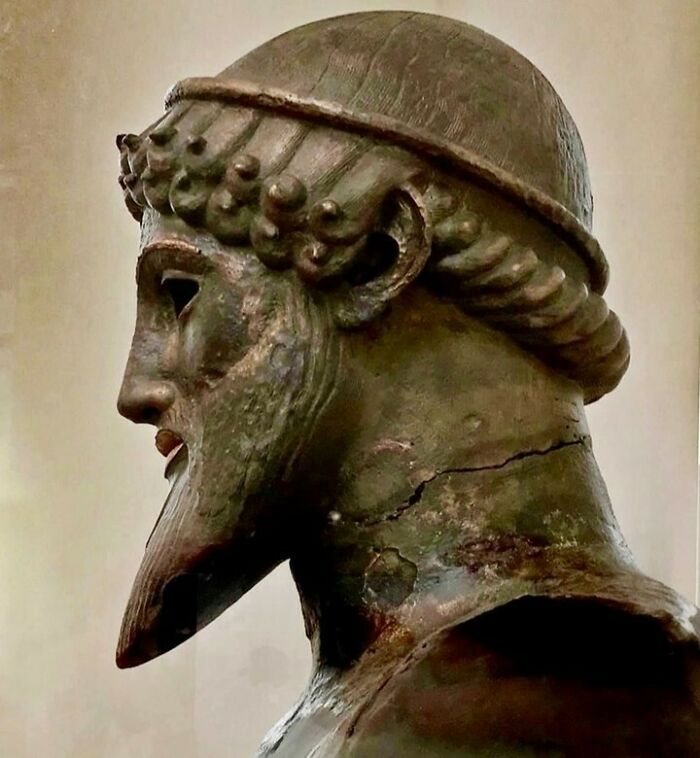
Image credits: archeology_and_art
#91 Relief Depicting Emperor Trajan (53-117 Ad) As A Pharaoh Offering The Barque. Temple Of Hathor, Dendera
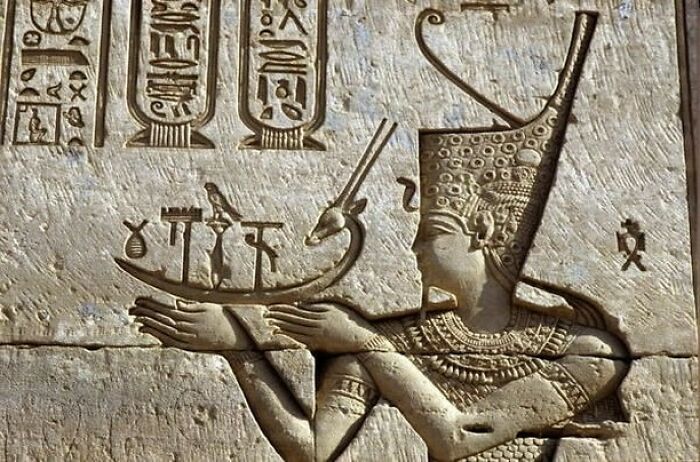
Image credits: archeology_and_art
#92 Gallery Of 2 Images.the Oldest Swords In The World. In The Arslantepe Site, Turkey, Excavations Carried Out In The 1980s Found Swords And Daggers Forged With An Arsenic-Copper Alloy, Between 45 And 60 Cm Long, About 5,000 Thousand Years Old
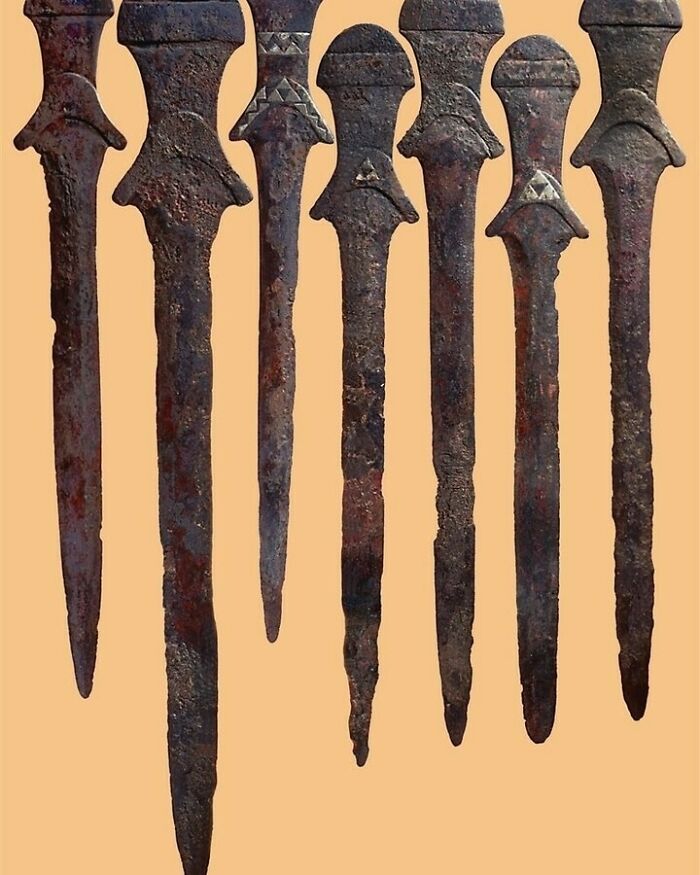
Image credits: archeology_and_art
#93 Zoomorph B In Quiriguá (1902), A Maya Site In South-Eastern Guatemala. It Was Dedicated In 780 By K'ak Tiliw Chan Yopaat, The Ruler Of Quiriguá. The Zoomorph Is 4m Long And Weighs Several Tonnes, And Traces Of Red Pigment Have Been Found On It
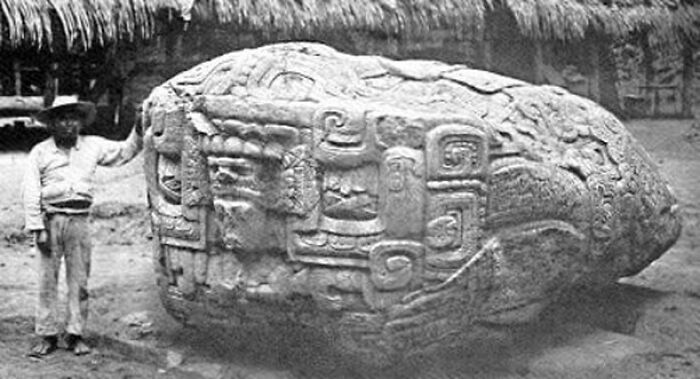
Image credits: archeology_and_art
#94 Maran Shamash (Lord Sun), The Main God Of Hatra, An Ancient City In Upper Mesopotamia Located In Present-Day Eastern Nineveh Governorate In Northern Iraq, The City Whose Full Name Was Hatra Shamash
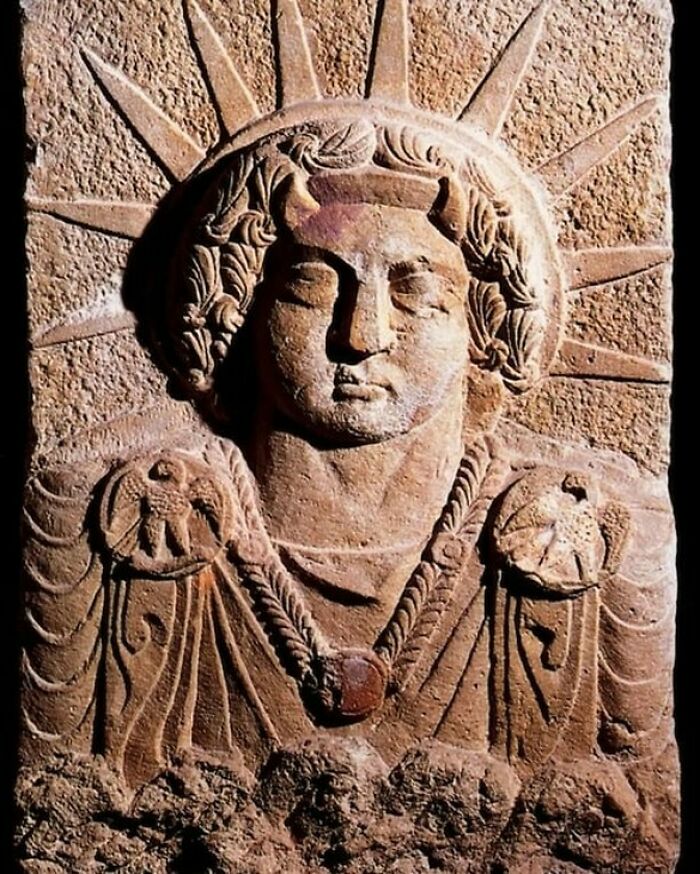
Image credits: archeology_and_art
#95 Carved Relief On The Staircase Leading To The Tripylon At Persepolis, Depicting A Lion Attacking A Bull. Darío's Palace. The Tripylon ("Triple Gate") Connects The Apadana And The Hall Of Hundred Columns
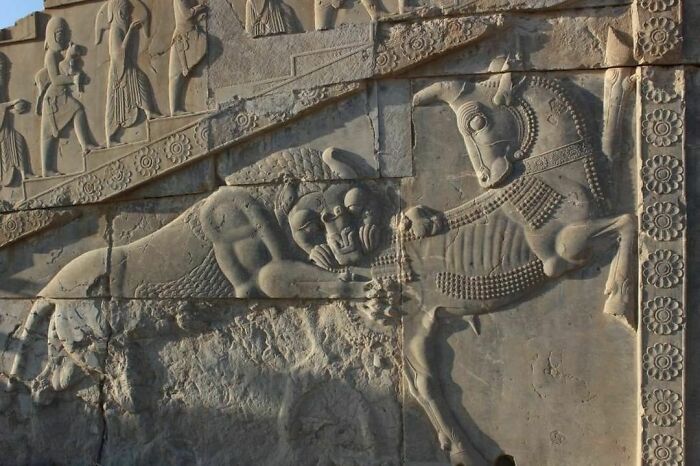
Image credits: archeology_and_art
#96 Uxmal, Yucatán, México
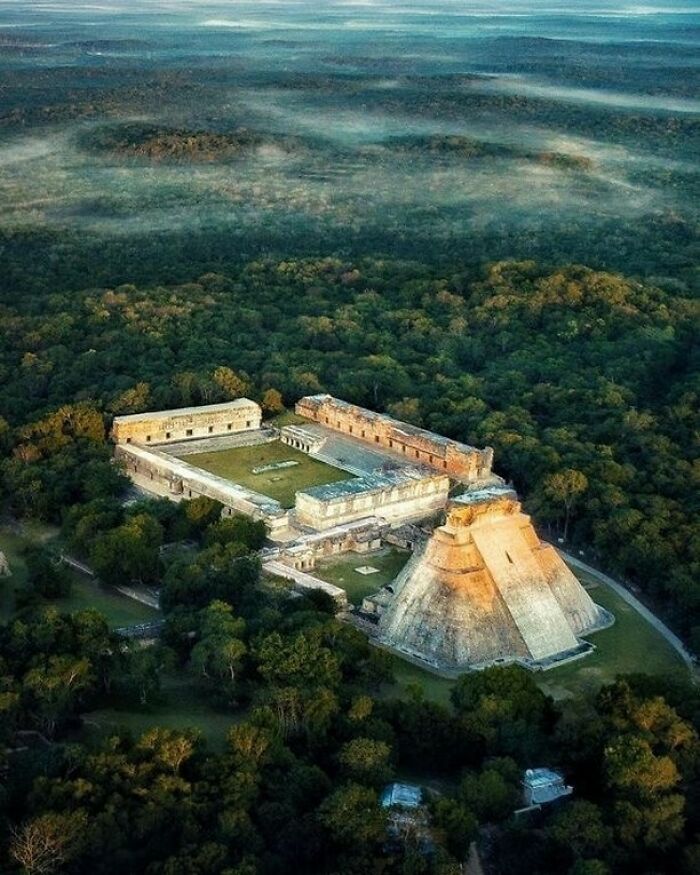
Image credits: archeology_and_art
#97 Temple Of Khnum, Esna, Egypt
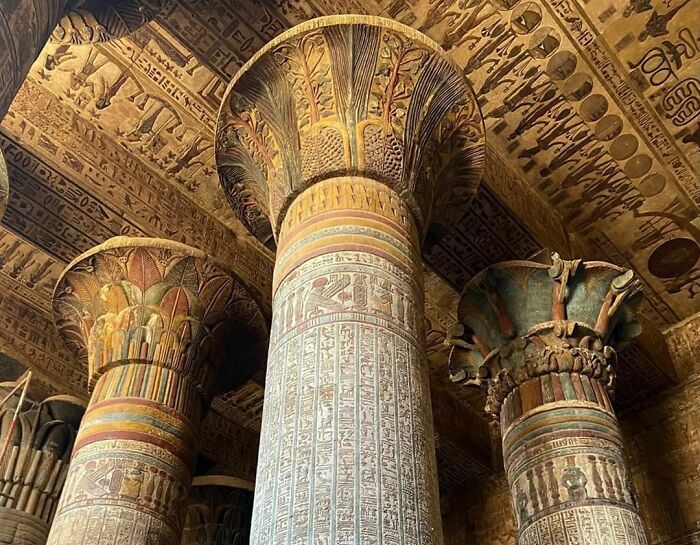
Image credits: archeology_and_art
#98 Gallery Of 2 Images.sarcophagus Of Psusennes I, Pharaoh Of The 21st Dynasty Who Ruled Around 1047-1001 B.c. Silver In Ancient Egypt Was A Rare And Scarce Material, More Than Gold. It Was Associated By Its Pale Color To The Moon, To Purity ... To The Pharaohs
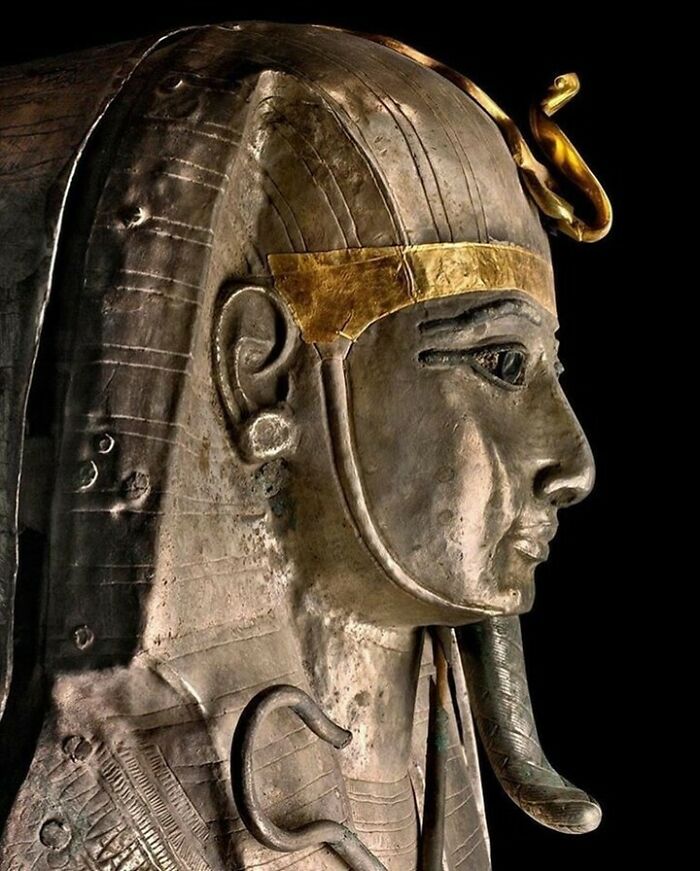
Image credits: archeology_and_art
#99 Virgin Mary And Christ Child From Hagia Sophia
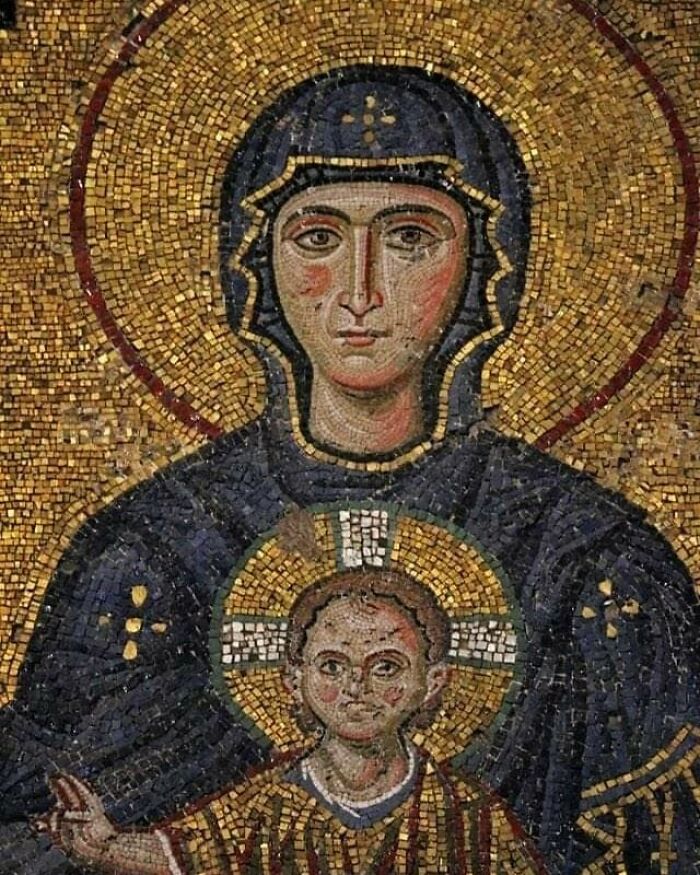
Image credits: archeology_and_art
#100 Neo-Assyrian Head Of Pazuzu, Circa 8th-7th Century Bc
Pazuzu was an Assyrian and Babylonian demonic god of the 1st millennium BC. He normally has a dog-like face like here, and where his body is depicted he has a scaly torso, a snake-headed penis, the talons of a bird and usually wings. Although Pazuzu was a malevolent force, his image was used on amulets to ward off his enemy Lamashtu, a female demon that preyed on newborn babies and their mothers. The amulet was either worn by the mother or child and larger ones were placed above their bed on a wall. His legend was adapted and used in The Exorcist films
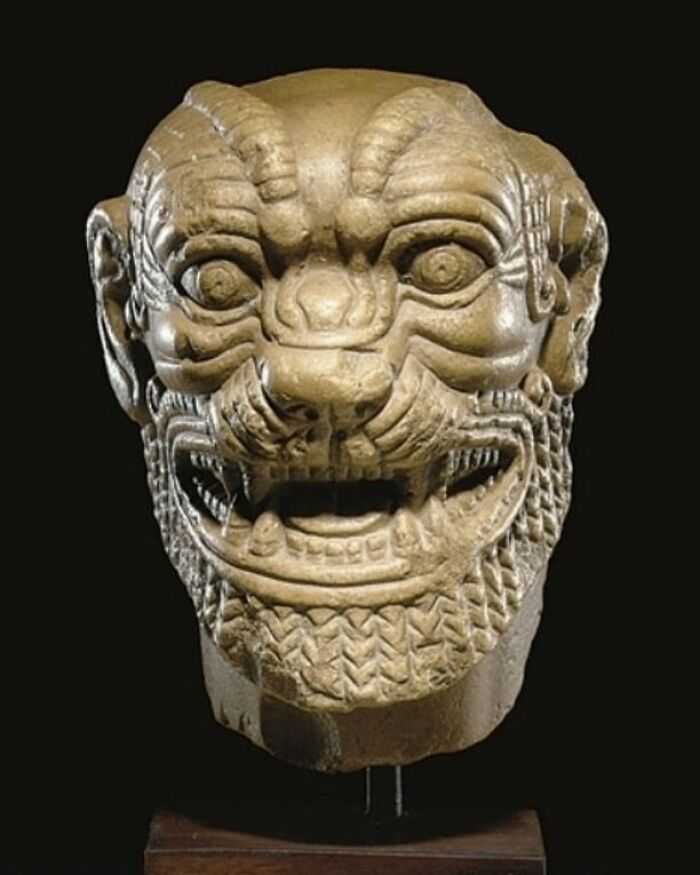
Image credits: archeology_and_art
#101 A Small Hoard Of Gold And Silver Items Uncovered In What Is Now Pakistan, 2nd-3rd Century Ad
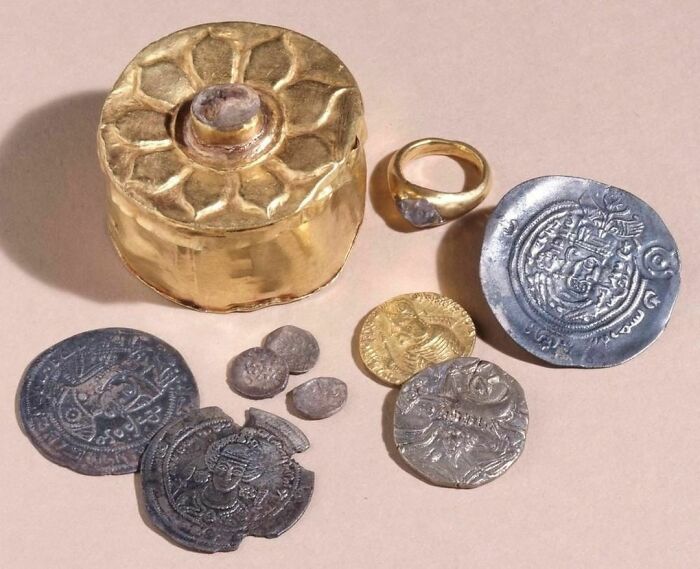
Image credits: archeology_and_art
#102 Silver And Turquoise Ring, Persian, 11th-12th Century
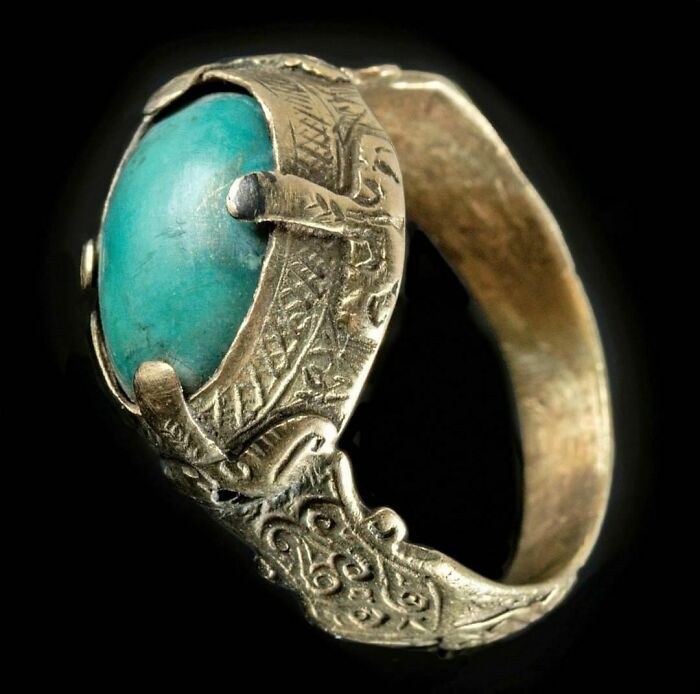
Image credits: archeology_and_art
#103 The Sun God, Helios, On A Black Basalt Shrine Surmounted By A Bronze Lamp, 3rd Century Ce, Syria, The Fitzwilliam Museum, Cambridge
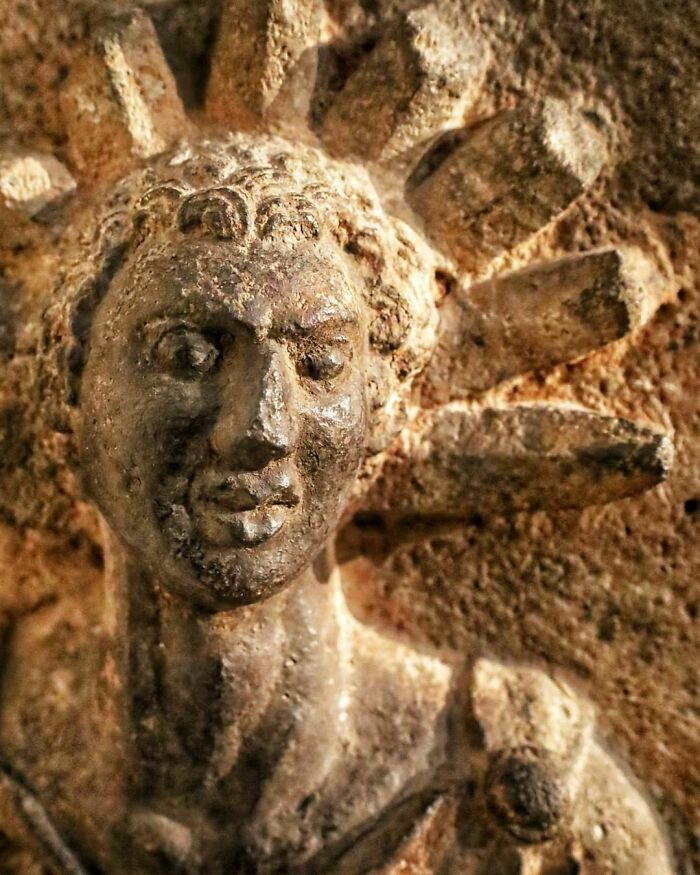
Image credits: archeology_and_art
#104 “Bronze Figure With Towering Hair,” From The Sanxingdui (Modern-Day Sichuan, China) Archaeological Site, Dating To Around 1100 Bce
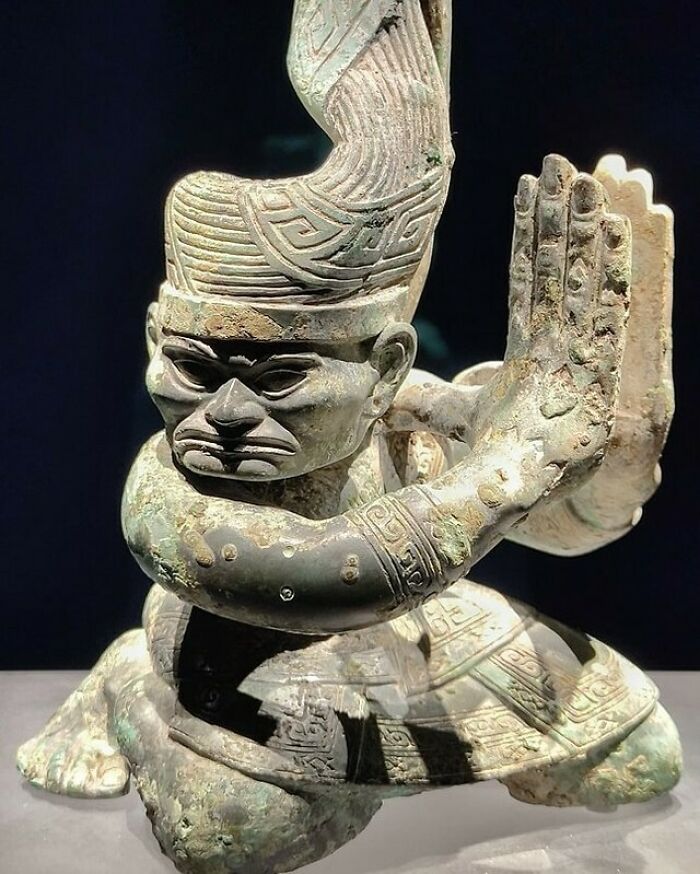
Image credits: archeology_and_art
#105 A Roman Road Discovered While Excavating For A New McDonald's In Marino, Italy. They Incorporated A Glass Floor In The Restaurant After Excavations Were Complete
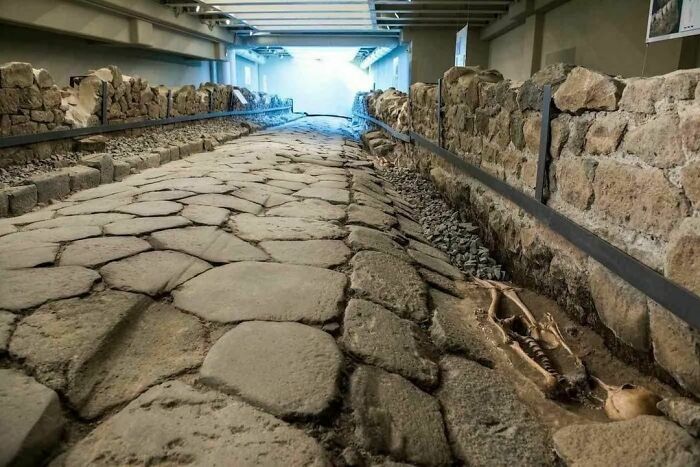
Image credits: archeology_and_art
#106 Rock Tomb In The Phrygian Valley (Frig Vadis), Turkey
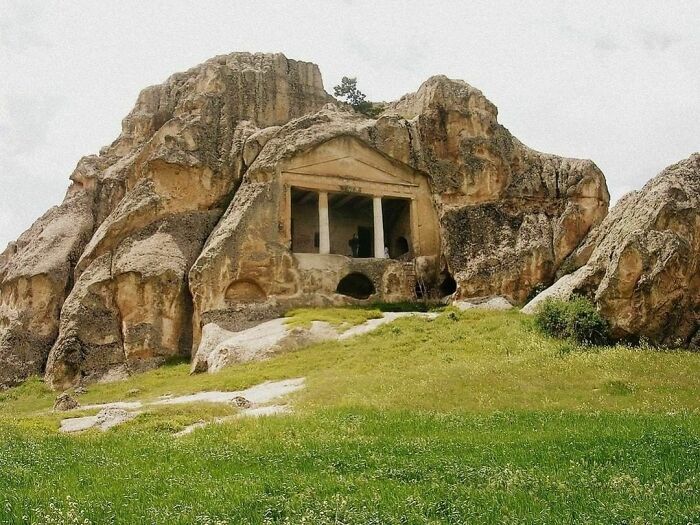
Image credits: archeology_and_art
#107 Eccentric Flints, Such As This, Were Sacred, High Status Offerings And Evidence Of The Skill And Technology Of The Mayan Workshops
The delicate tan chert or flint is finely knapped with two opposing deity profile heads, projects extending from their sloping heads, a pointed blade separates the two profiles, and a tapered base at the bottom may have been attached to a staff or scepter.
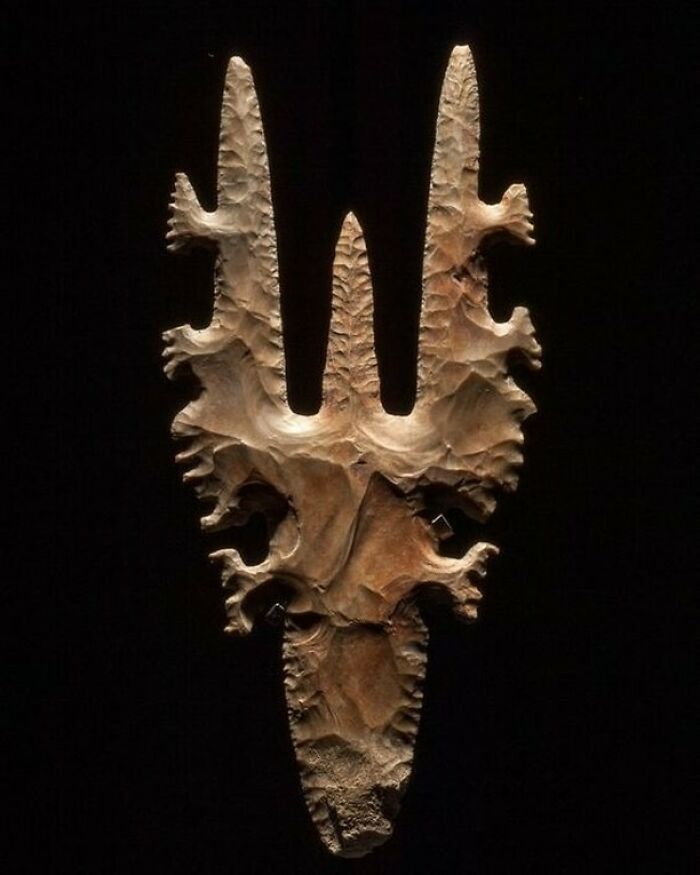
Image credits: archeology_and_art
#108 1920 C. This Is Perhaps The Most “Liked” Post I Ever Made! So Here It Is Again, Just In Case You Missed It! Bangle Bracelet Of Yellow Gold, Platinum, Diamond, Plique-Jour And Cameo. From Art Nouveau Around The World, Fb
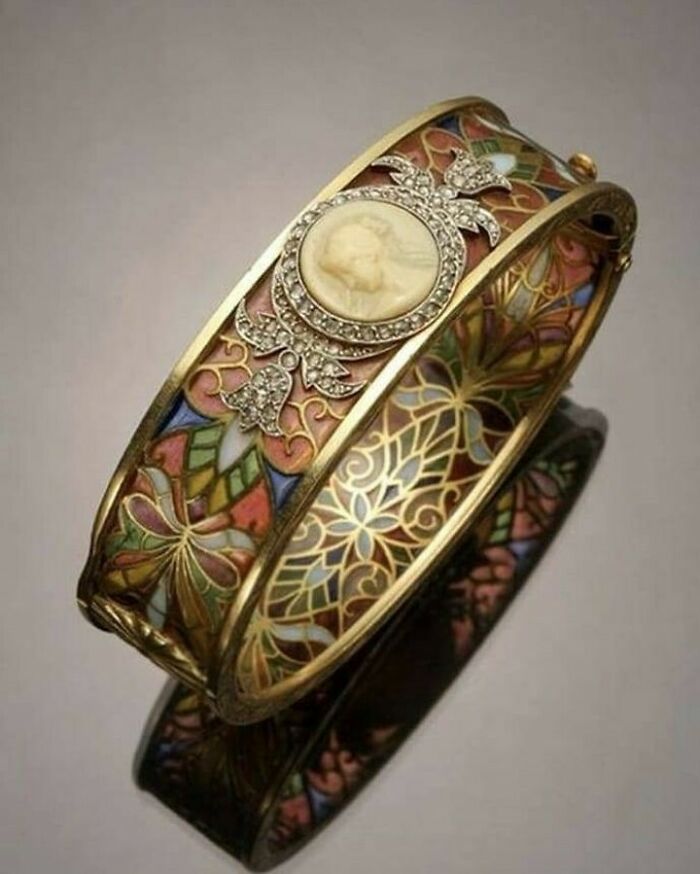
Image credits: archeology_and_art
#109 ‘Double Bat-Head Figure Pendant’, Veraguas Culture, Chiriquí, Panamá (11th-15th Century Ce)
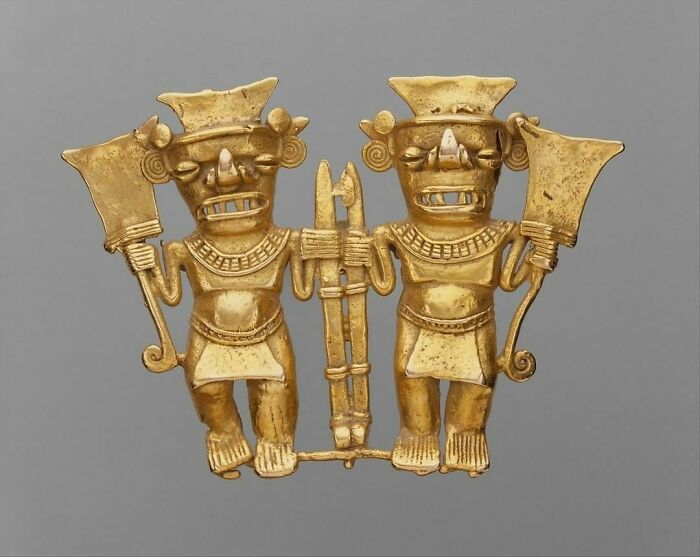
Image credits: archeology_and_art
#110 Beautiful Bird View Of The Colosseum.rome, Italy
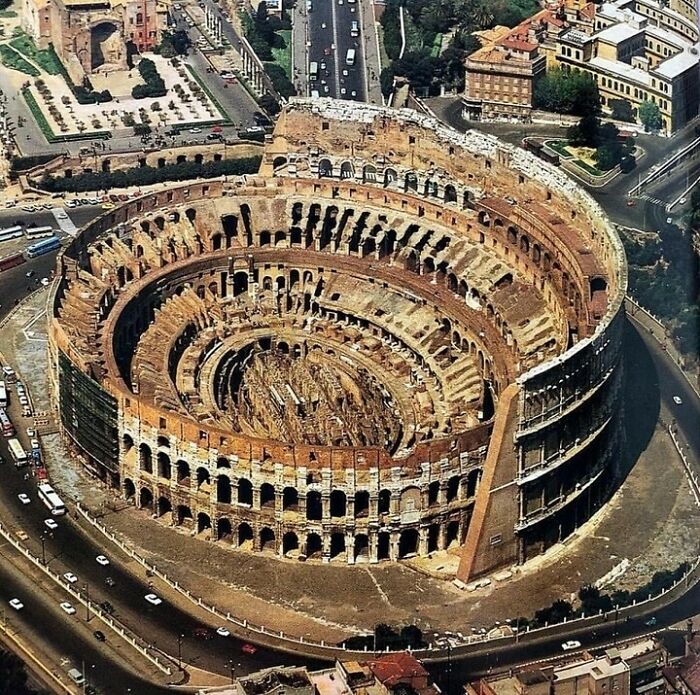
Image credits: archeology_and_art
#111 Aeneas, Holding The Hand Of His Son Ascanius/Iulus And Bearing His Father Anchises On His Shoulders, Flees The Burning City Of Troy. Terracotta Sculpture By An Unknown Artist; 1st Cent. Ce. Found At Pompeii; Now In The Museo Archaeologico Nazionale, Naples
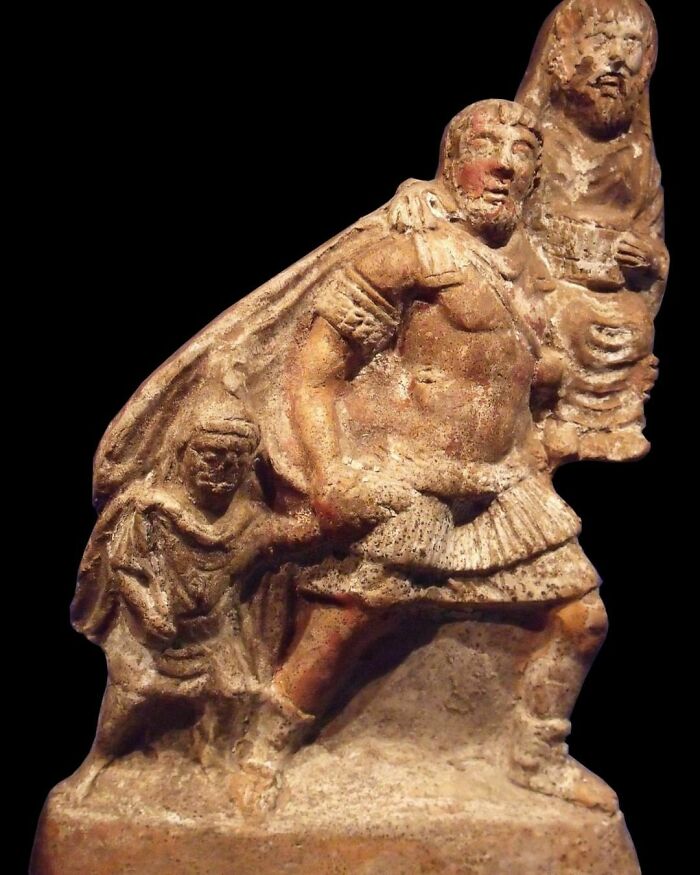
Image credits: archeology_and_art
#112 Porcelain Doll, Princess Ann
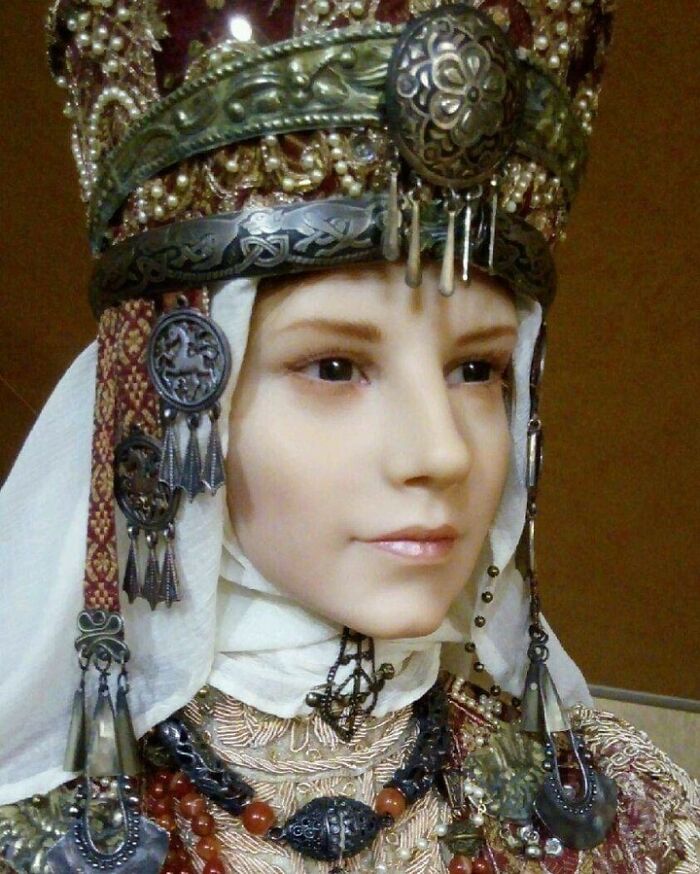
Image credits: archeology_and_art
#113 The Hon, Mrs. Anne Seymour, Damer Ra By Giuseppe Cerrachi (1777)
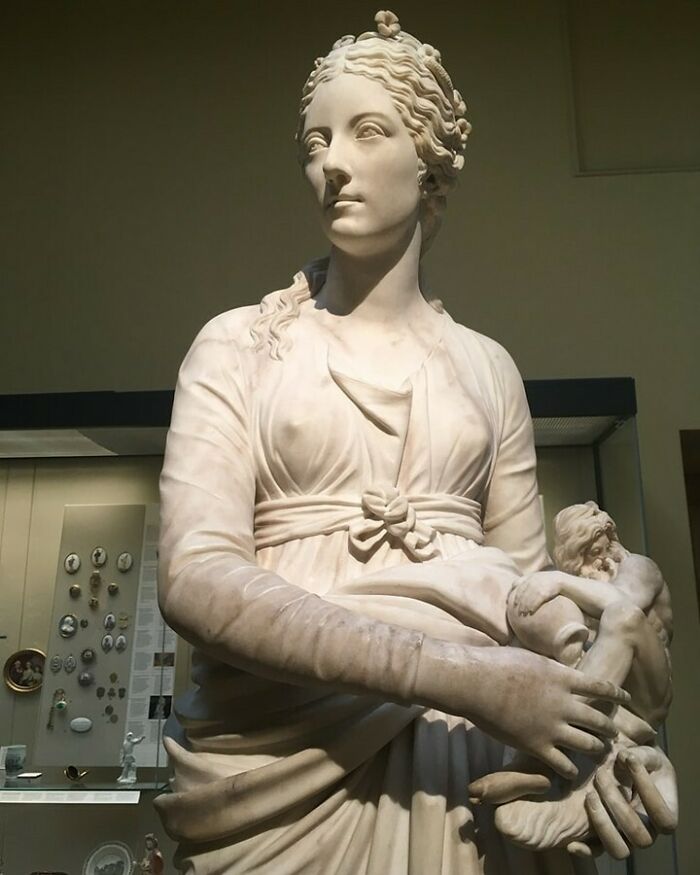
Image credits: archeology_and_art
#114 Aerial View Of The Funerary Temple Of Ramses III In Medinet Abu, Egypt He Was The 2nd Pharaoh Of The 20th Dynasty And The Last Important Ruler Of The New Kingdom. He Ruled From 1184 To 1153 Bc
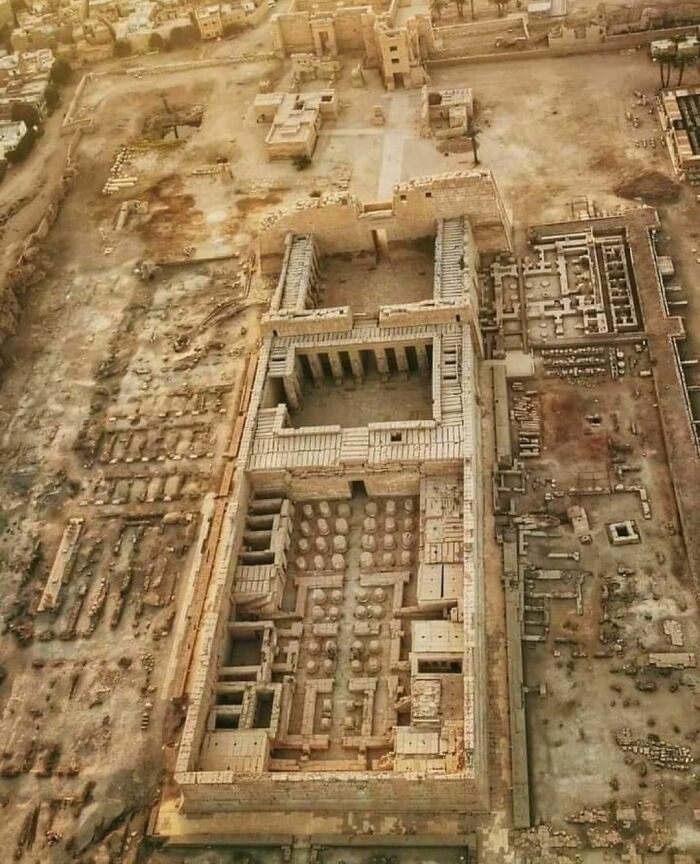
Image credits: archeology_and_art
#115 Bronze Statue Of Athena (Detail). 340-330 Bc. Arch. Museum Of Piraeus, Greece
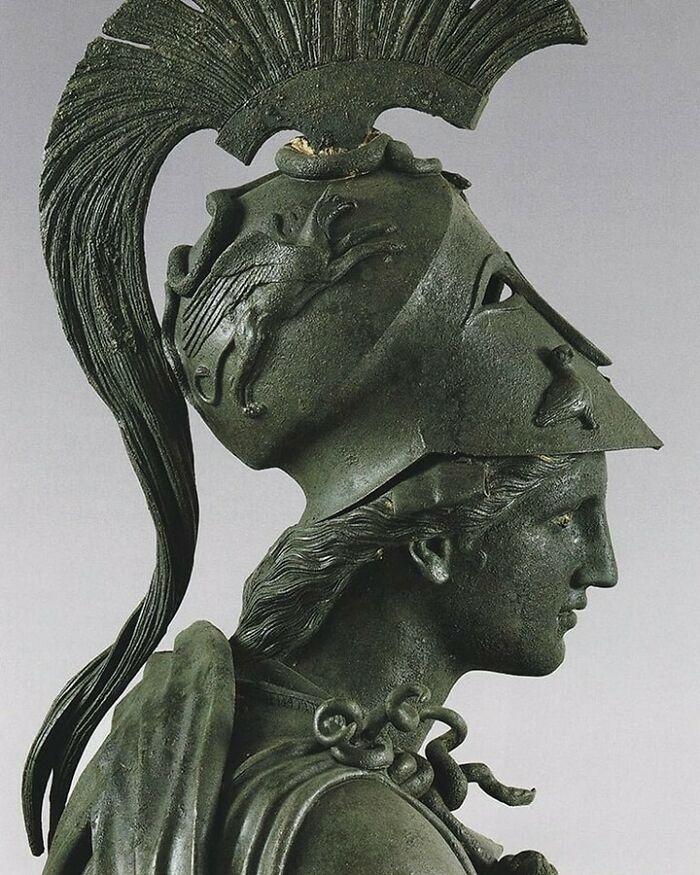
Image credits: archeology_and_art
#116 Fasting Buddha; India, Kashmir, 8th C.; Ivory
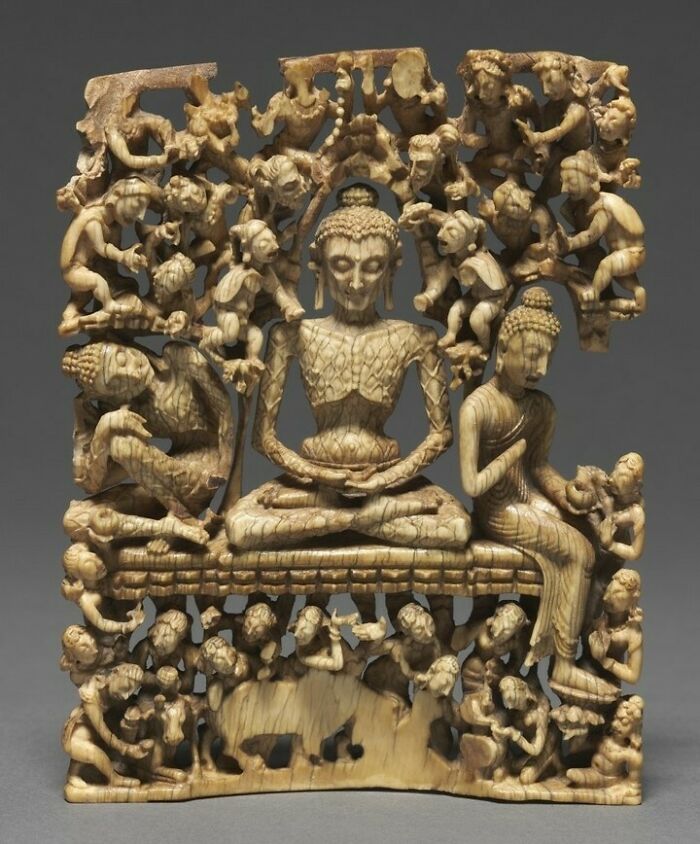
Image credits: archeology_and_art
#117 Gold Emerald Ring, Spain, 16th Century
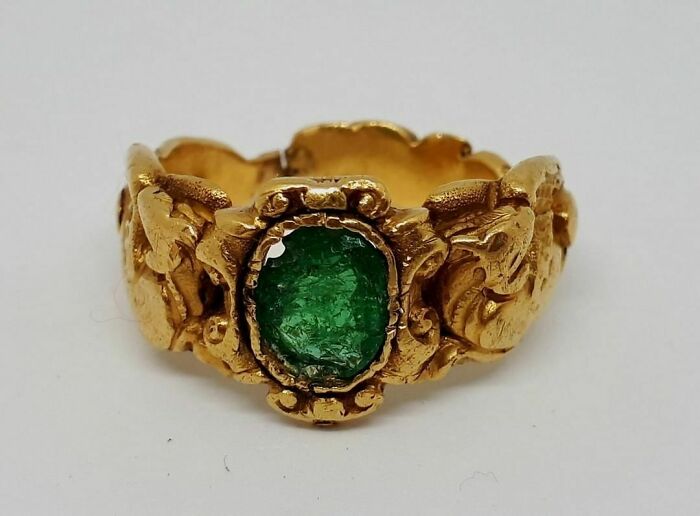
Image credits: archeology_and_art
#118 Gallery Of 2 Images.lararium With Wall Painting; Goddess Minerva Sitting On Throne, And Agathodaemon / Genius Loci Snake At Altar With Offerings (Food).pompeii, Parco Archeologico, Antiquarium 63688. By Archaioptix / Cc By-Sa 4.0 Via Wikimedia Commons
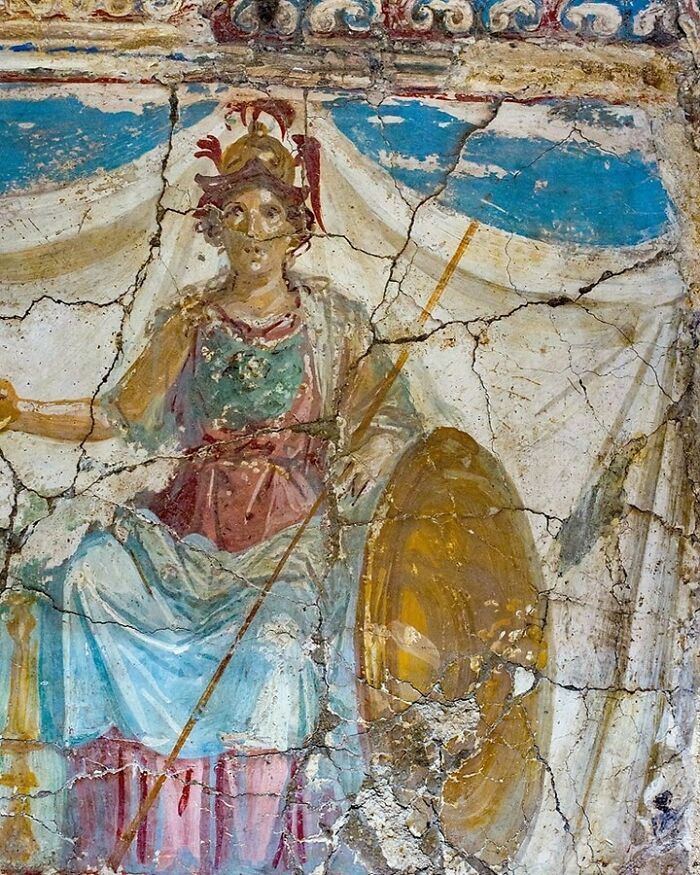
Image credits: archeology_and_art
#119 The Calvatone Victory.date: A.d. 2nd Century (Torso, Head And Sphere; The Rest Parts Were Reconstructed And Added In 1844 According To The Then Views Of The Iconography Of Victor)
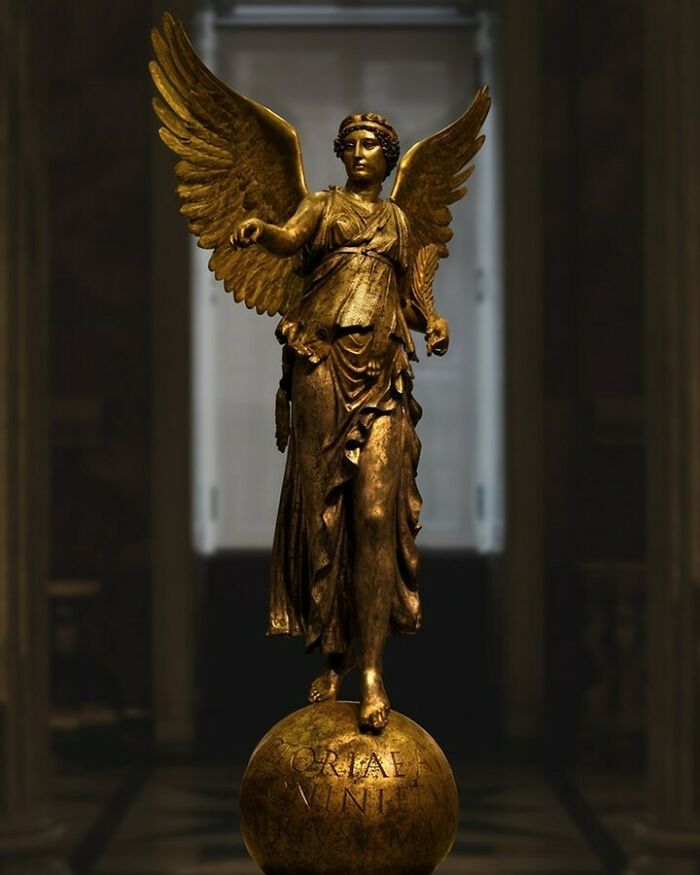
Image credits: archeology_and_art
#120 The Fresco 'Leda E Il Cigno' (Leda And The Swan) Discovered In The Archeological Area In Pompeii. 79 Ad
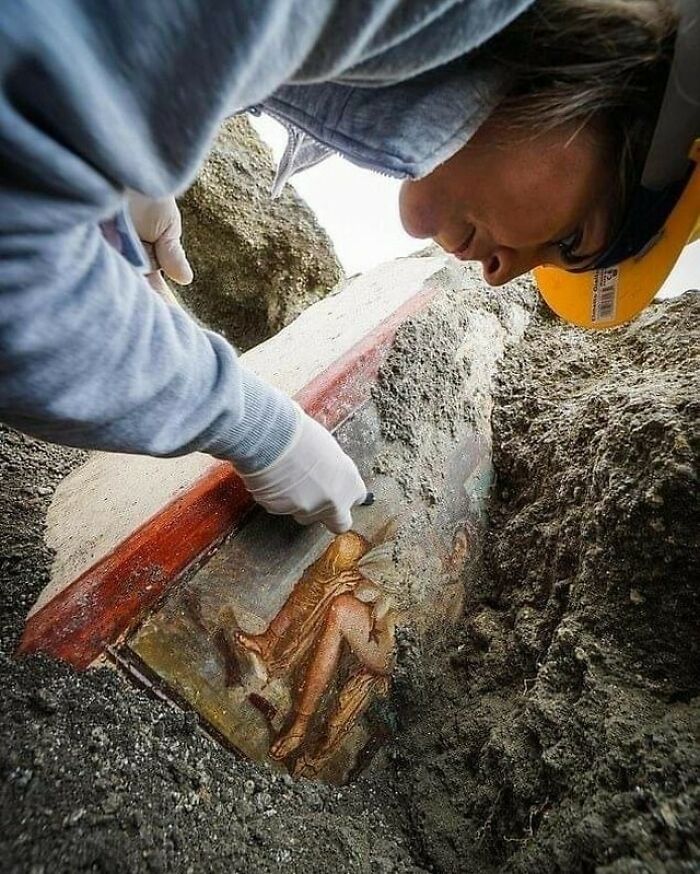
Image credits: archeology_and_art
#121 Scythian King's Gorytos Dated 400 Bc With The Scenes Of The Achilleid Poem Written Half A Millennium Later
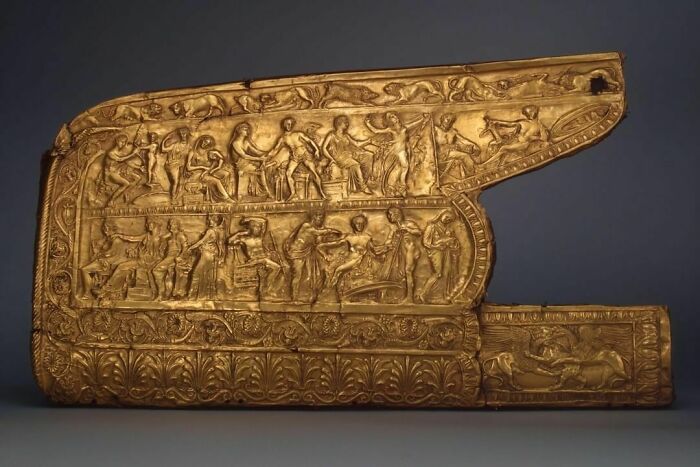
Image credits: archeology_and_art
#122 Mask Of A Silenus
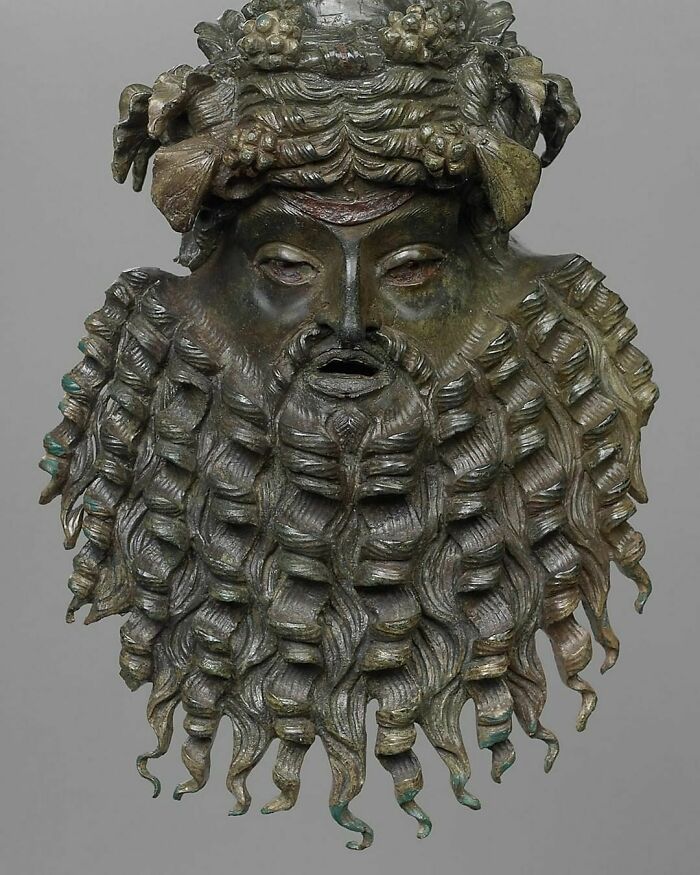
Image credits: archeology_and_art
#123 Roman Emperor / General* Roman Britain* British Museumlondon, 2022
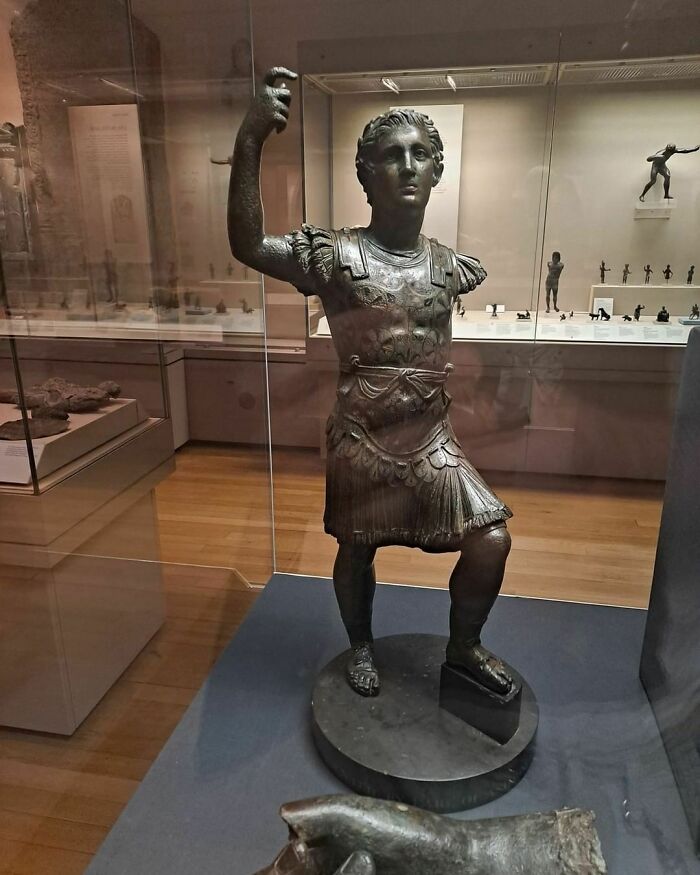
Image credits: archeology_and_art
#124 Ancient Greek Crown
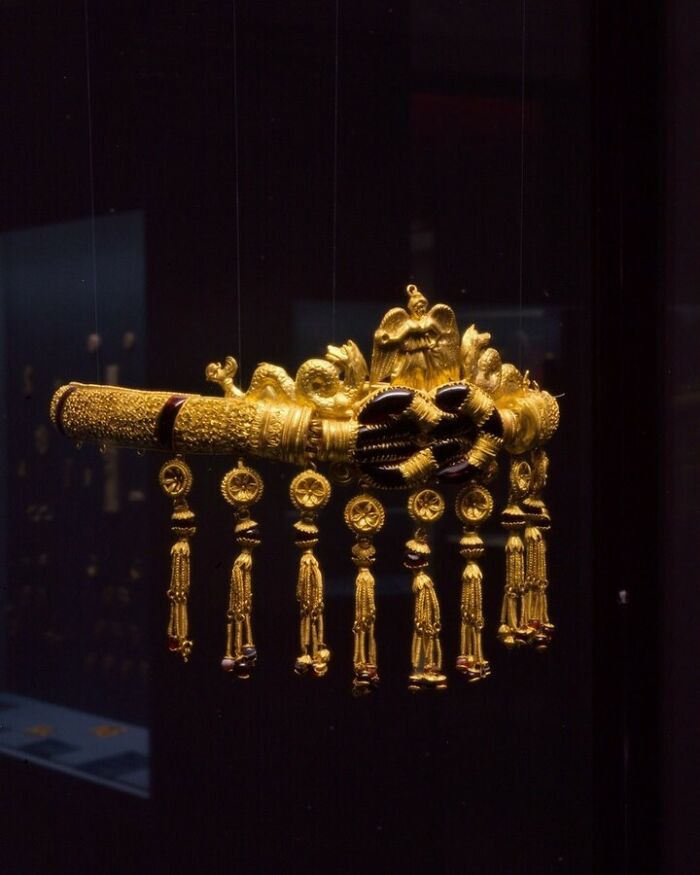
Image credits: archeology_and_art
#125 Xochipilli, The Aztec Prince Of Flowersin The Mid-19th Century, A 16th-Century The Aztec Statue Of Xochipilli Was Unearthed On The Side Of The Volcano Popocatépetl Near Tlalmanalco. The Statue Is Of A Single Figure Seated Upon A Temple-Like Base. Both The Statue And The Base Upon Which It Sits Are Covered In Carvings Of Sacred And Psychoactive Organisms Including Mushrooms (Psilocybe Aztecorum), Tobacco (Nicotiana Tabacum), Ololiúqui (Turbina Corymbosa), Sinicuichi (Heimia Salicifolia), Possibly Cacahuaxochitl (Quararibea Funebris), And One Unidentified Flower
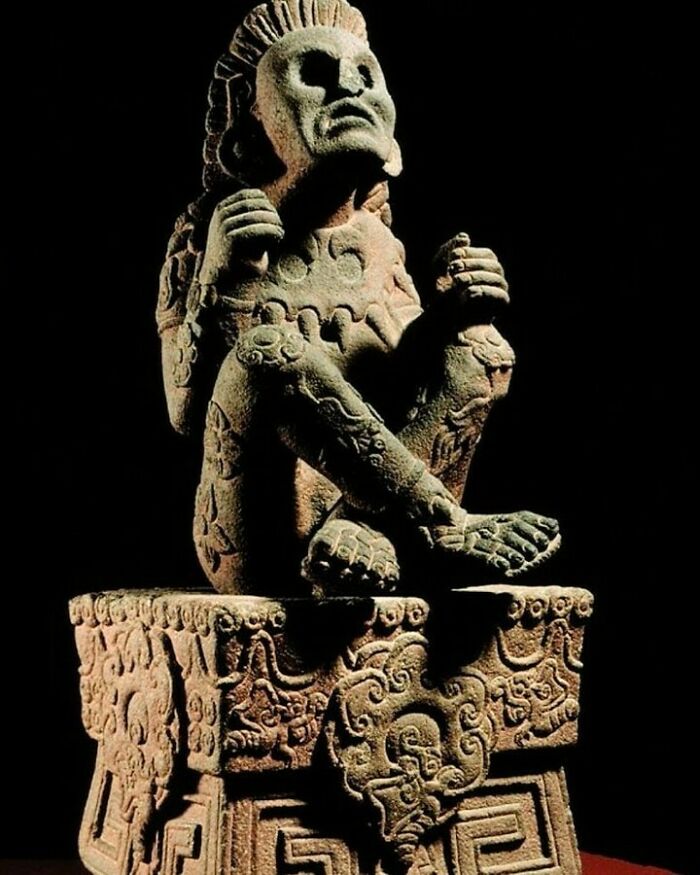
Image credits: archeology_and_art
#126 Goddess Mictecacihuatl, Lady Of The Dead" Is Queen Of Mictlan, The Aztec Underworld
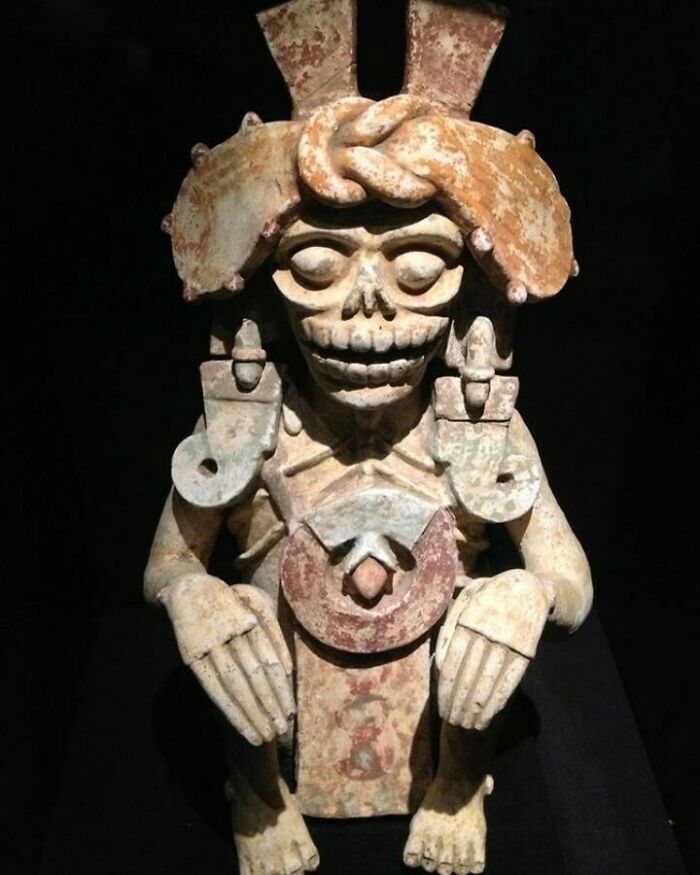
Image credits: archeology_and_art
#127 The Lion Gate Of Mycenae, C. 1250 Bcethe Entrance To Agamemnon’s Citadel Is One Of The Most Iconic Monuments In Mycenae. The Lion Heads Have Been Lost To Time, But They Were Presumably Made Of A Precious Metal
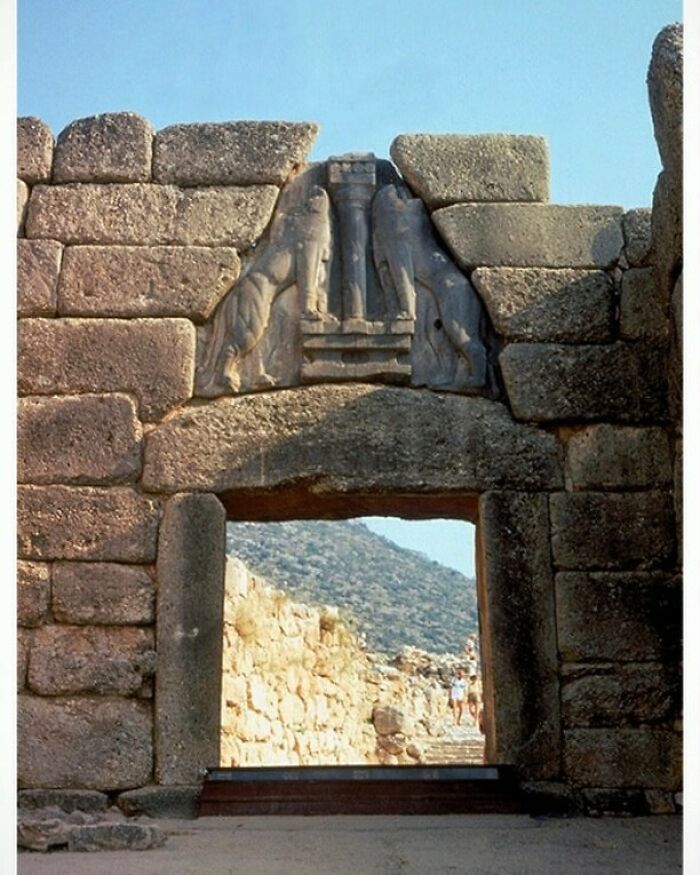
Image credits: archeology_and_art
#128 Limestone Relief Depicting The 18th Dynasty Pharaoh Amenhotep III. Artist Unknown; Ca. 1360 Bce. Found At Western Thebes; Now In The Ägyptisches Museum, Berlin
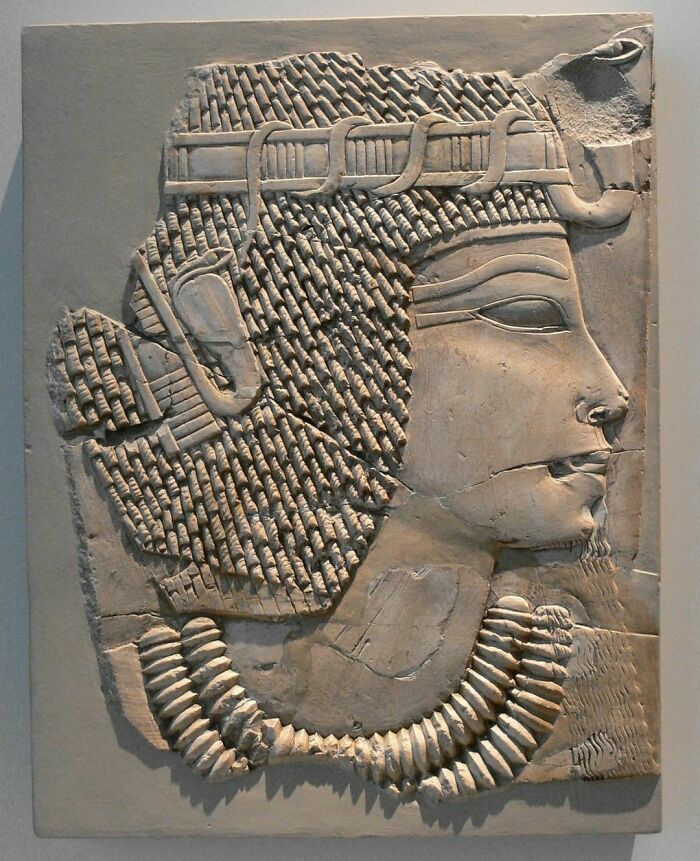
Image credits: archeology_and_art
#129 Sun Symbol Prehistoric Pottery, 'The World Of Stonehenge' Exhibition, The British Museum, London
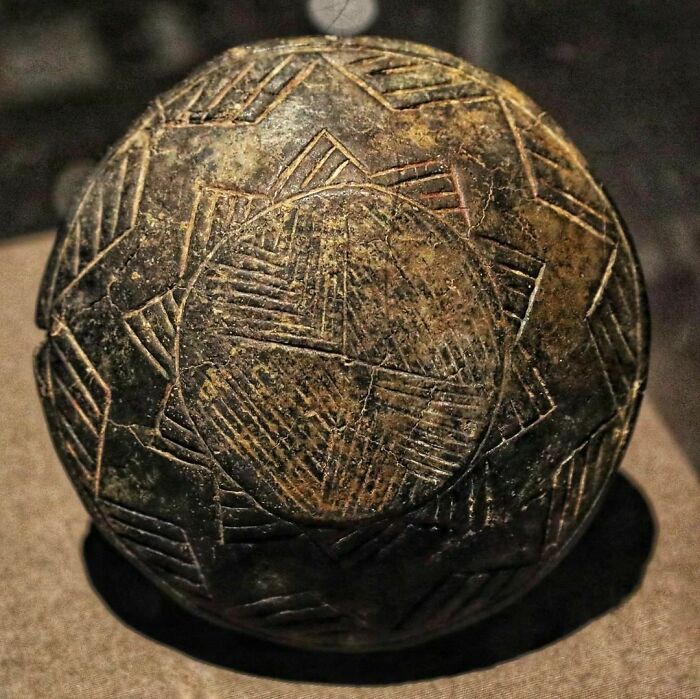
Image credits: archeology_and_art
#130 Khwarazm Bowl With Goddess Nana Image, From Chorasmia Part Of Modern Kazakhstan
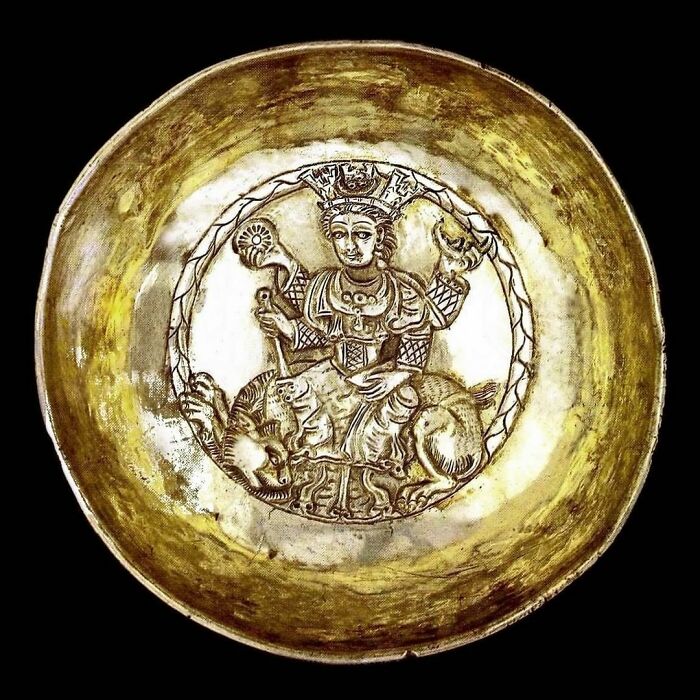
Image credits: archeology_and_art

No comments